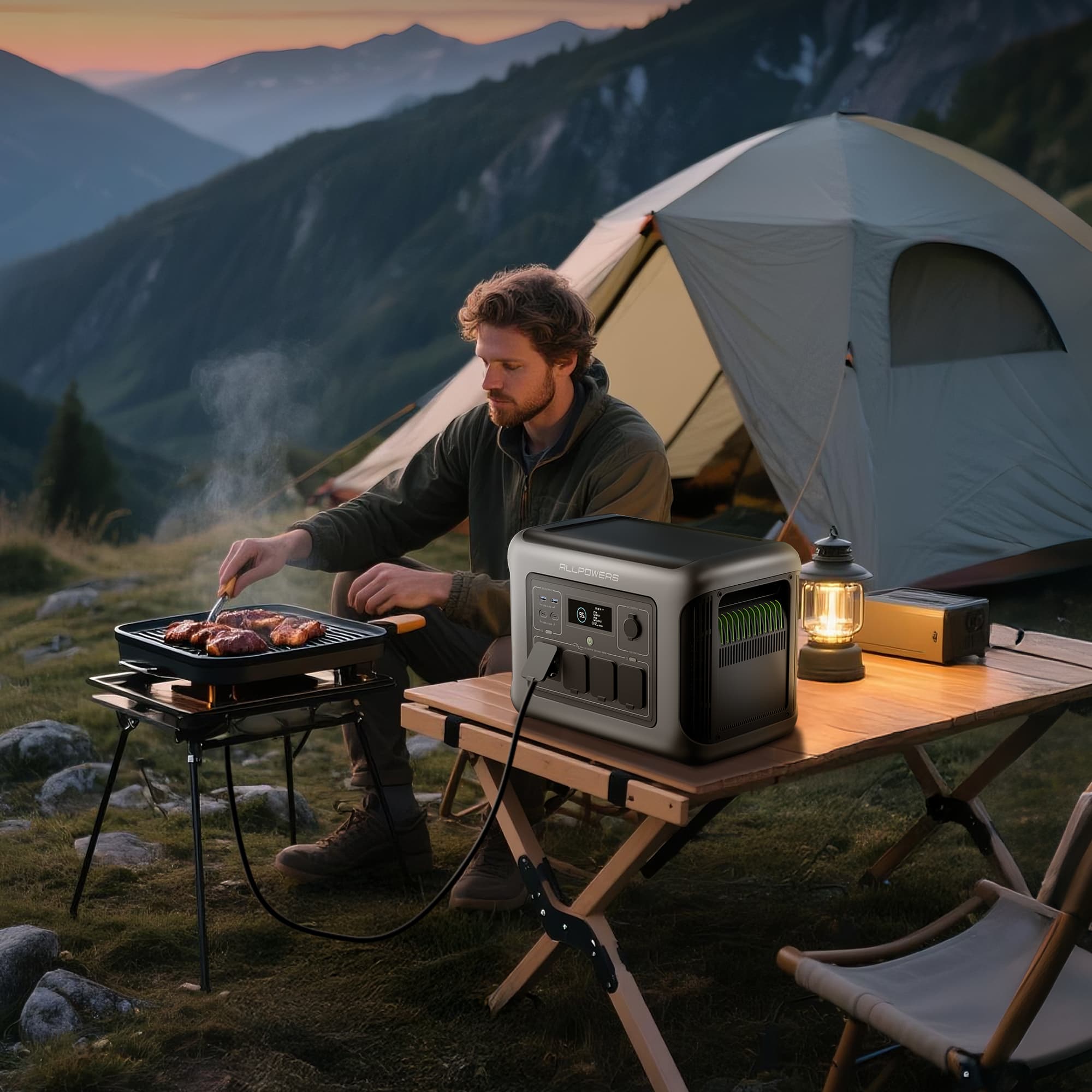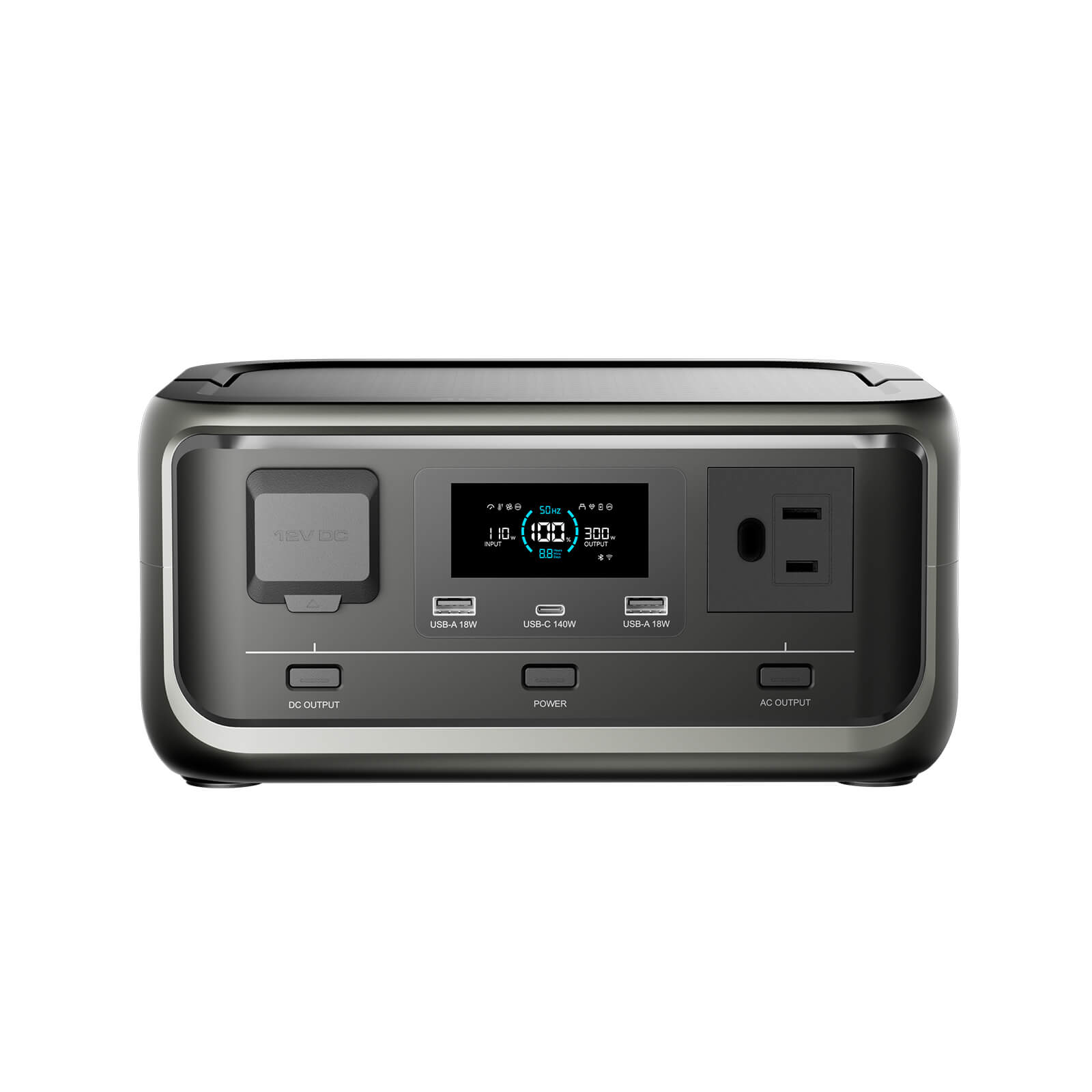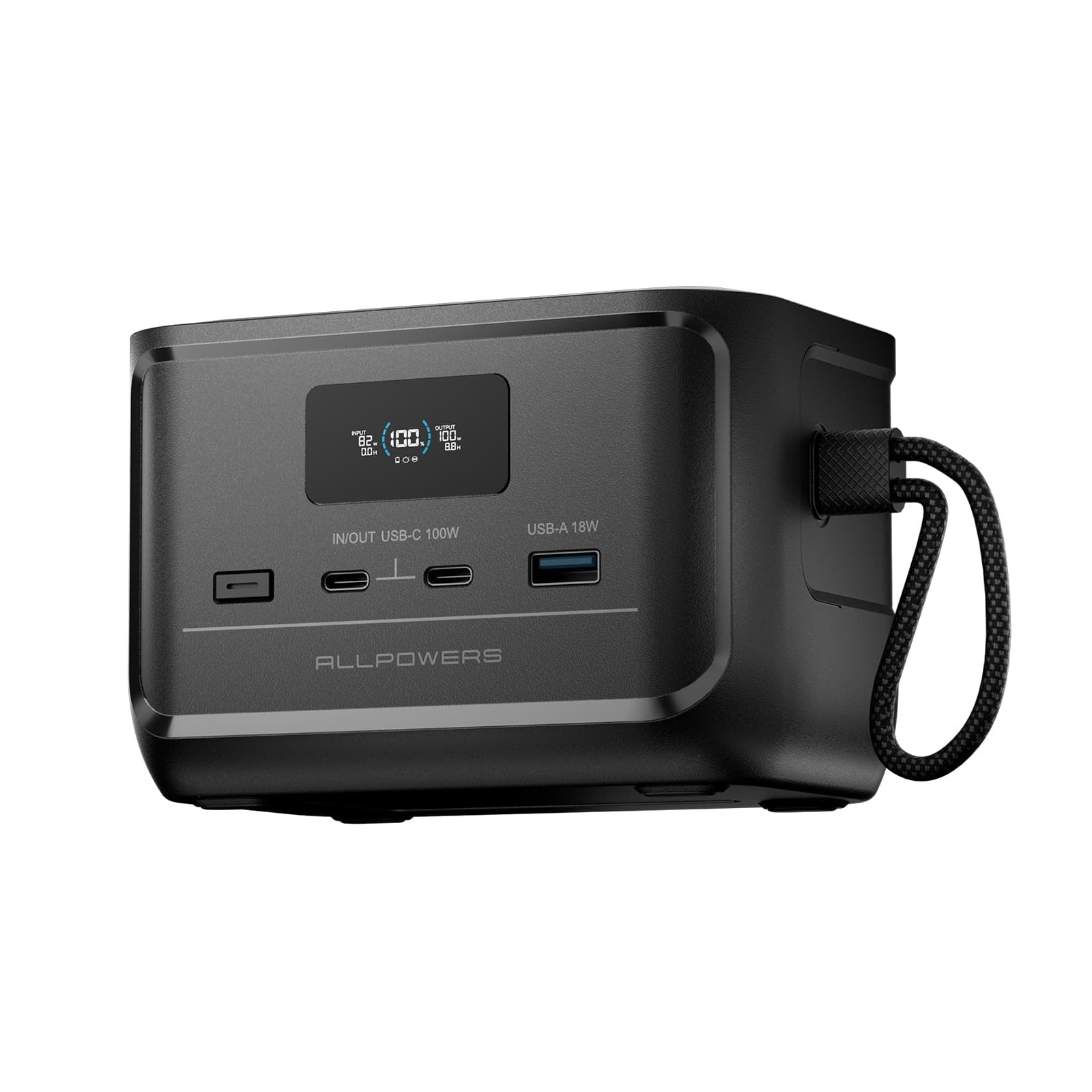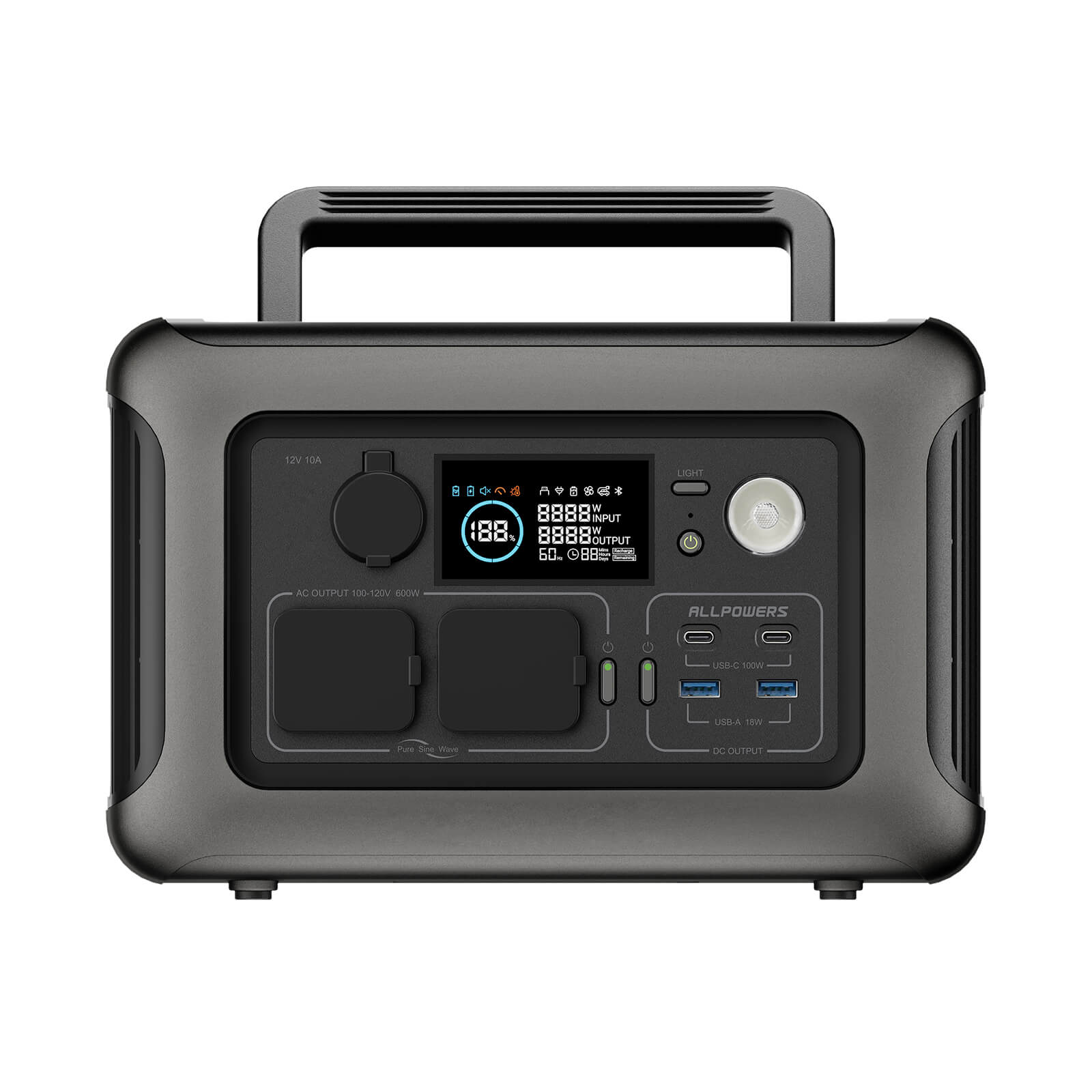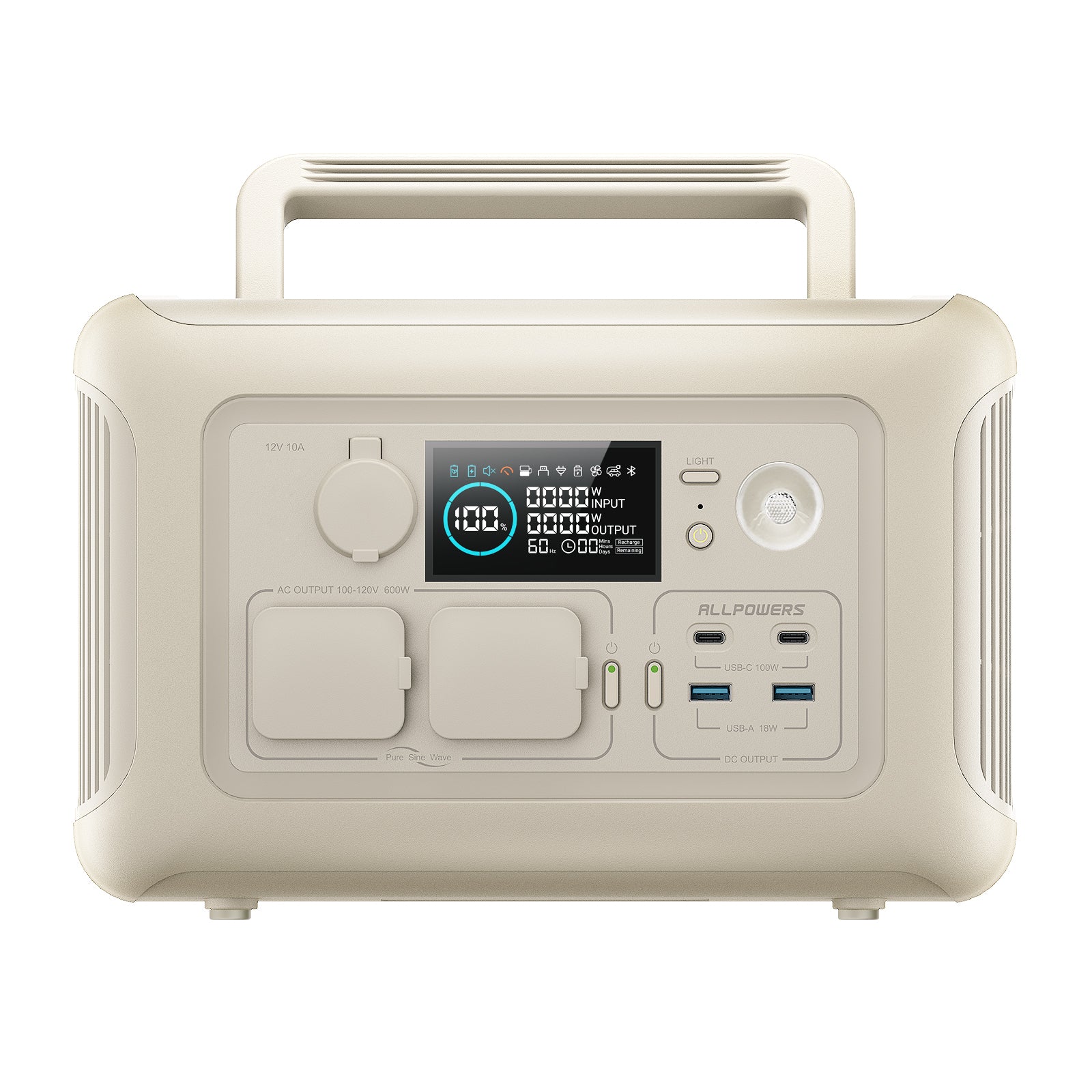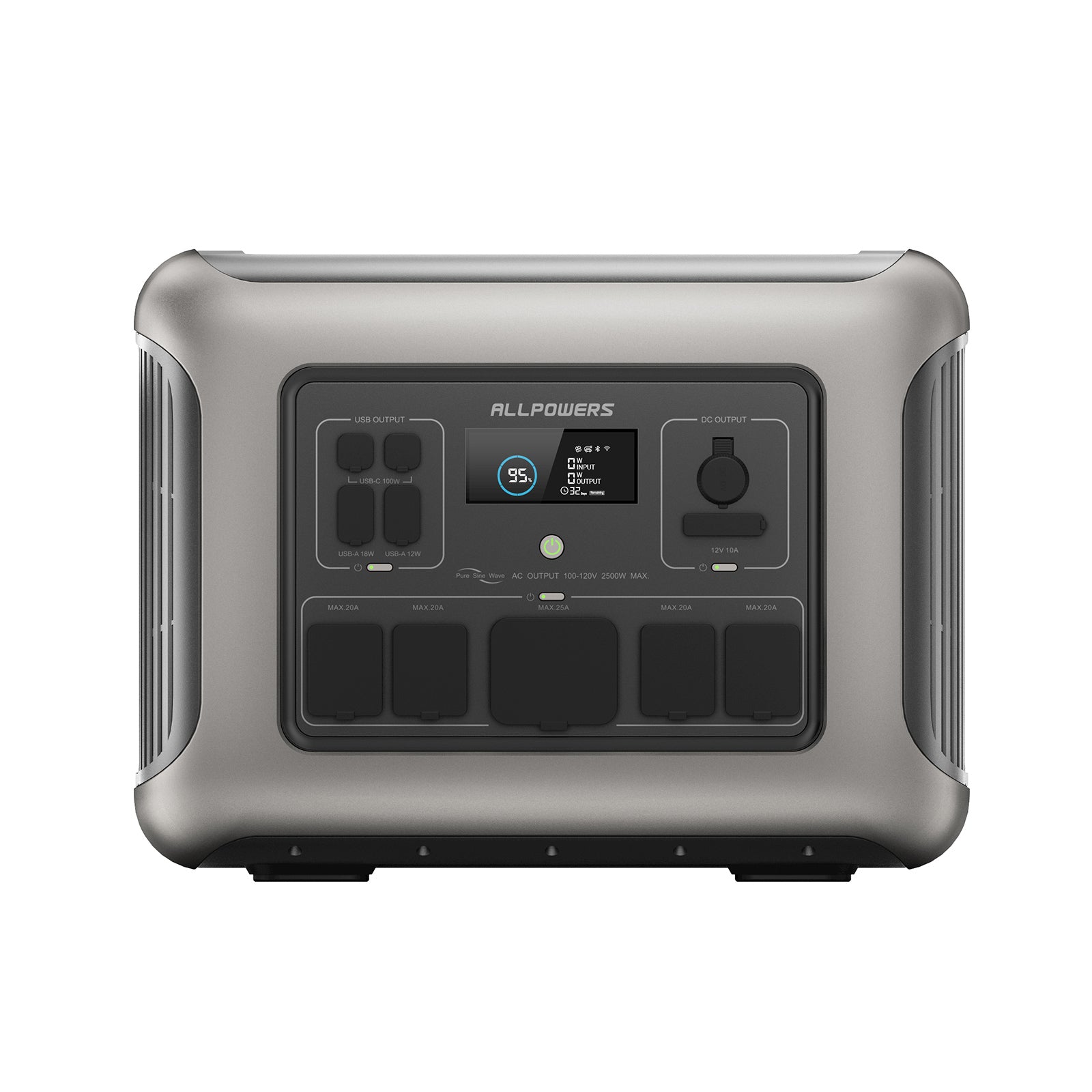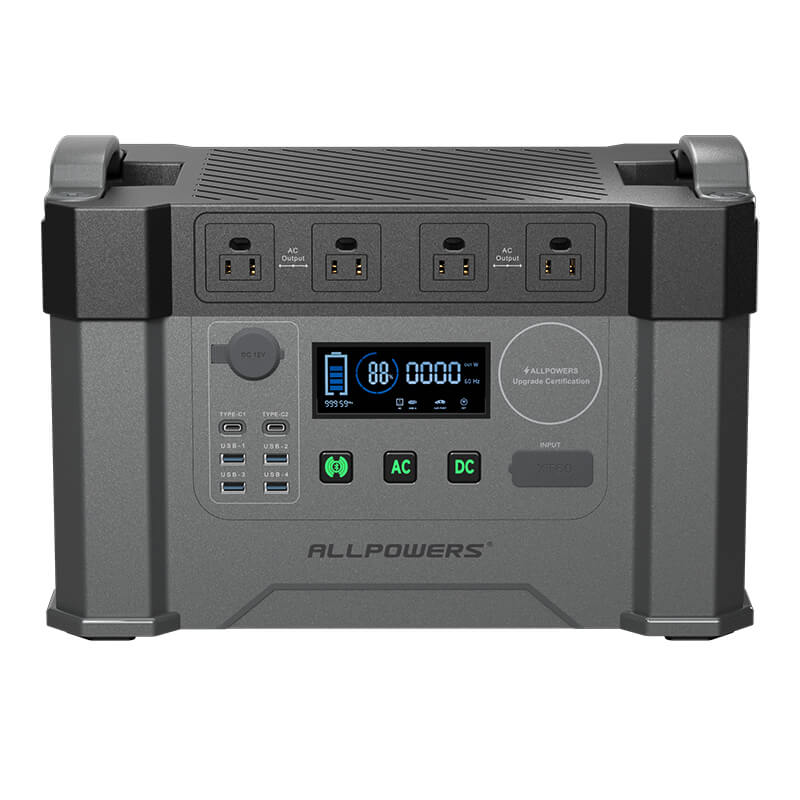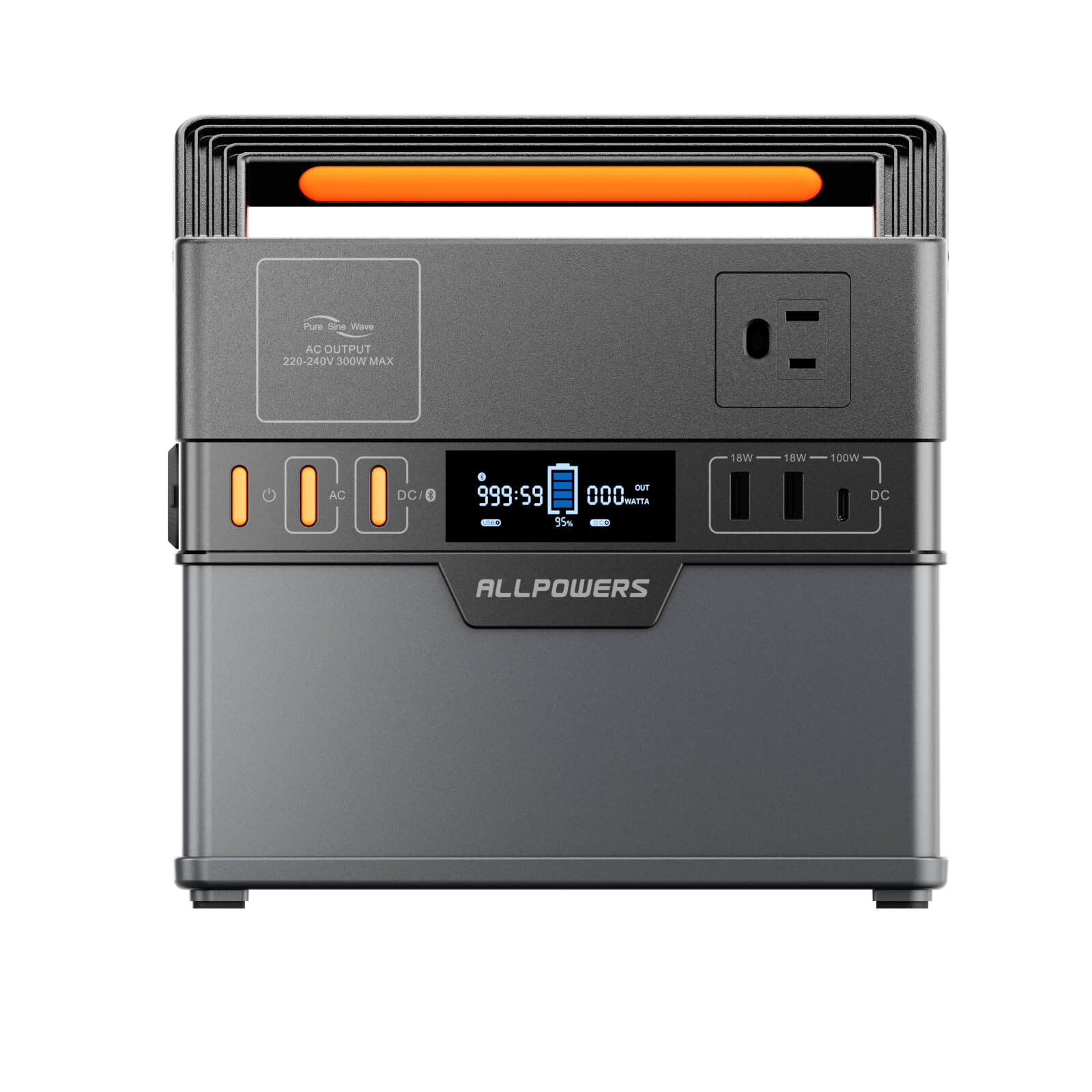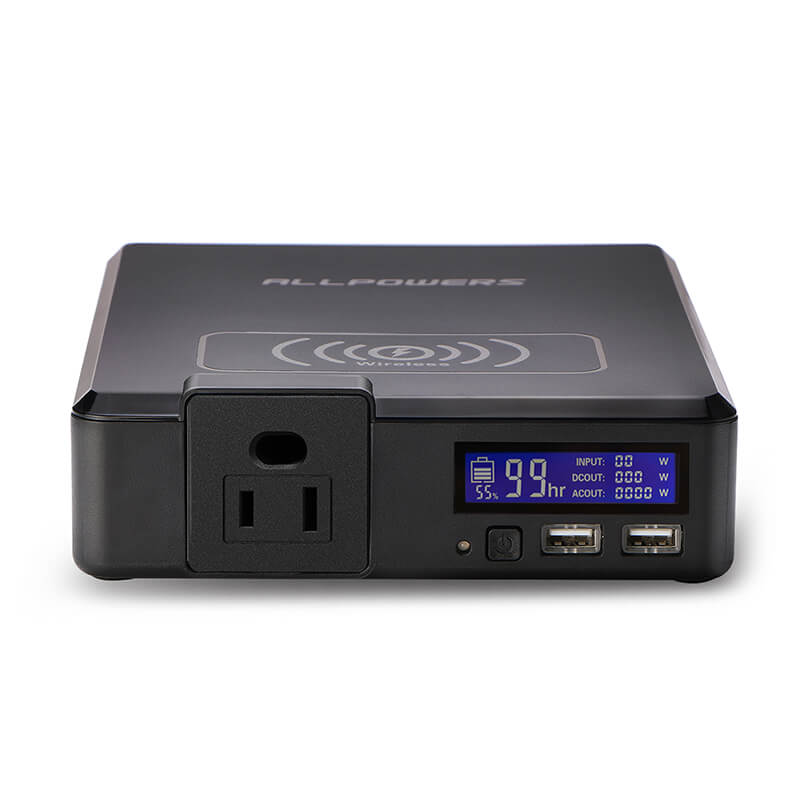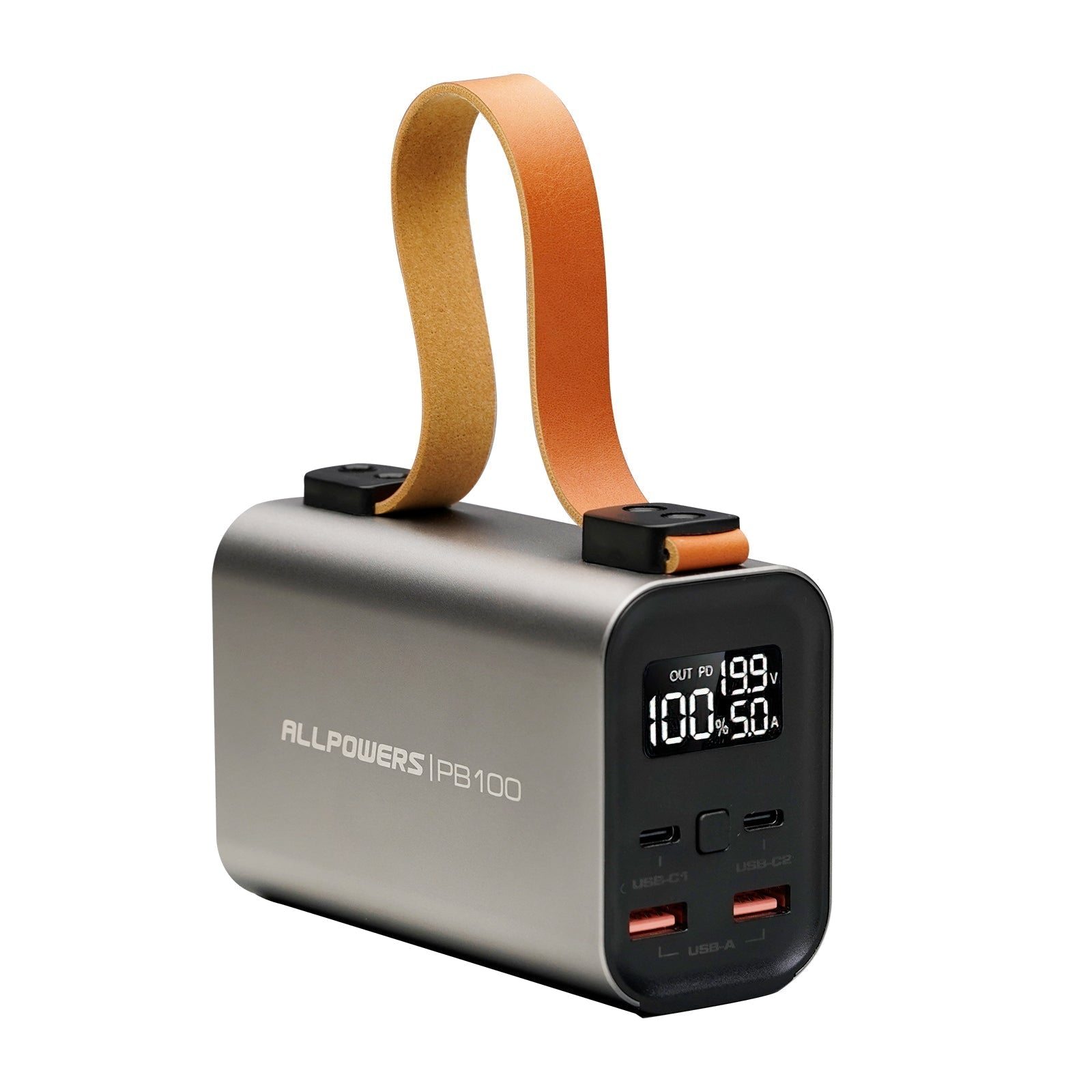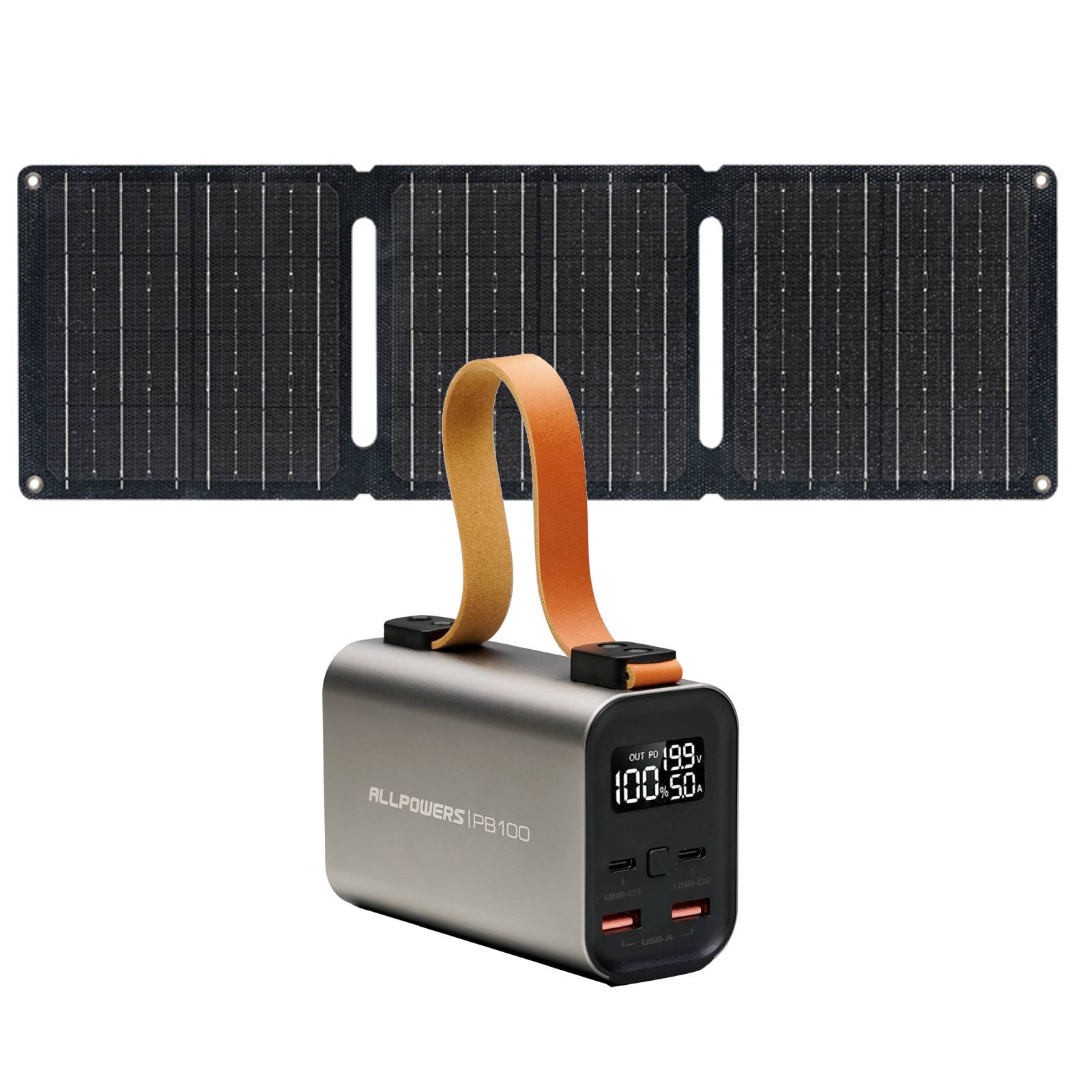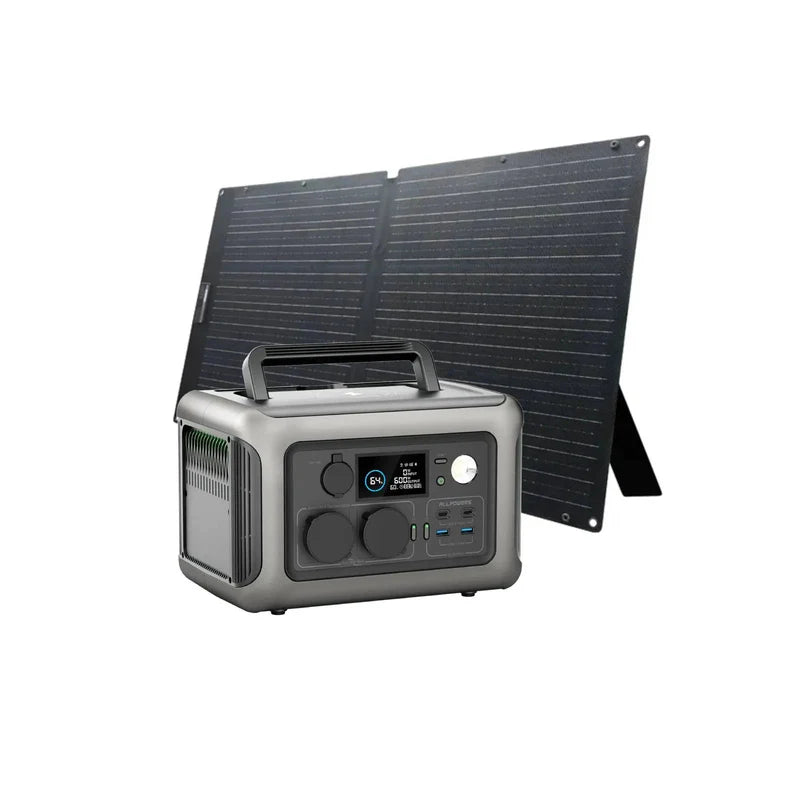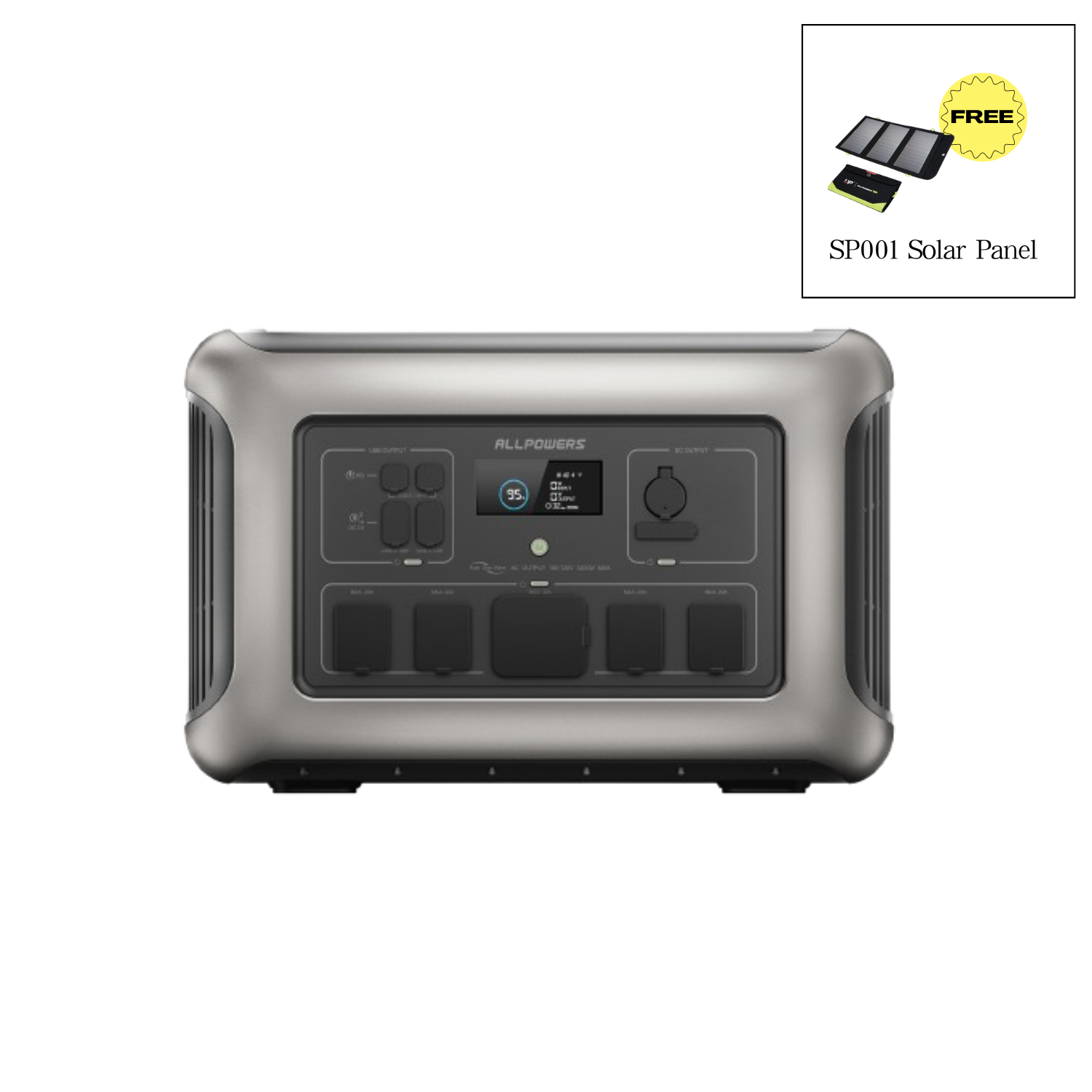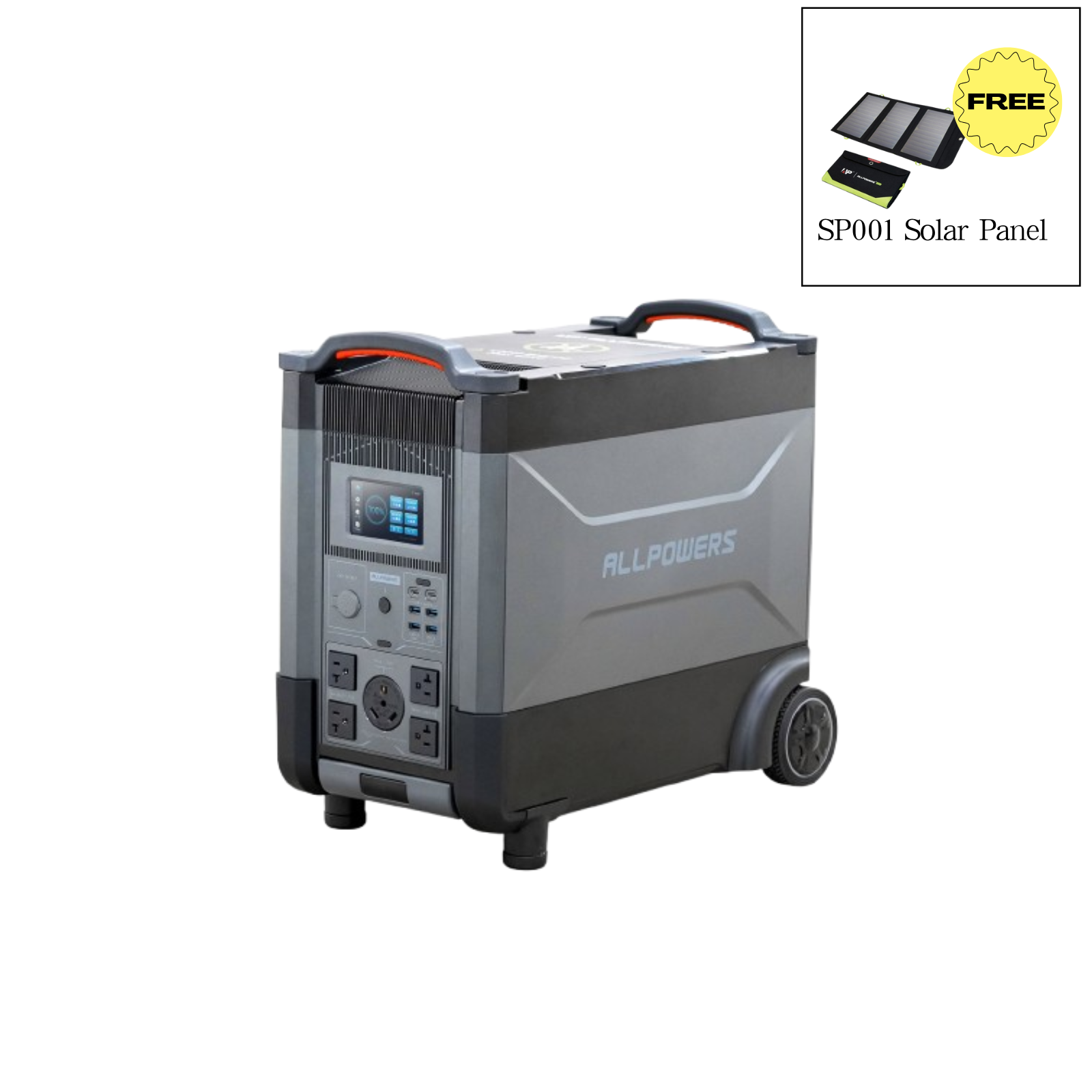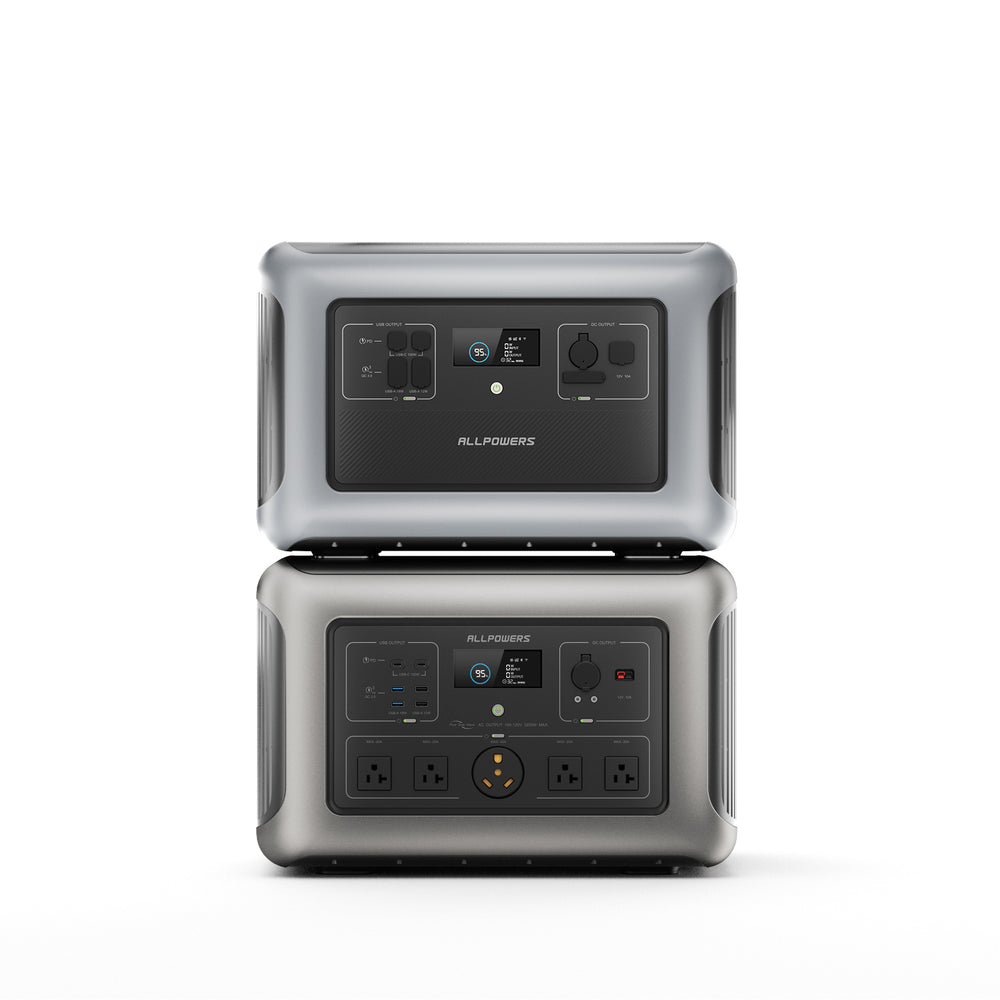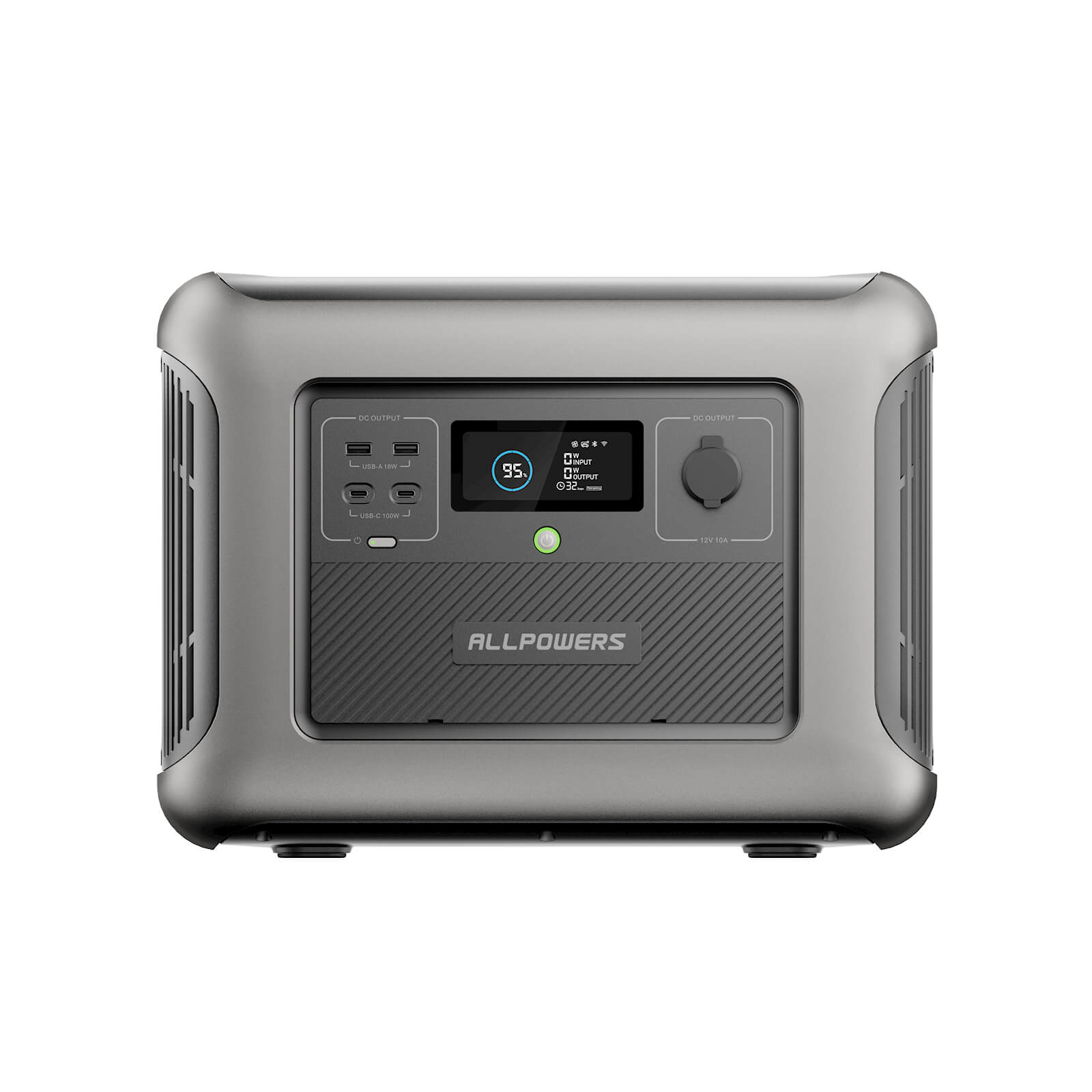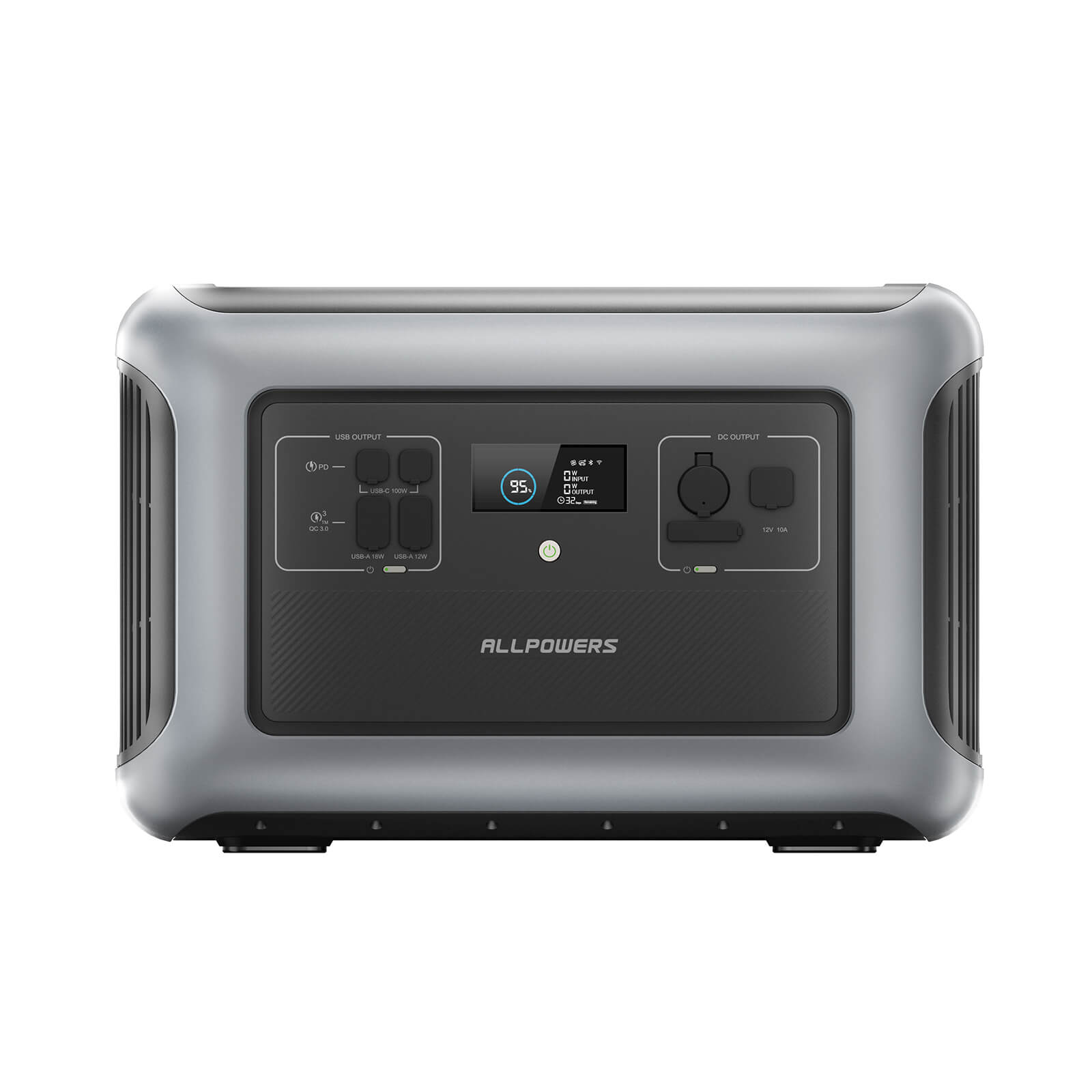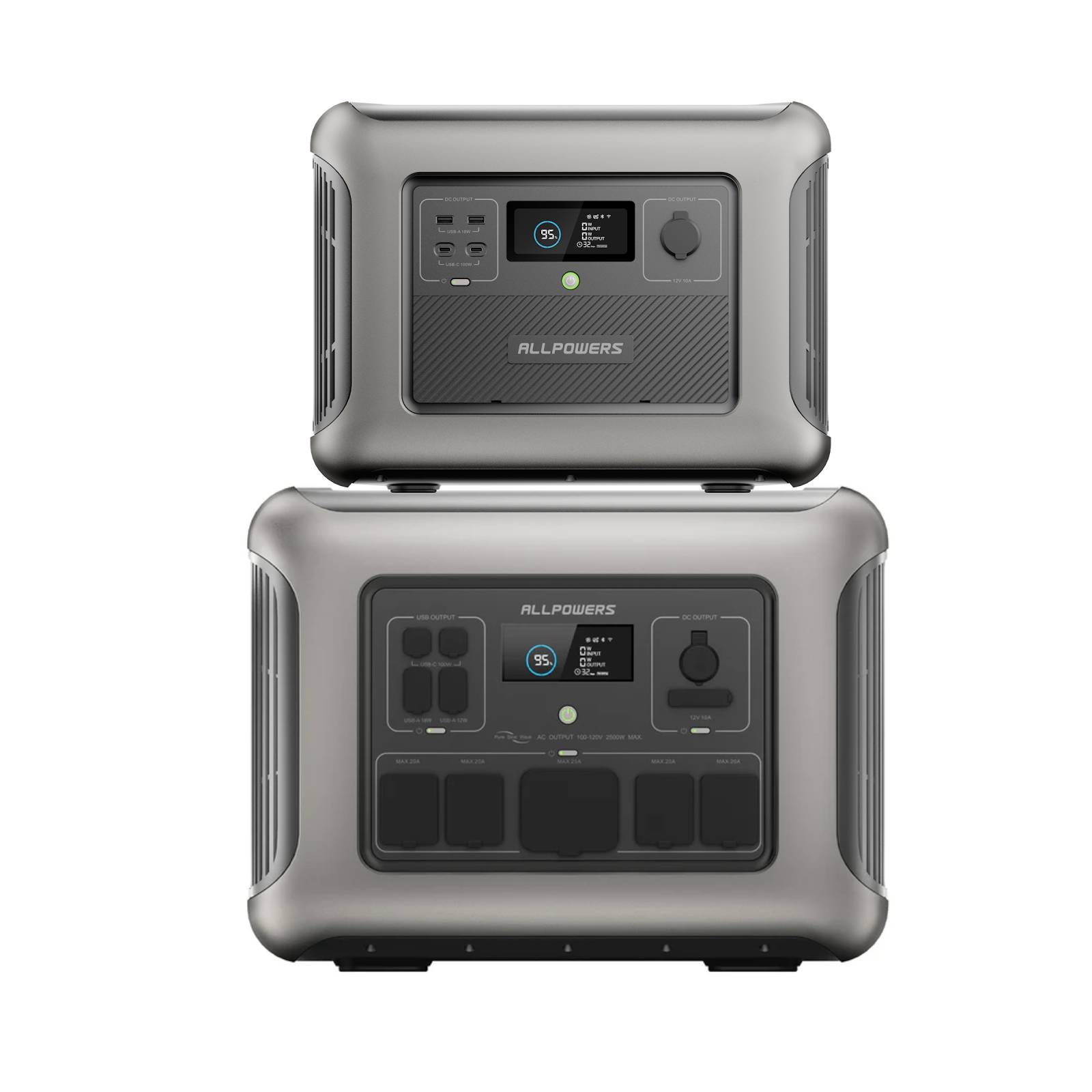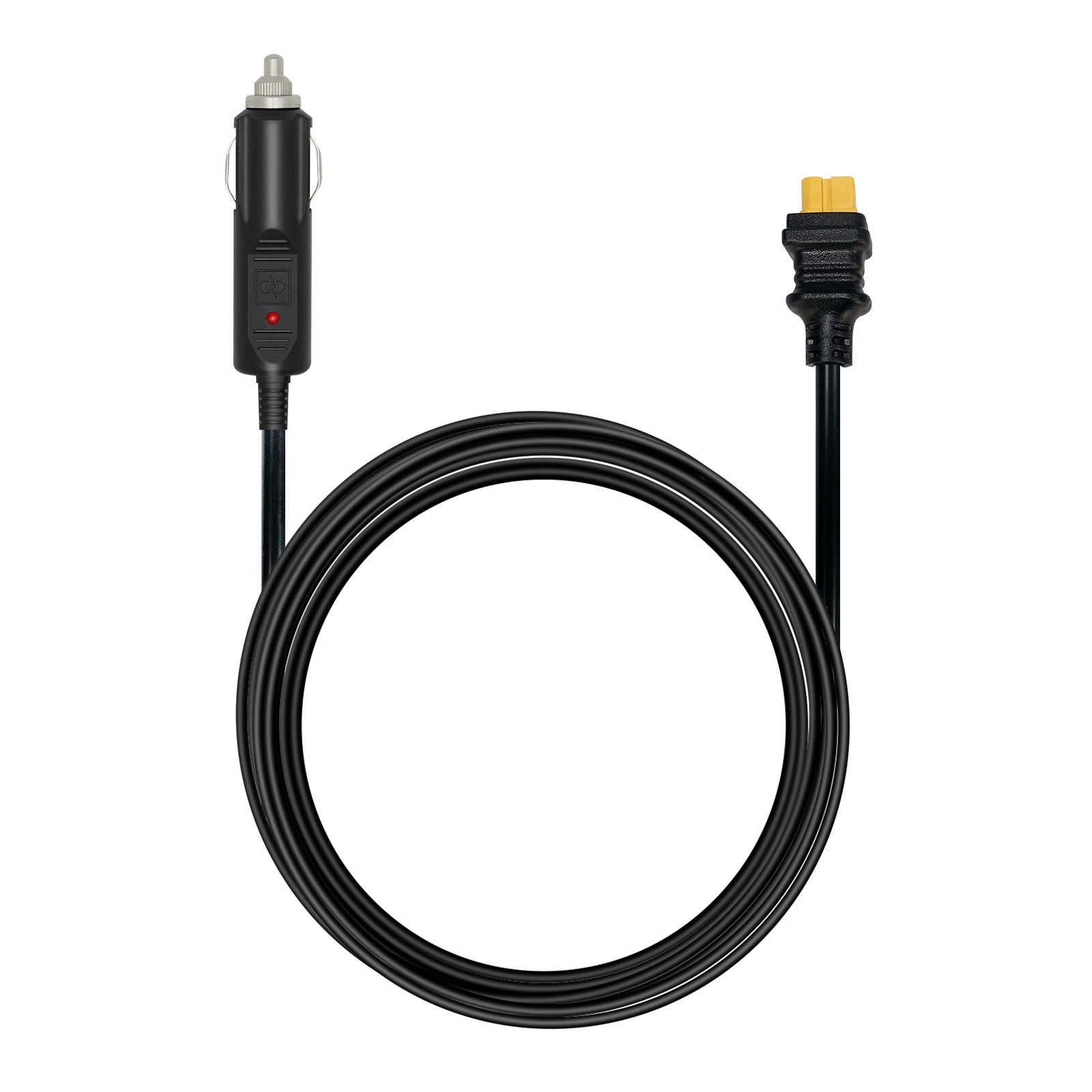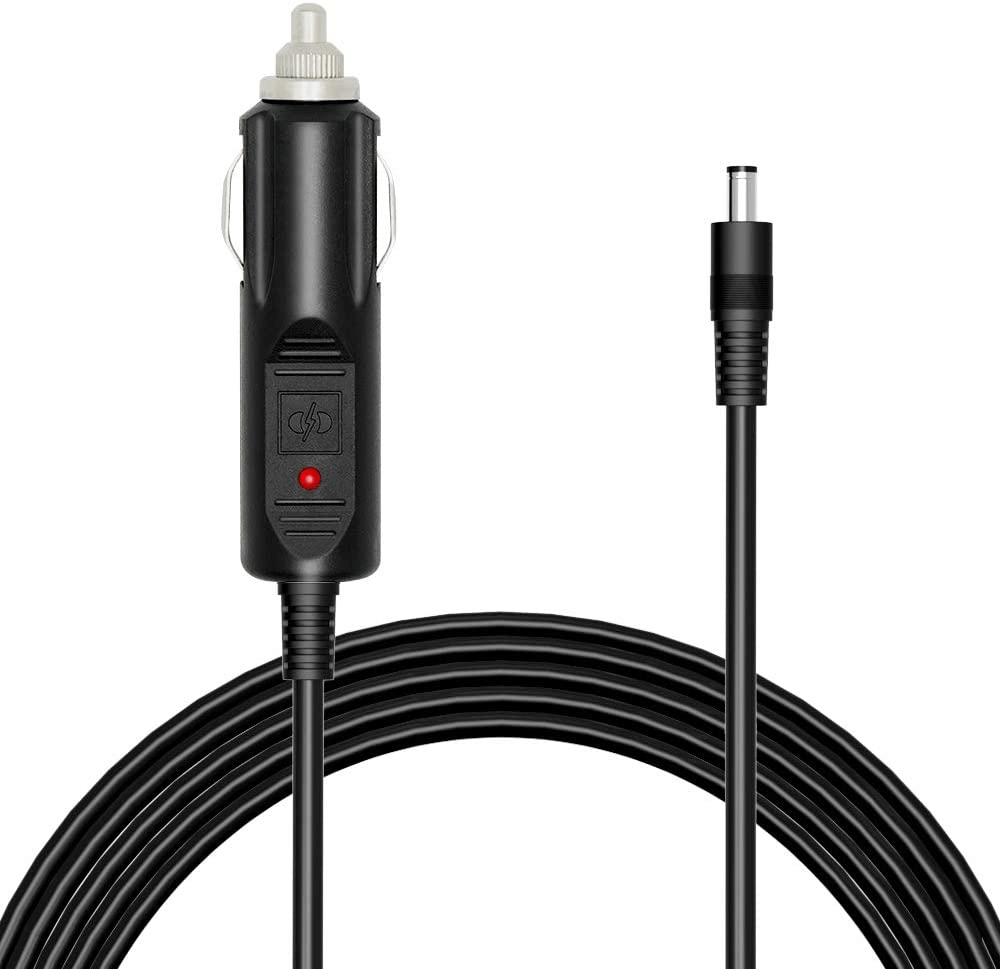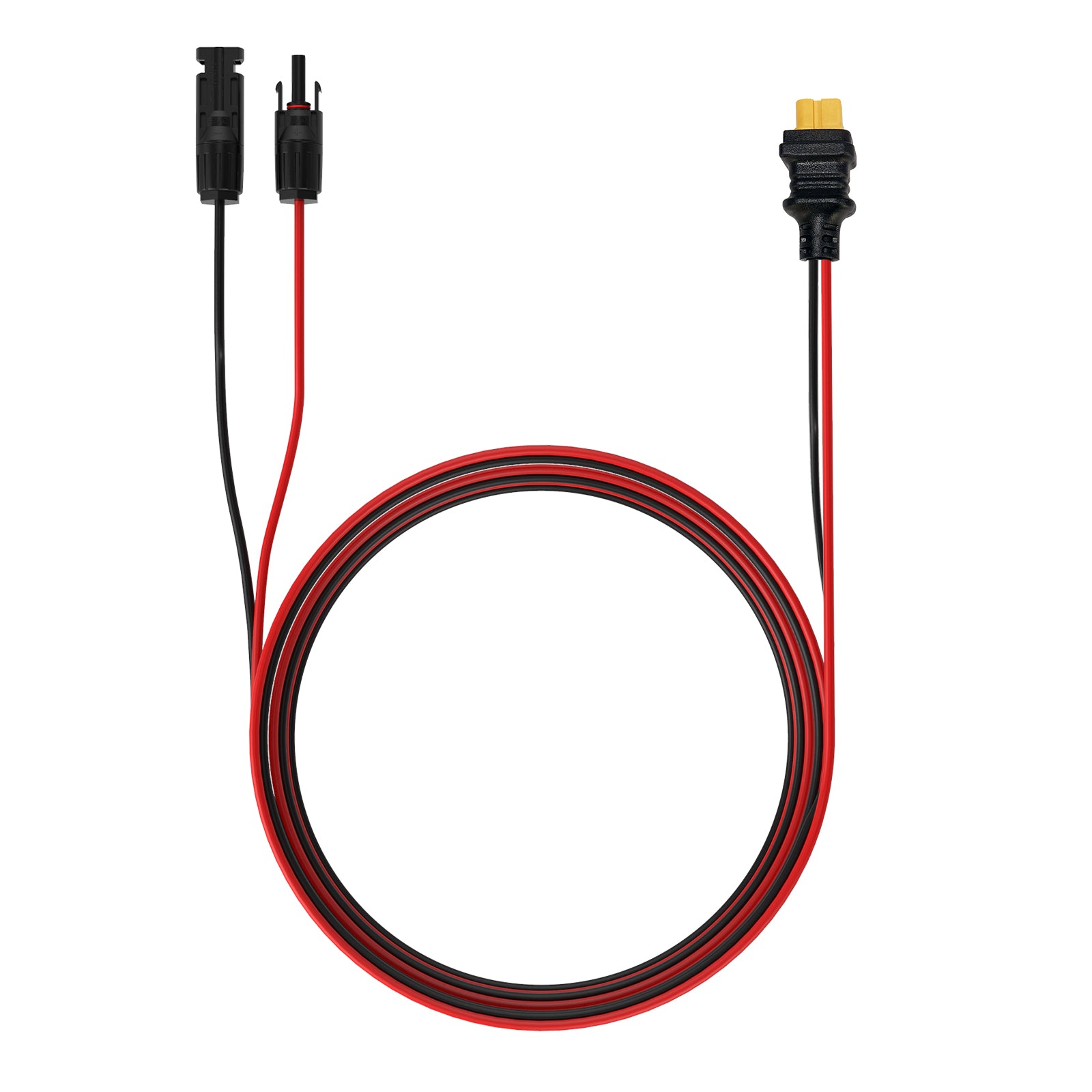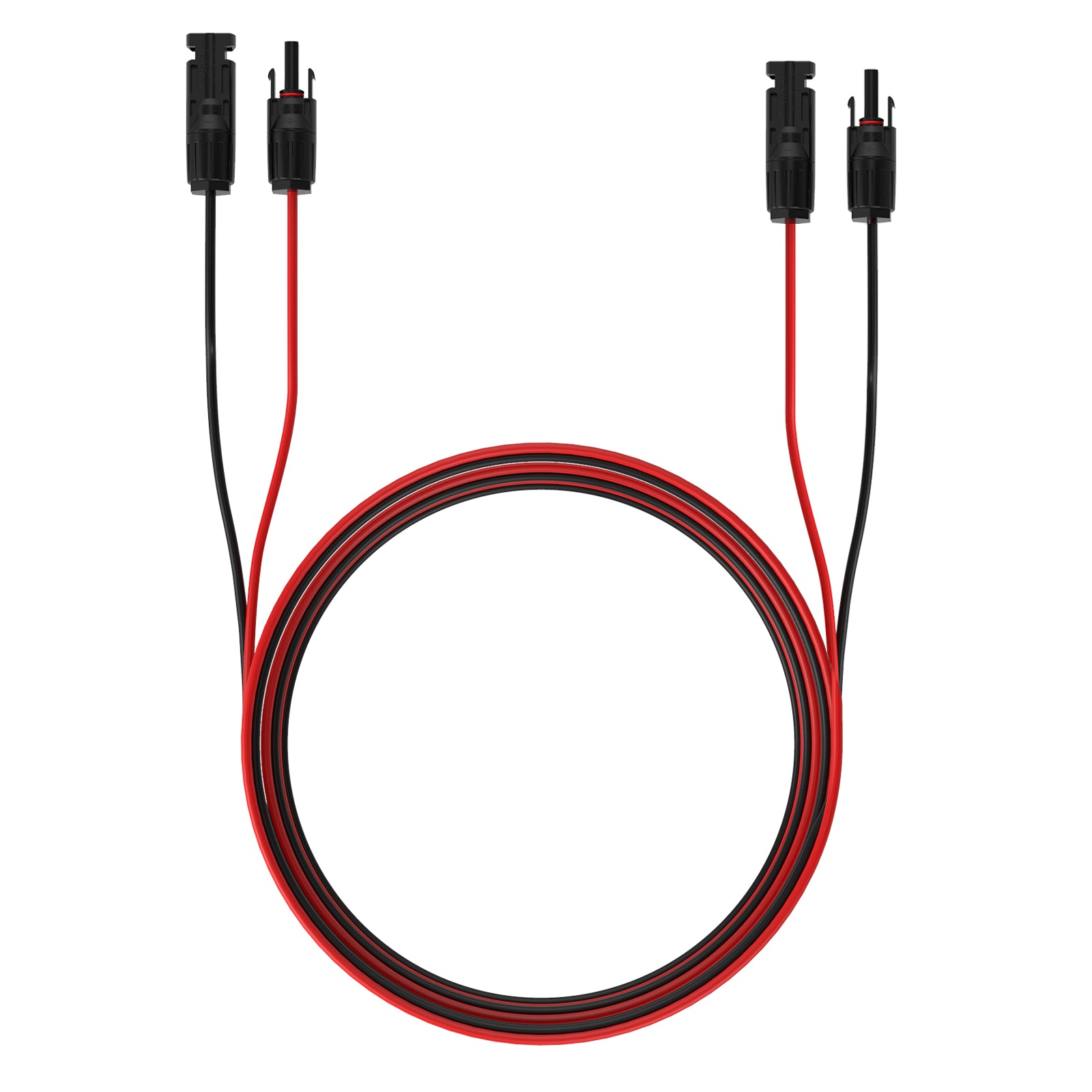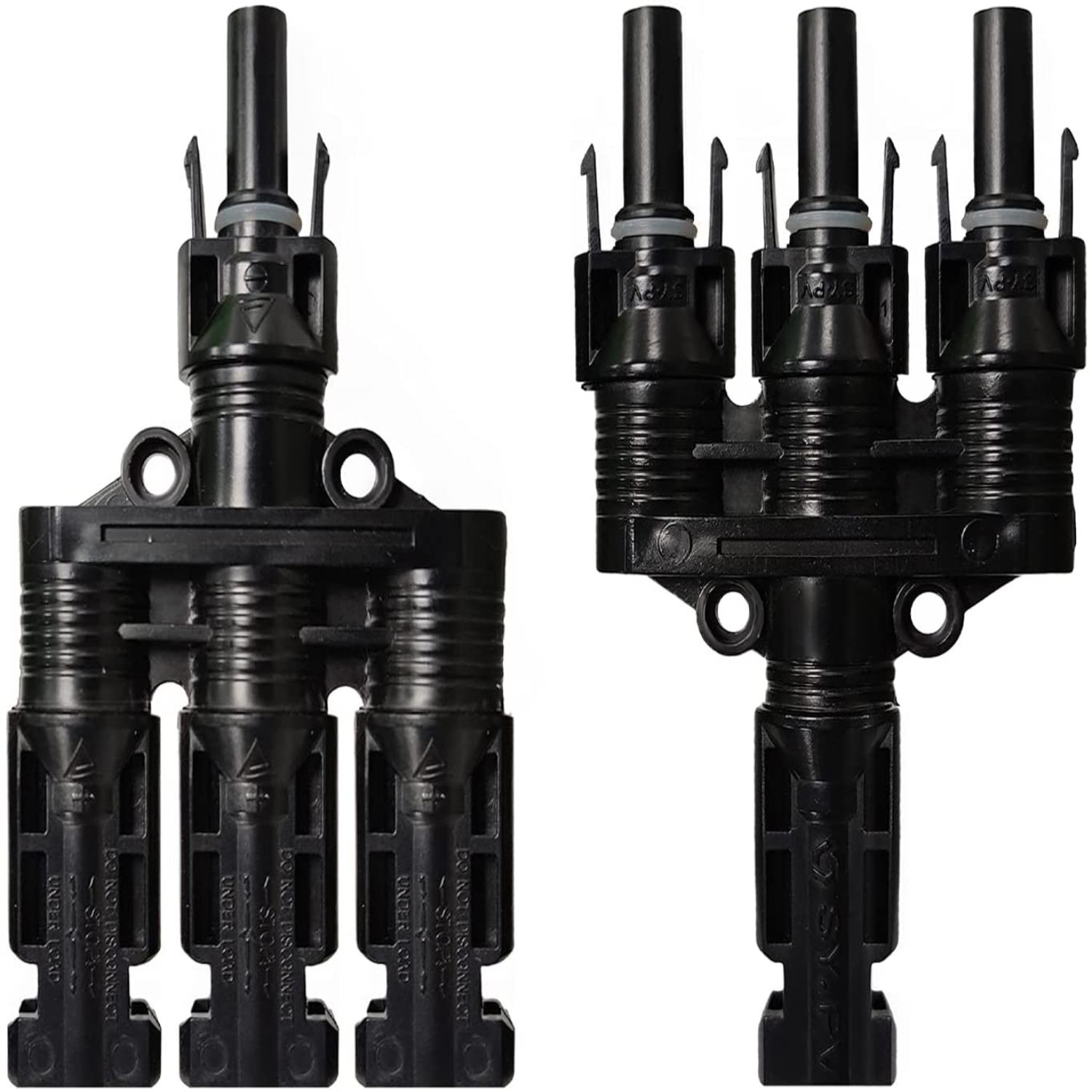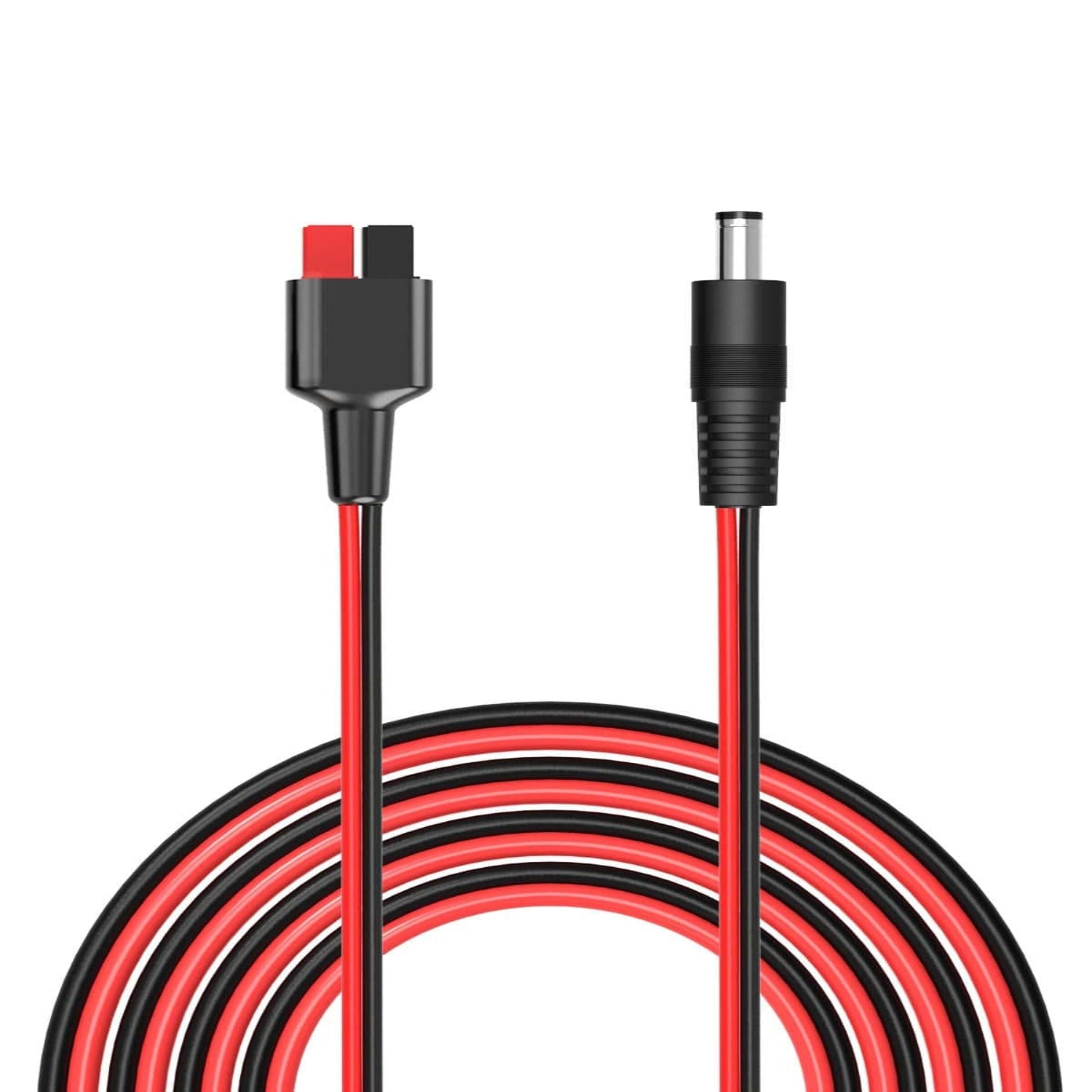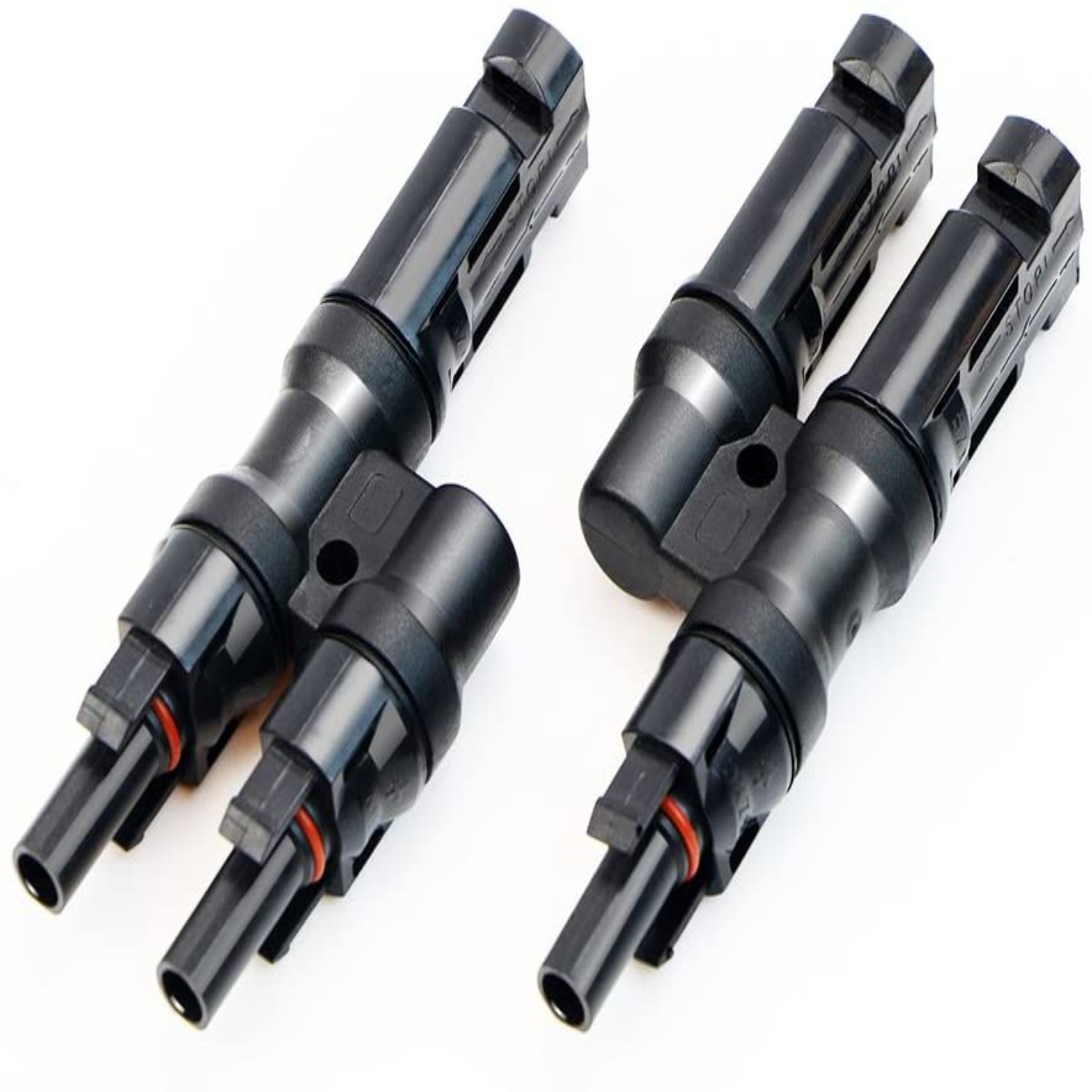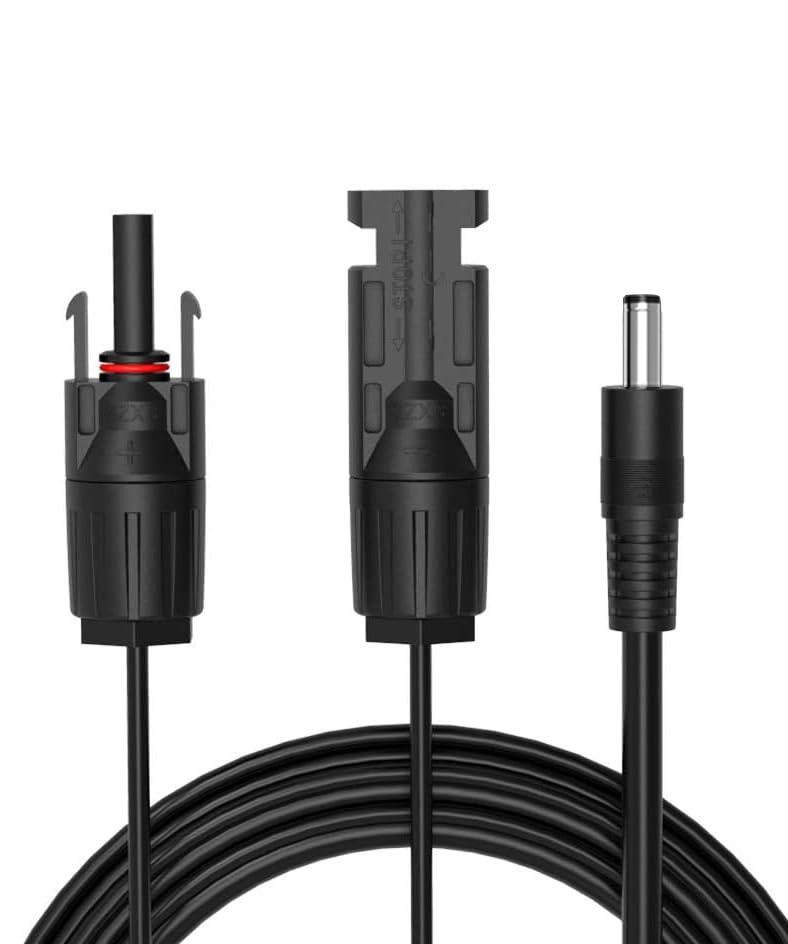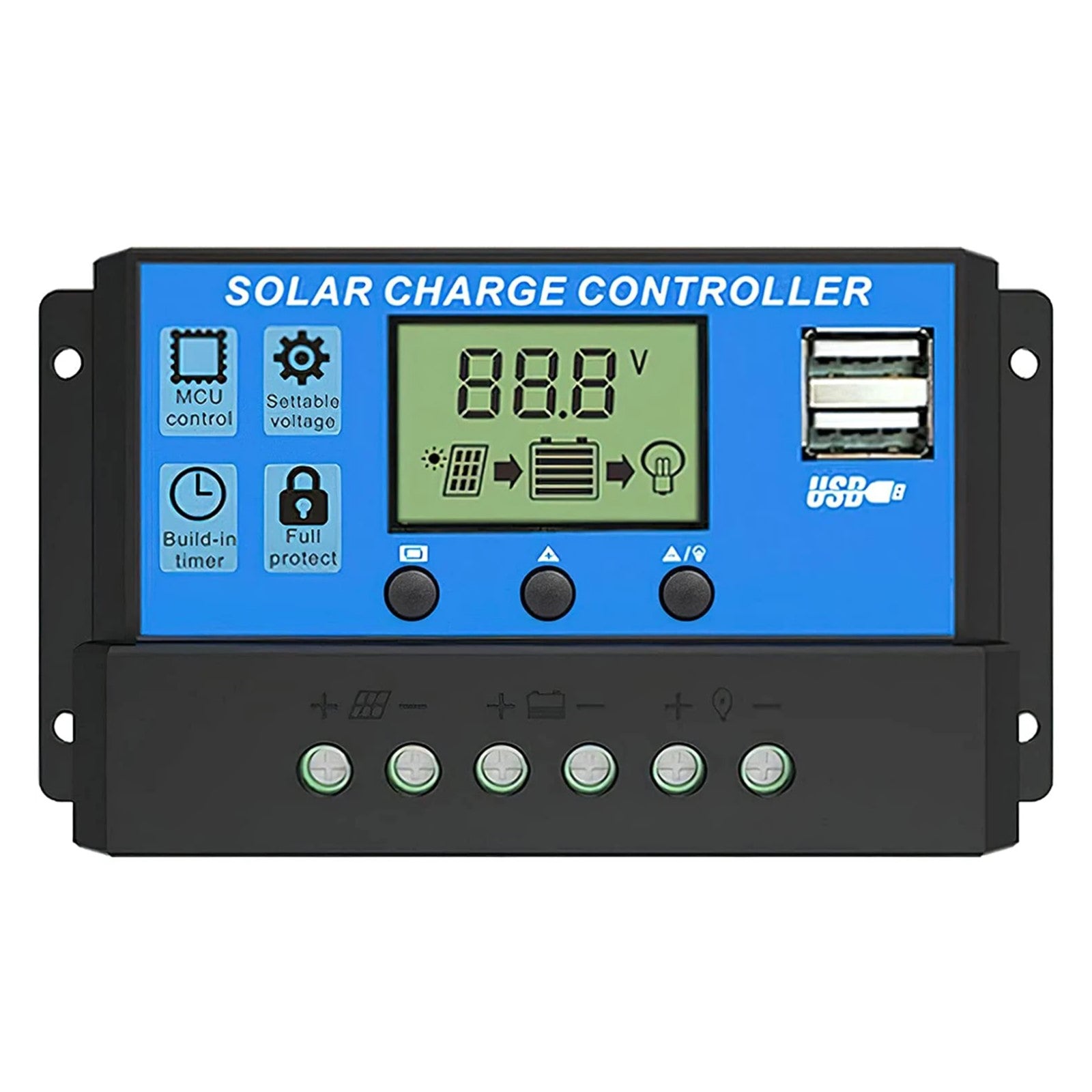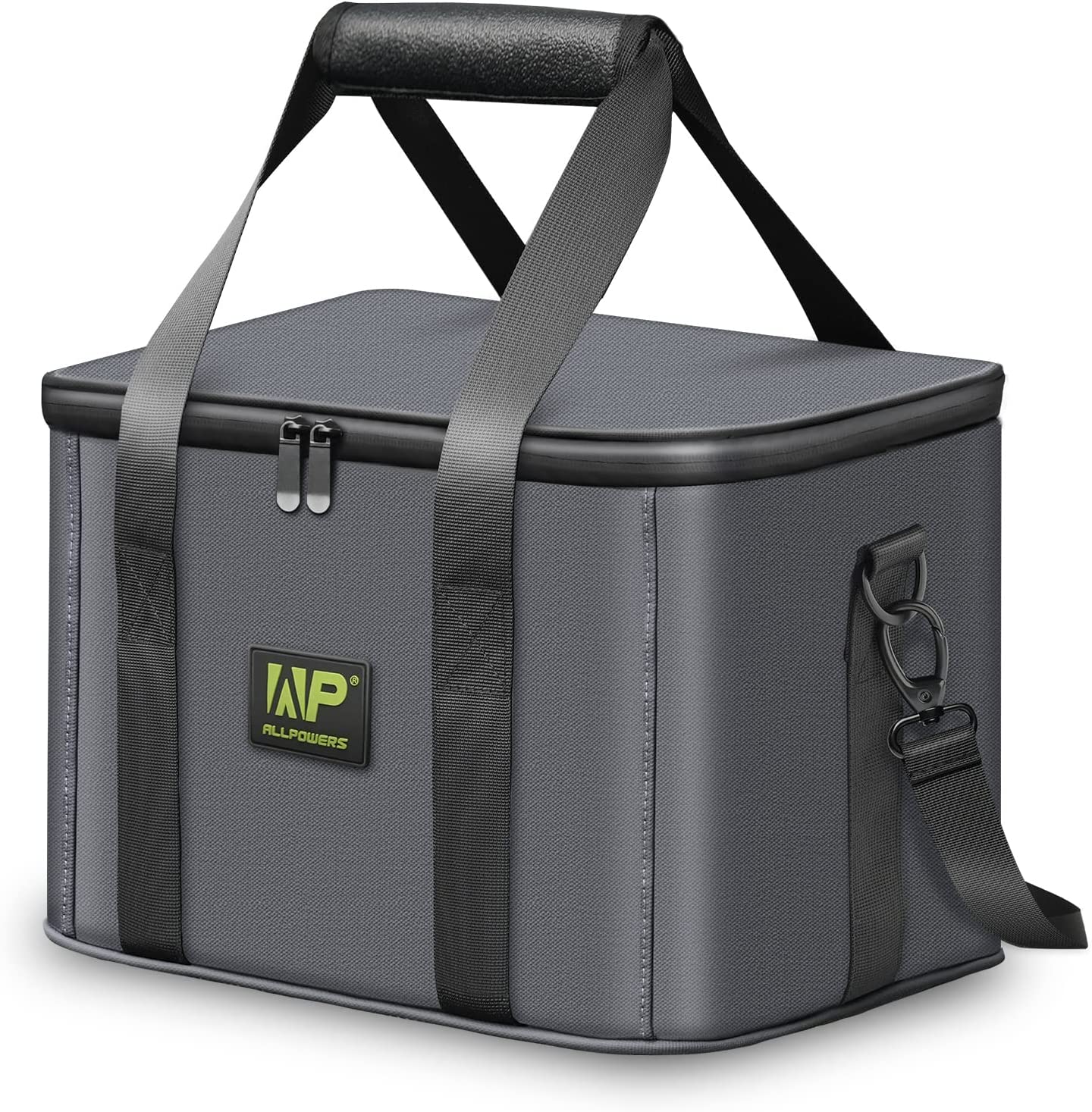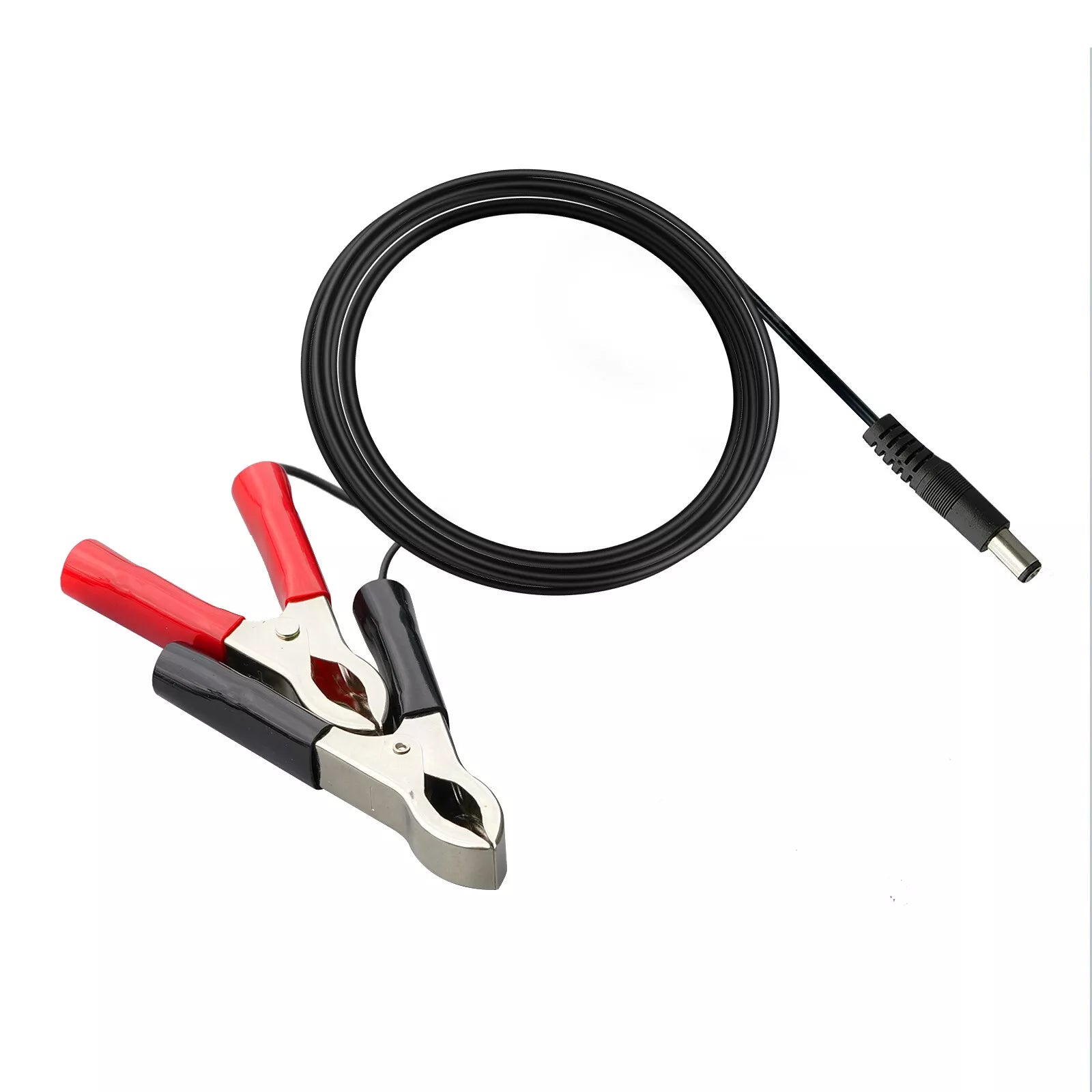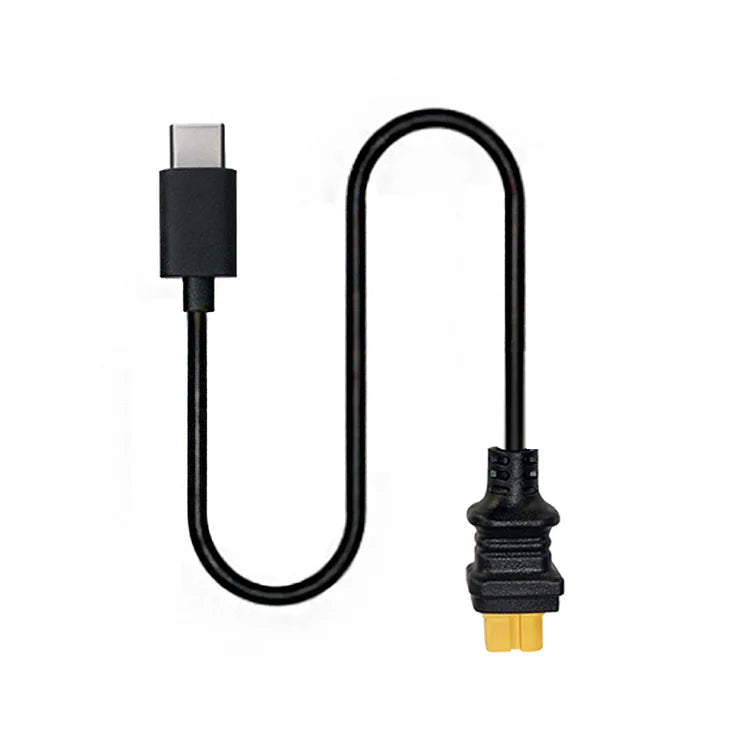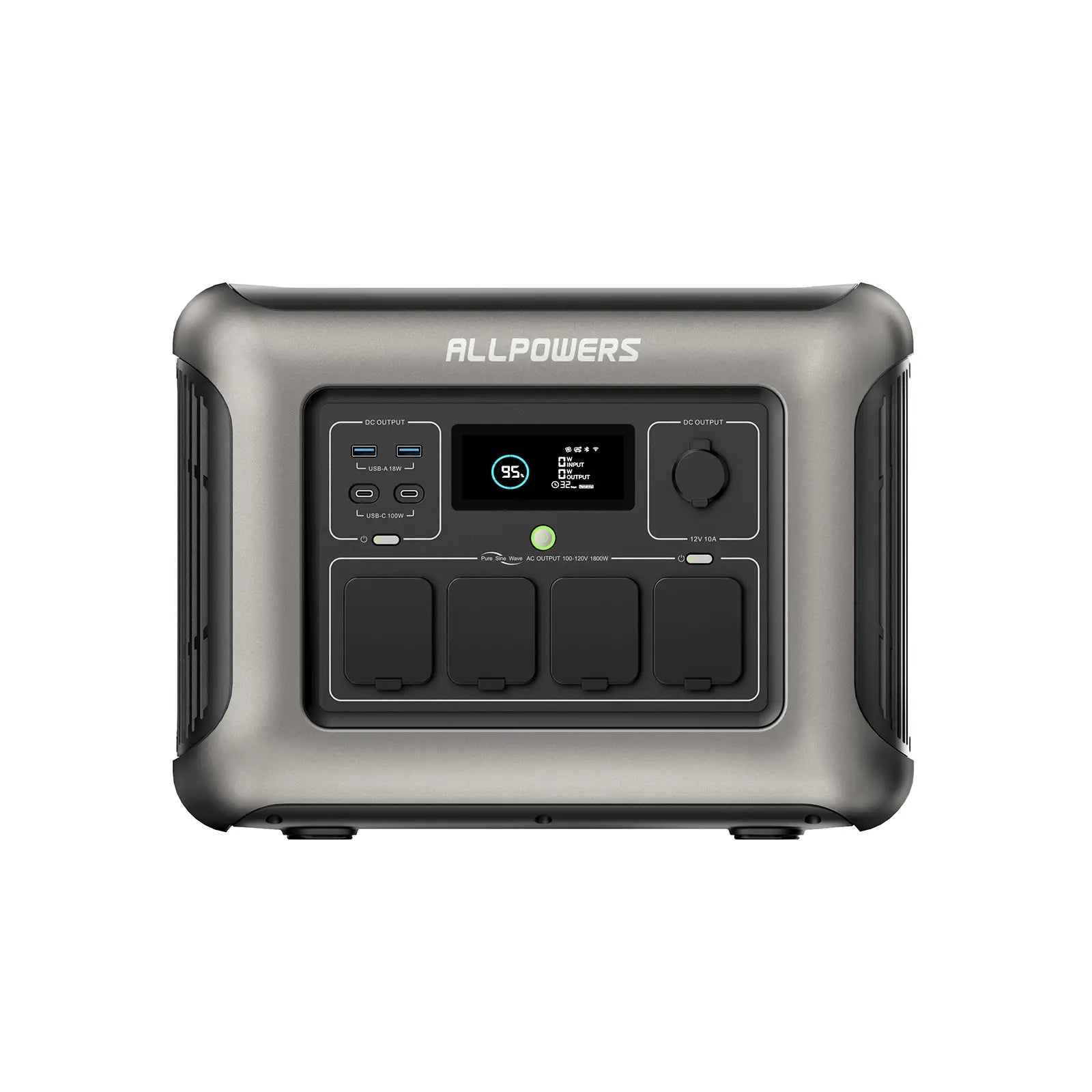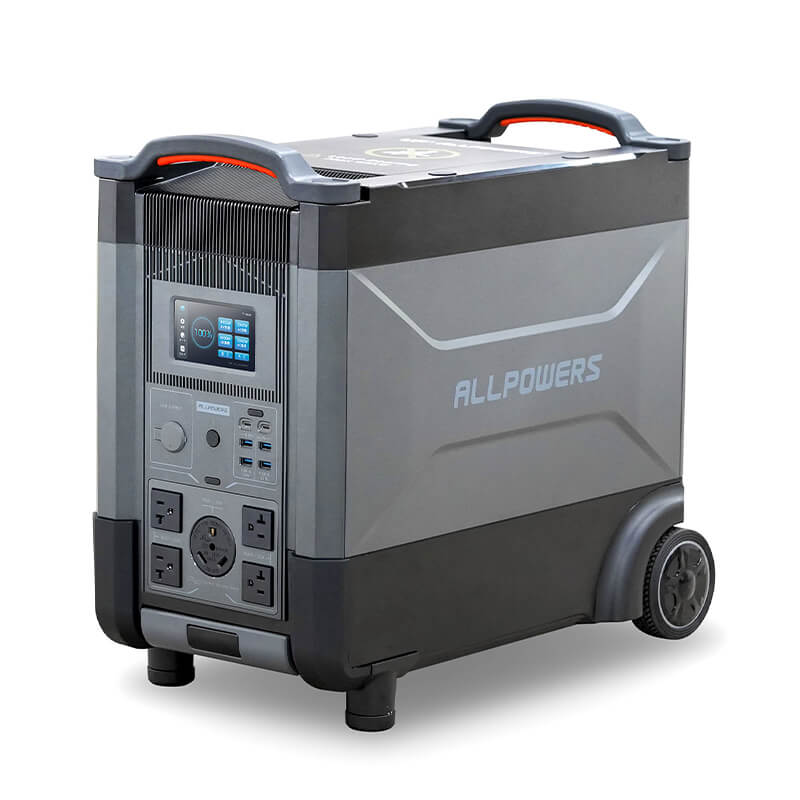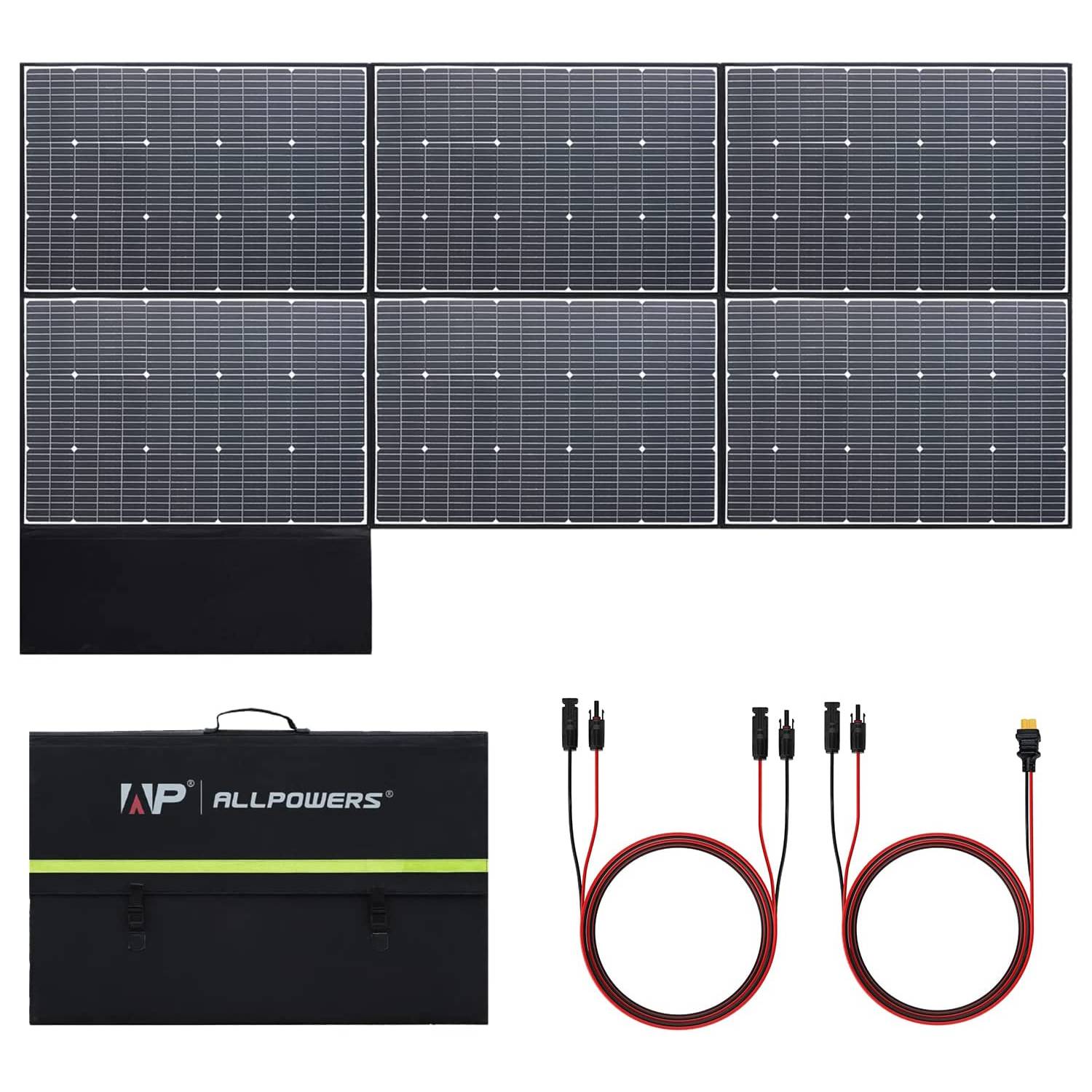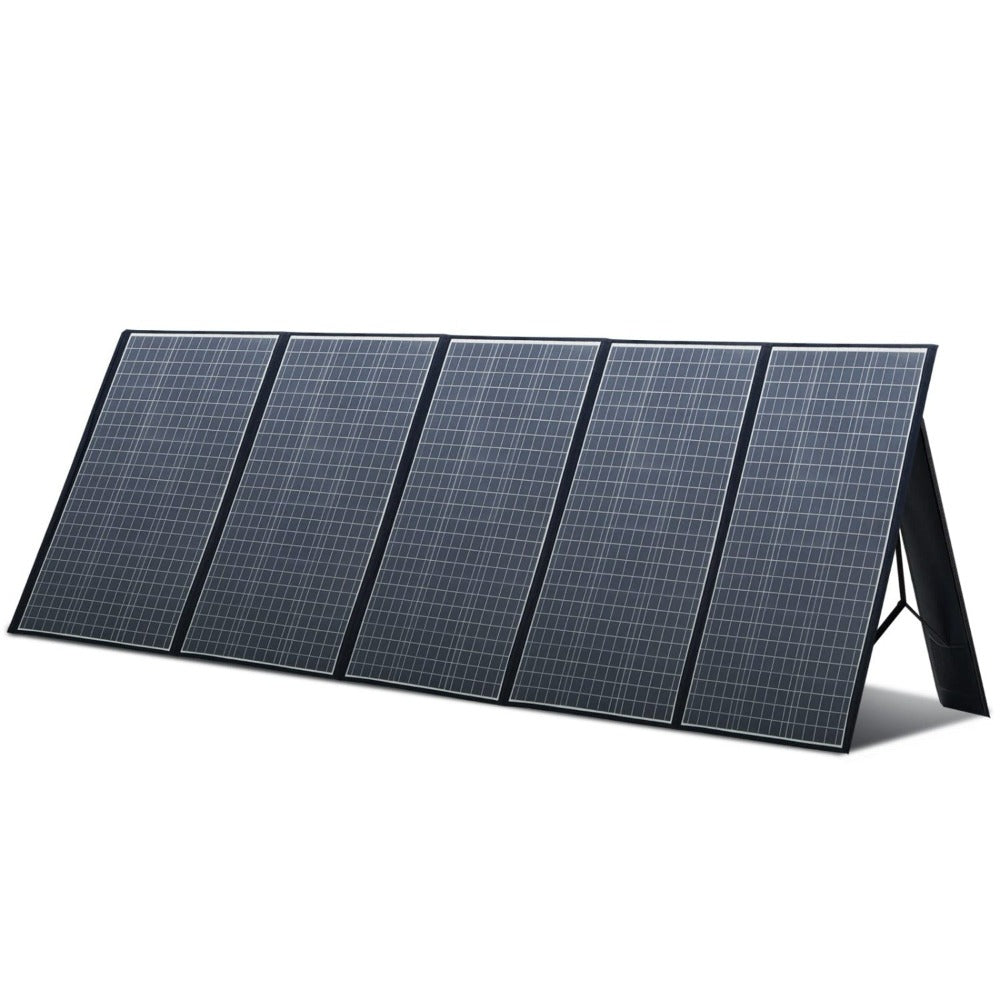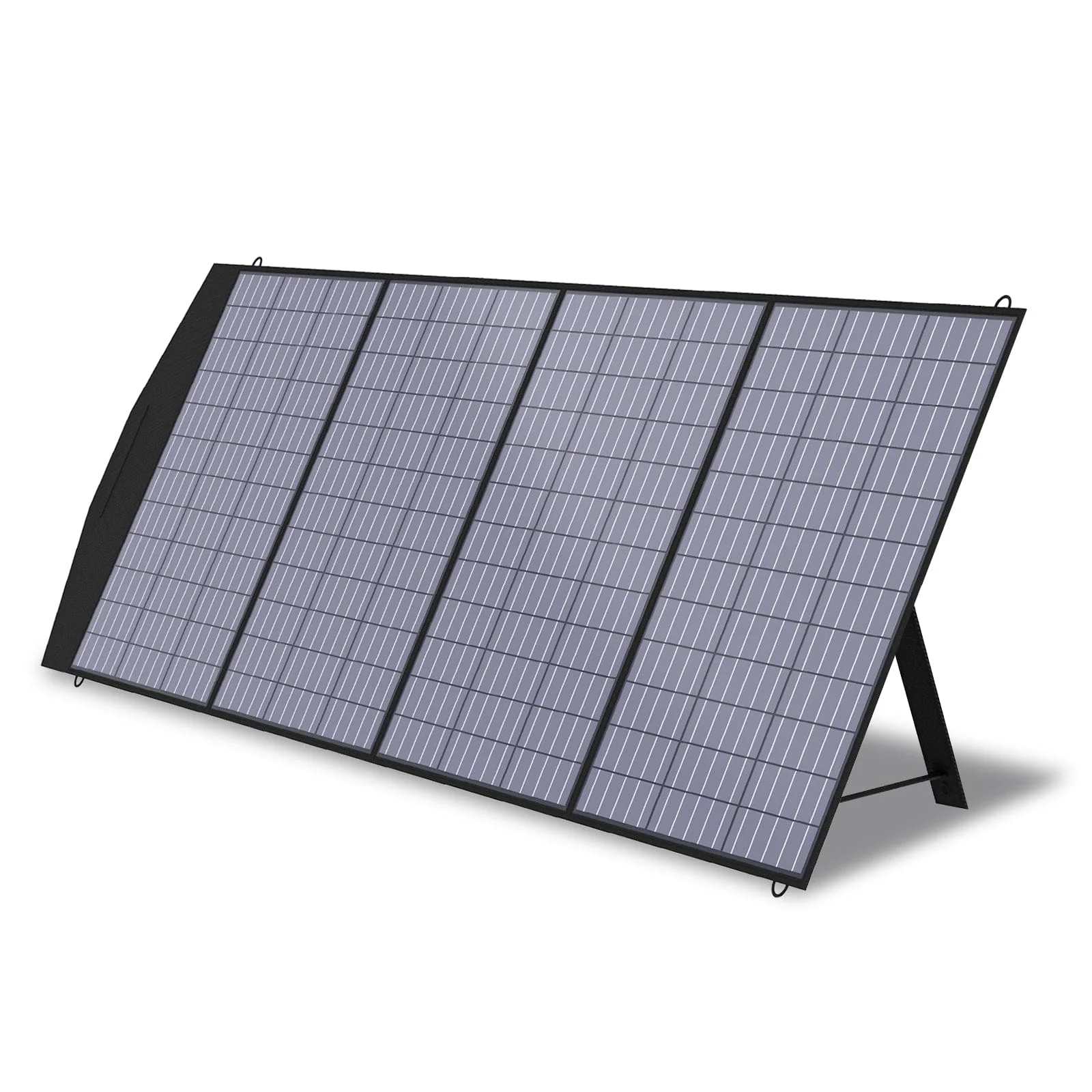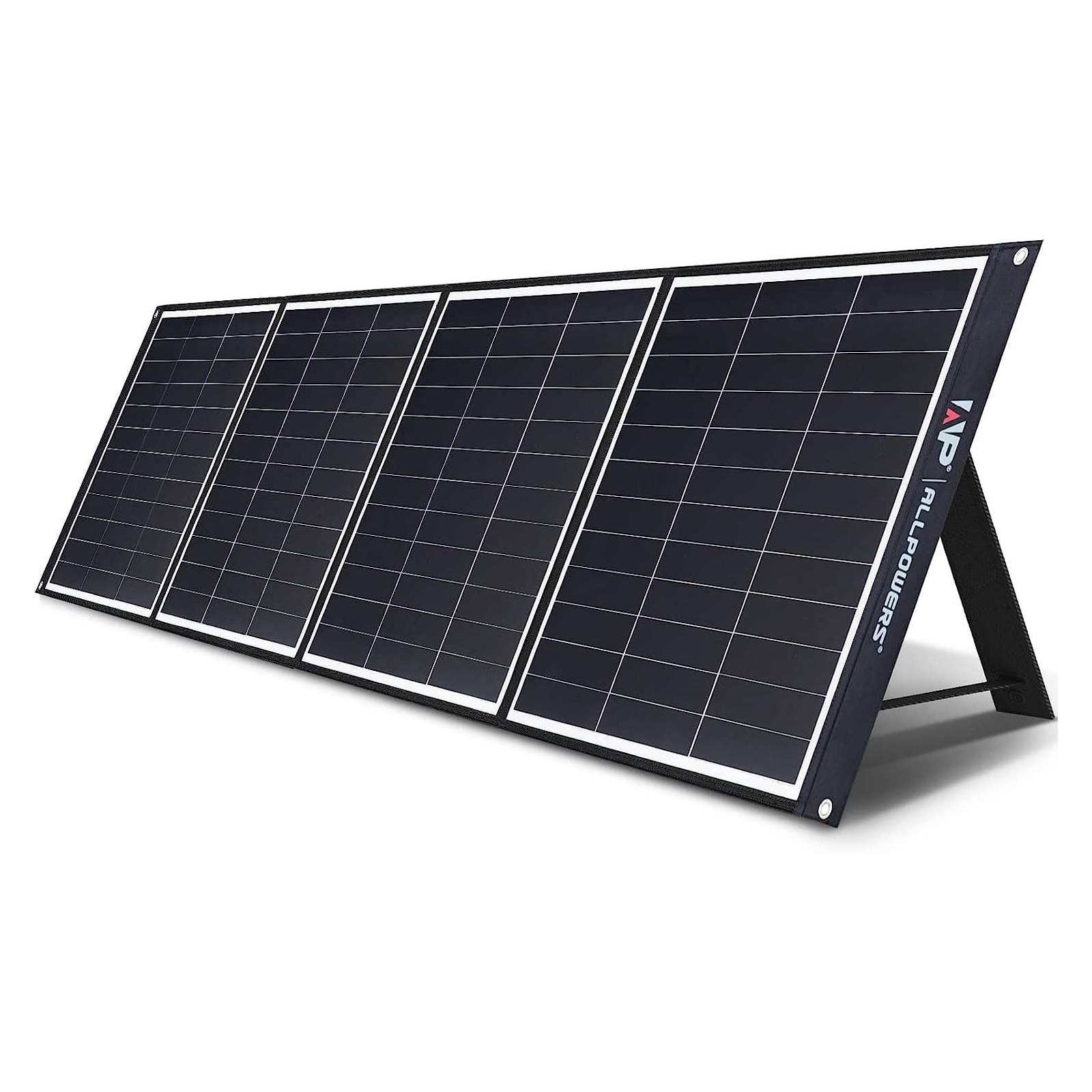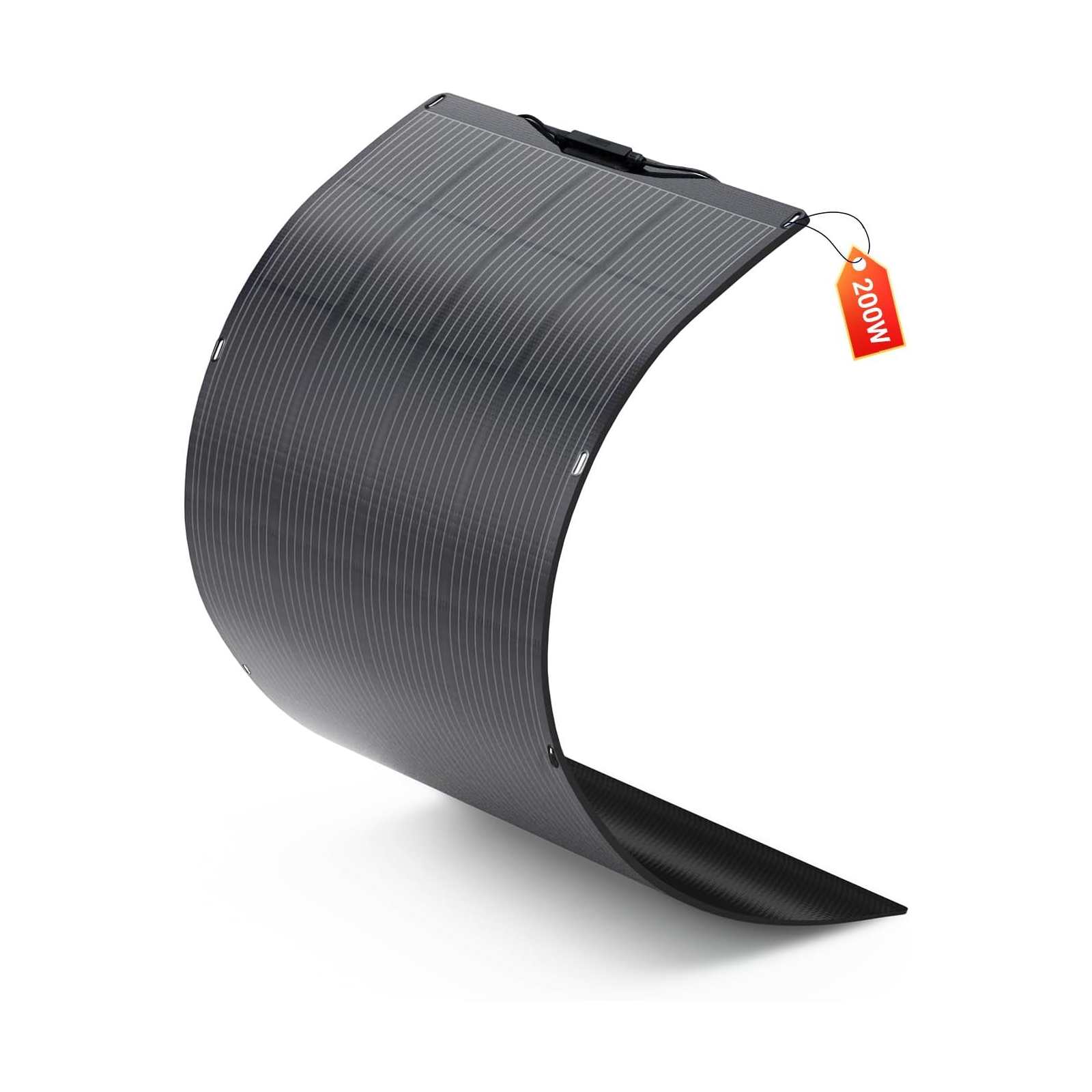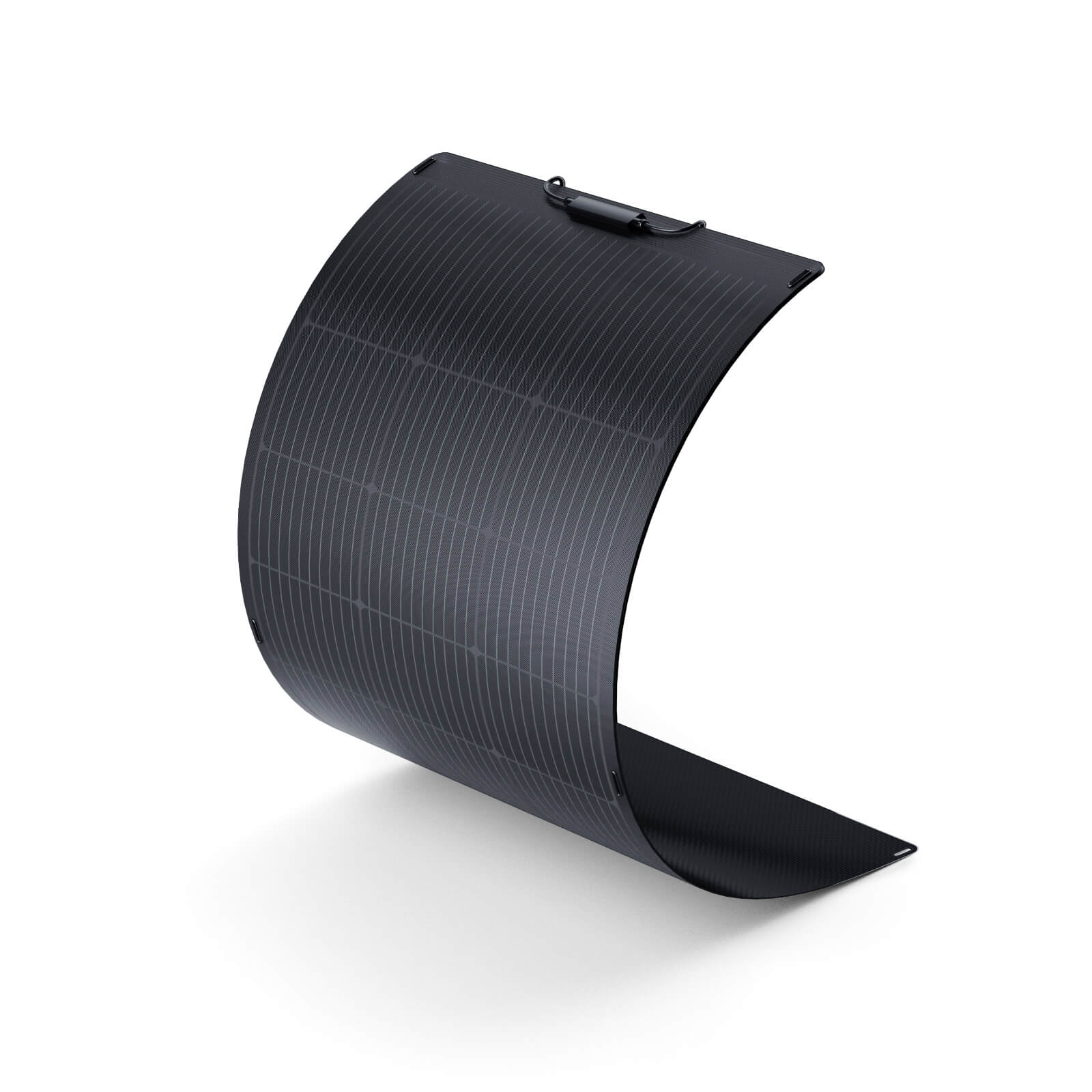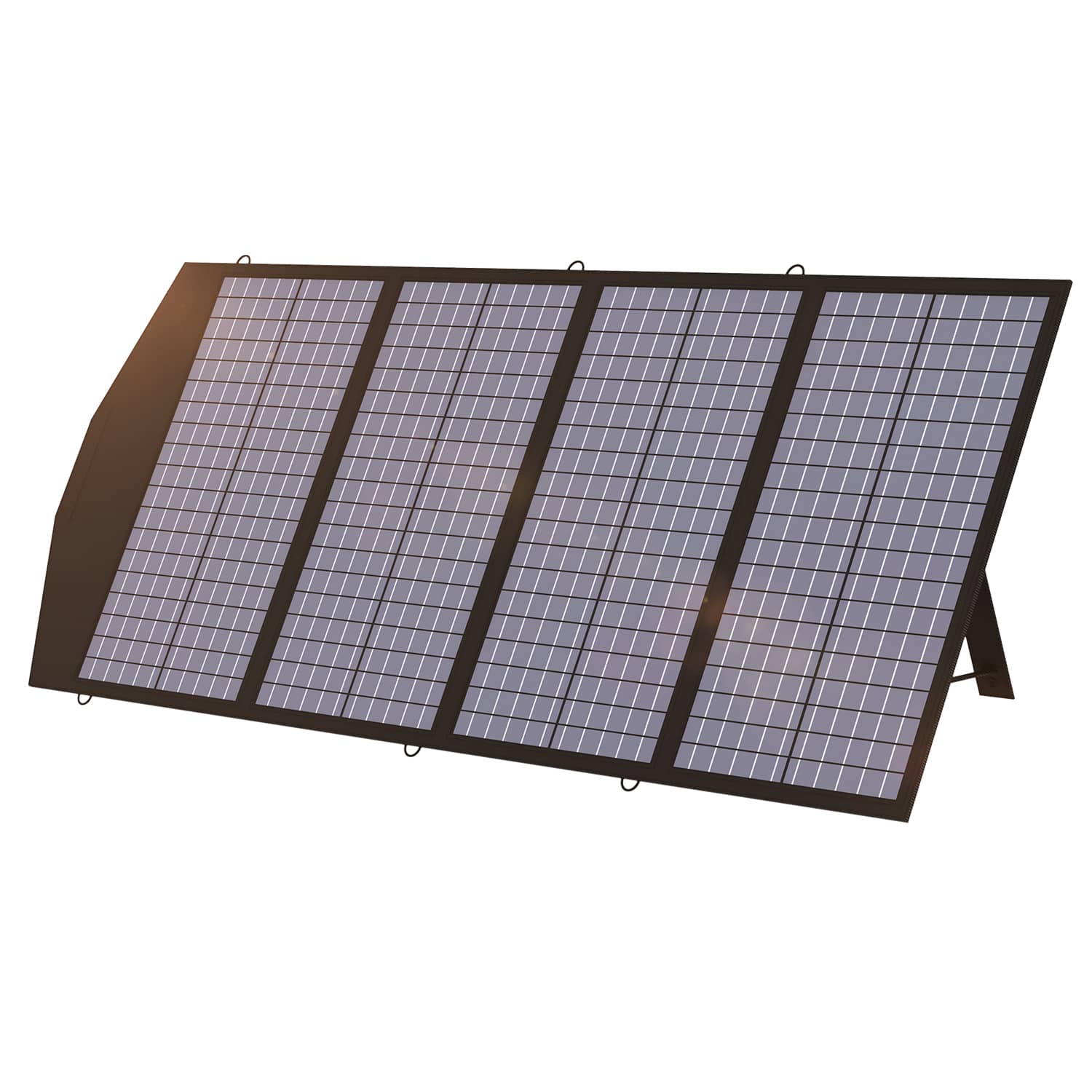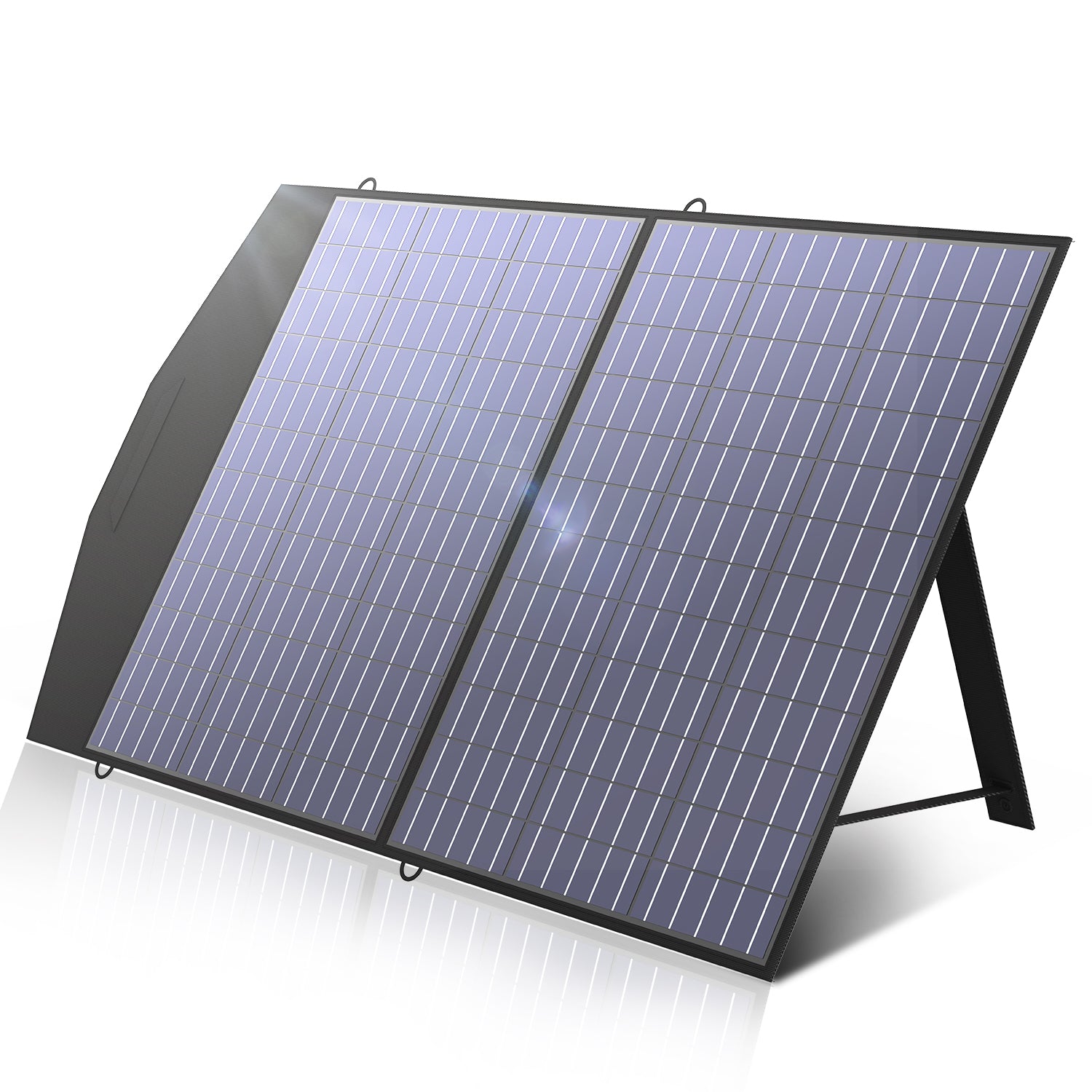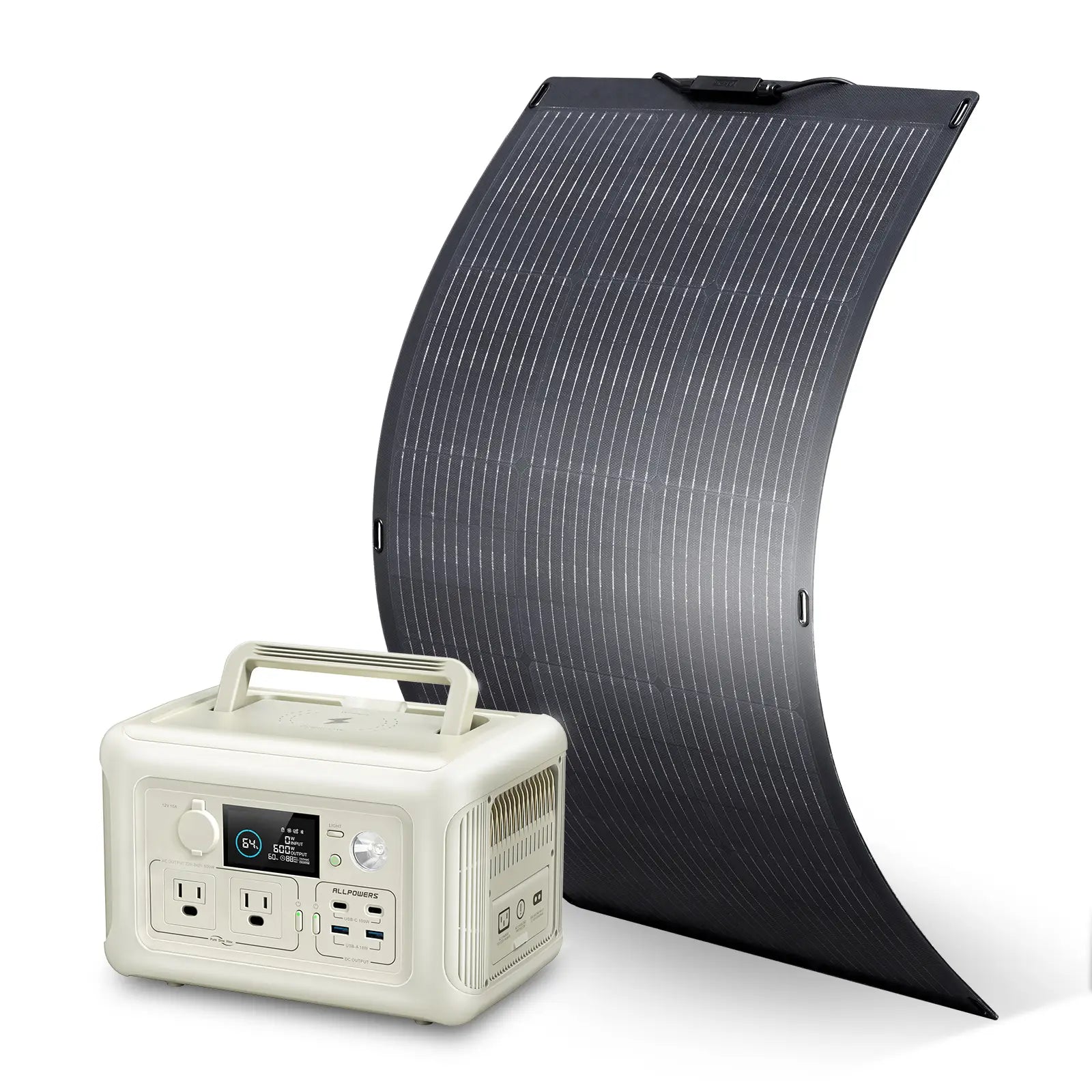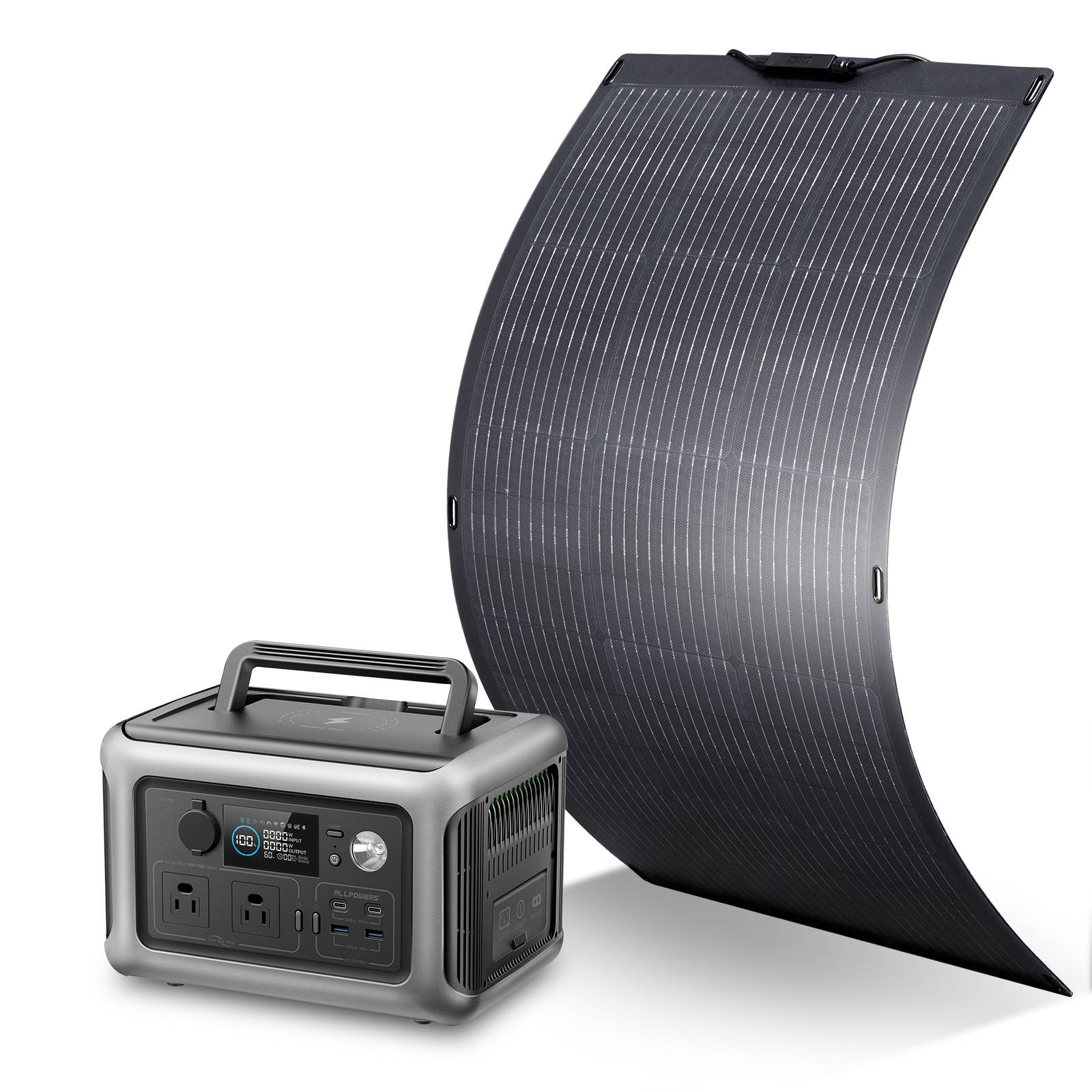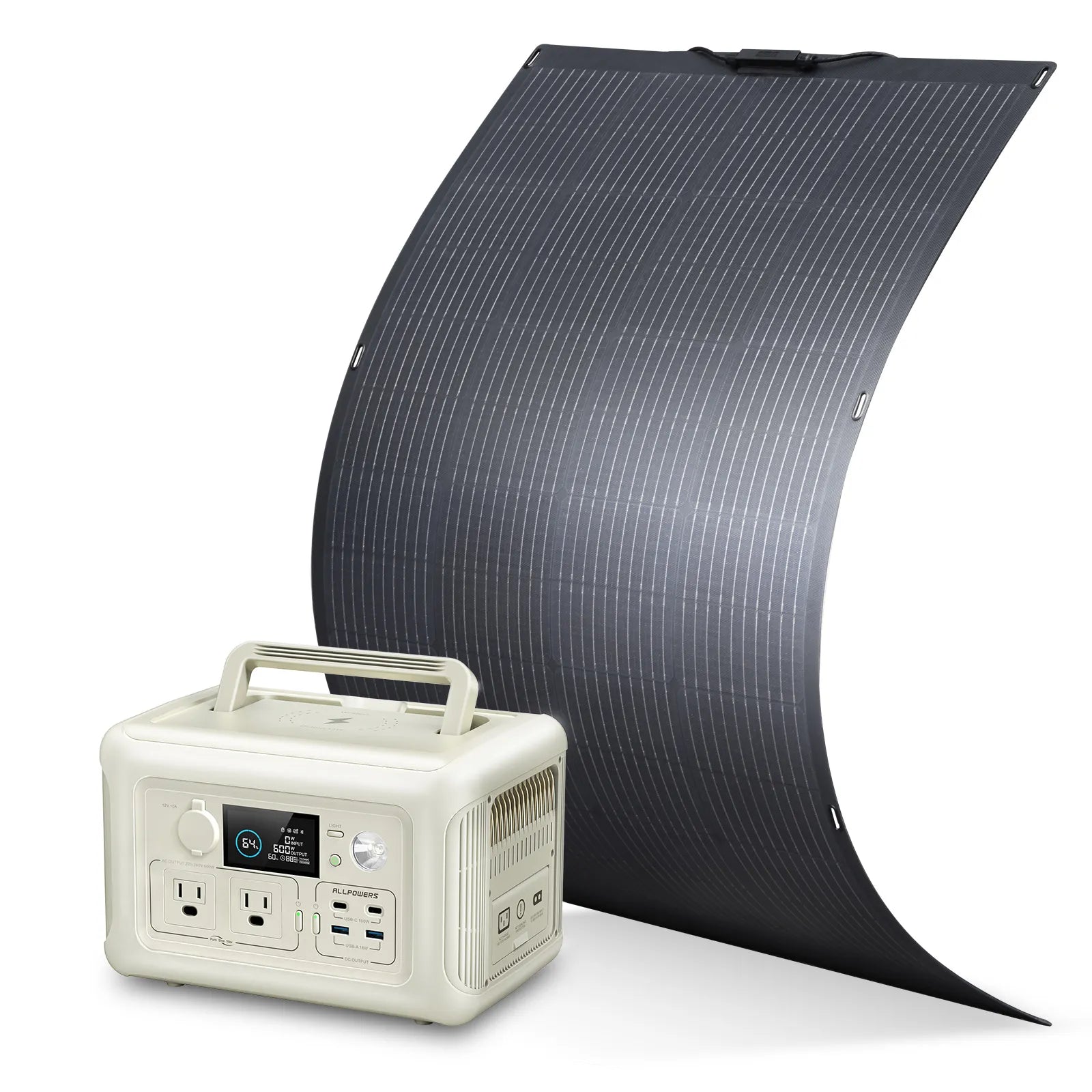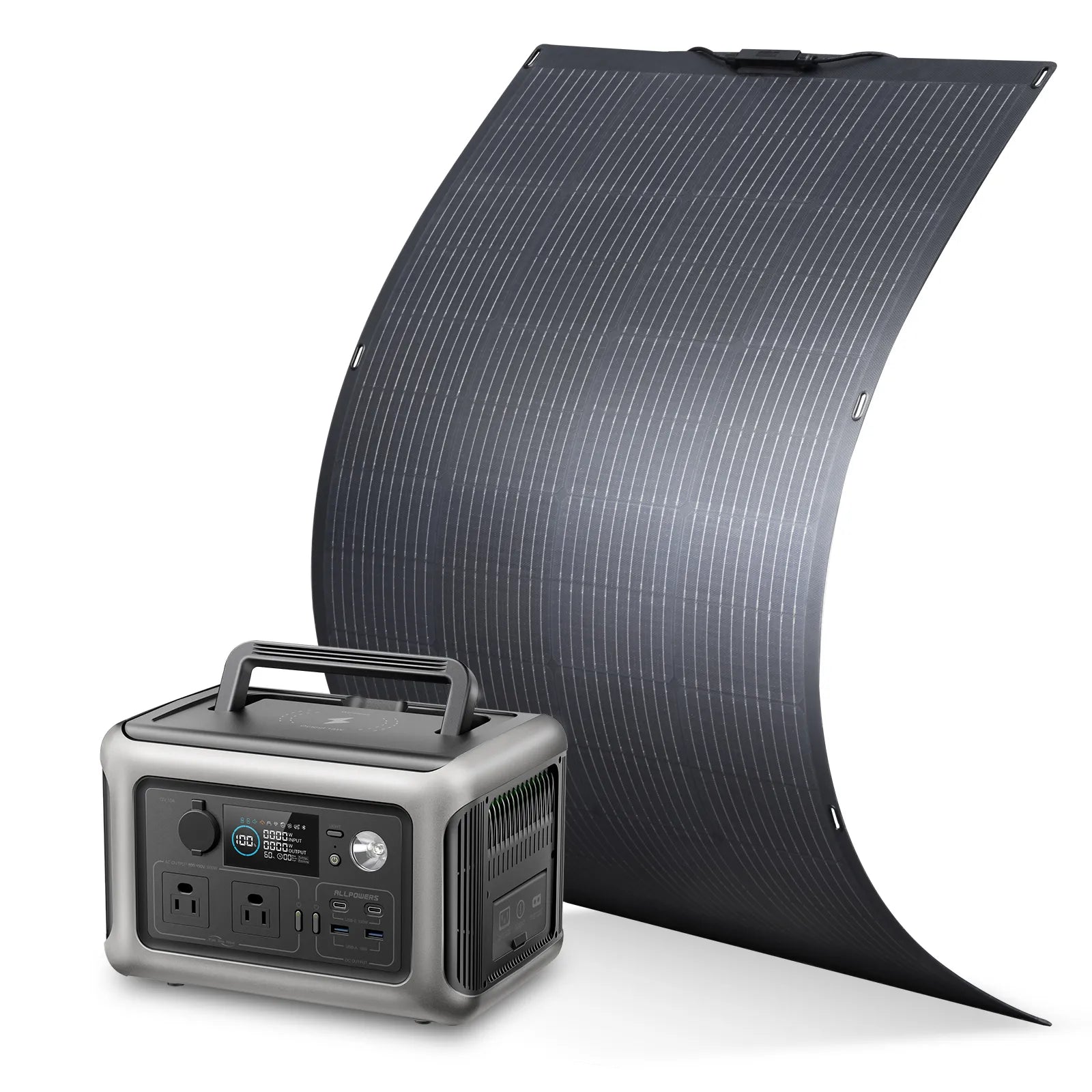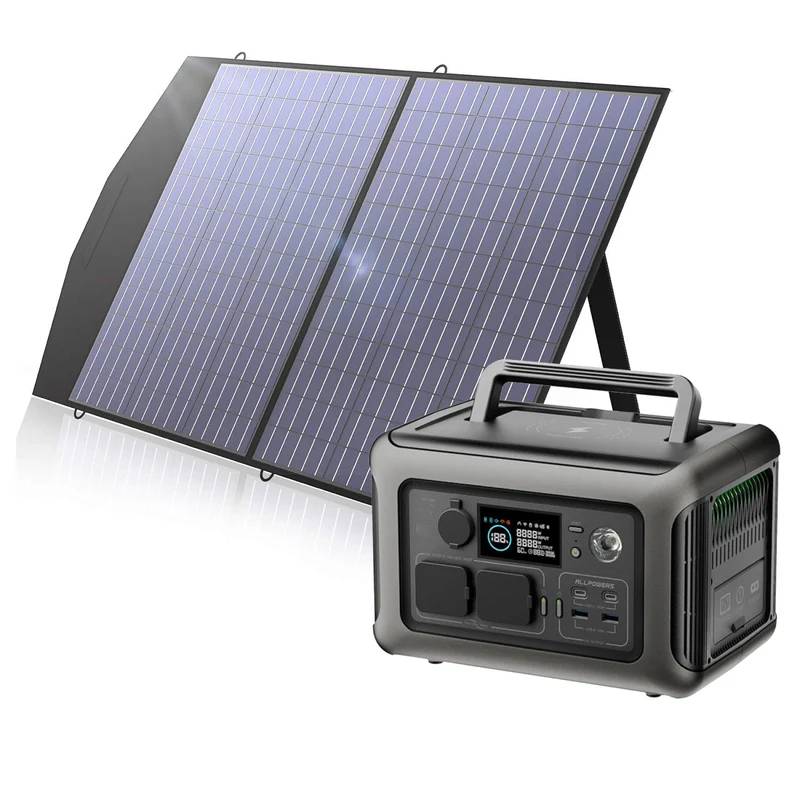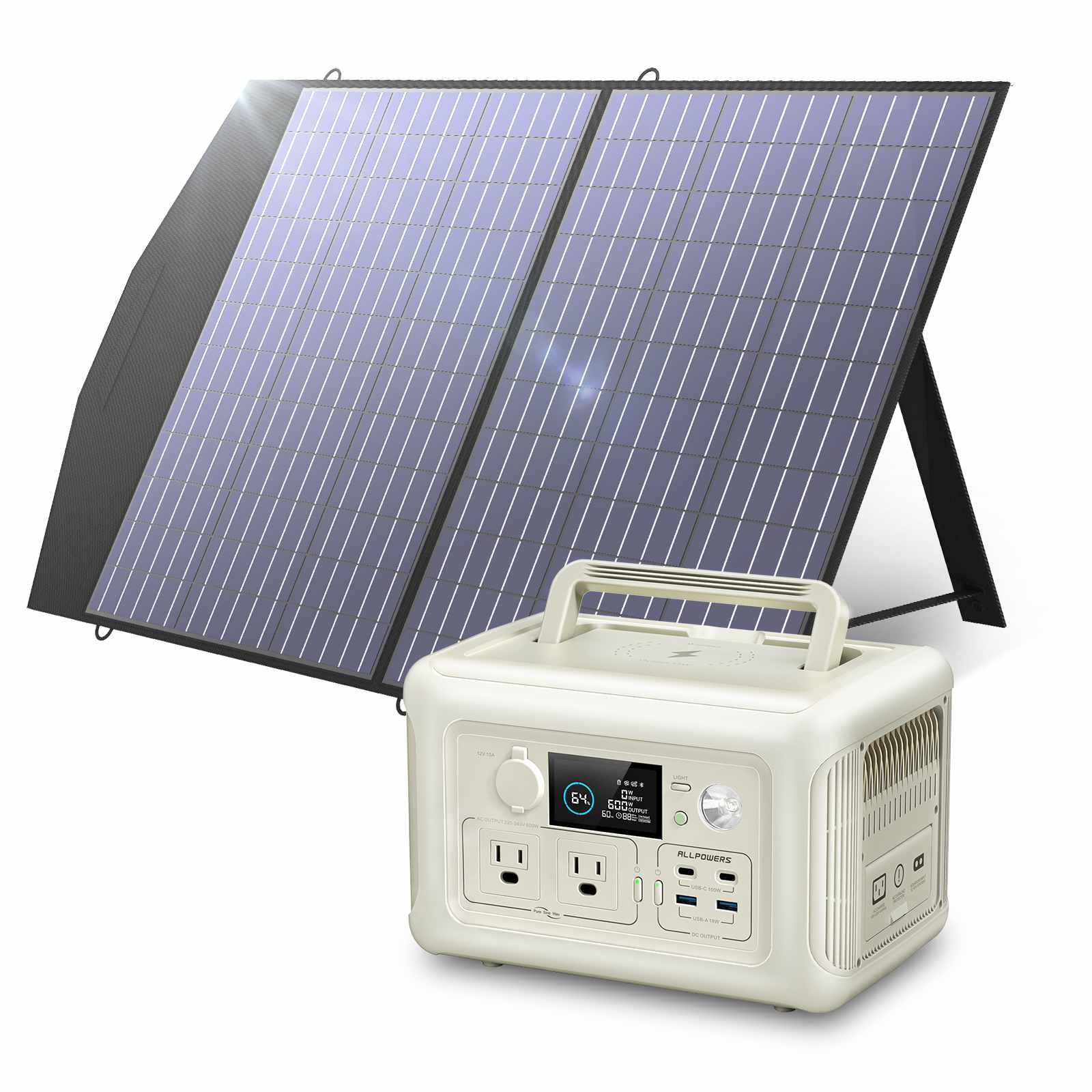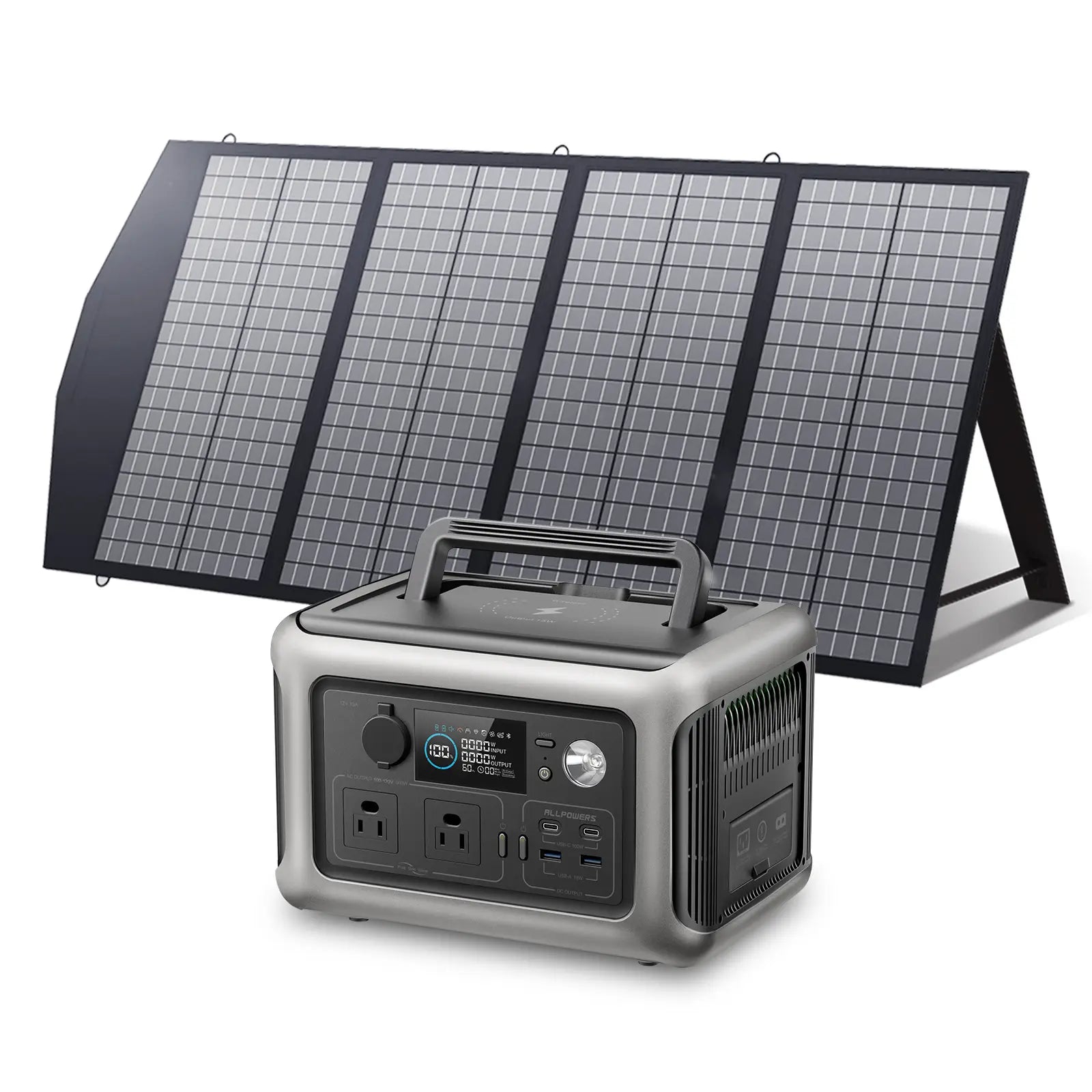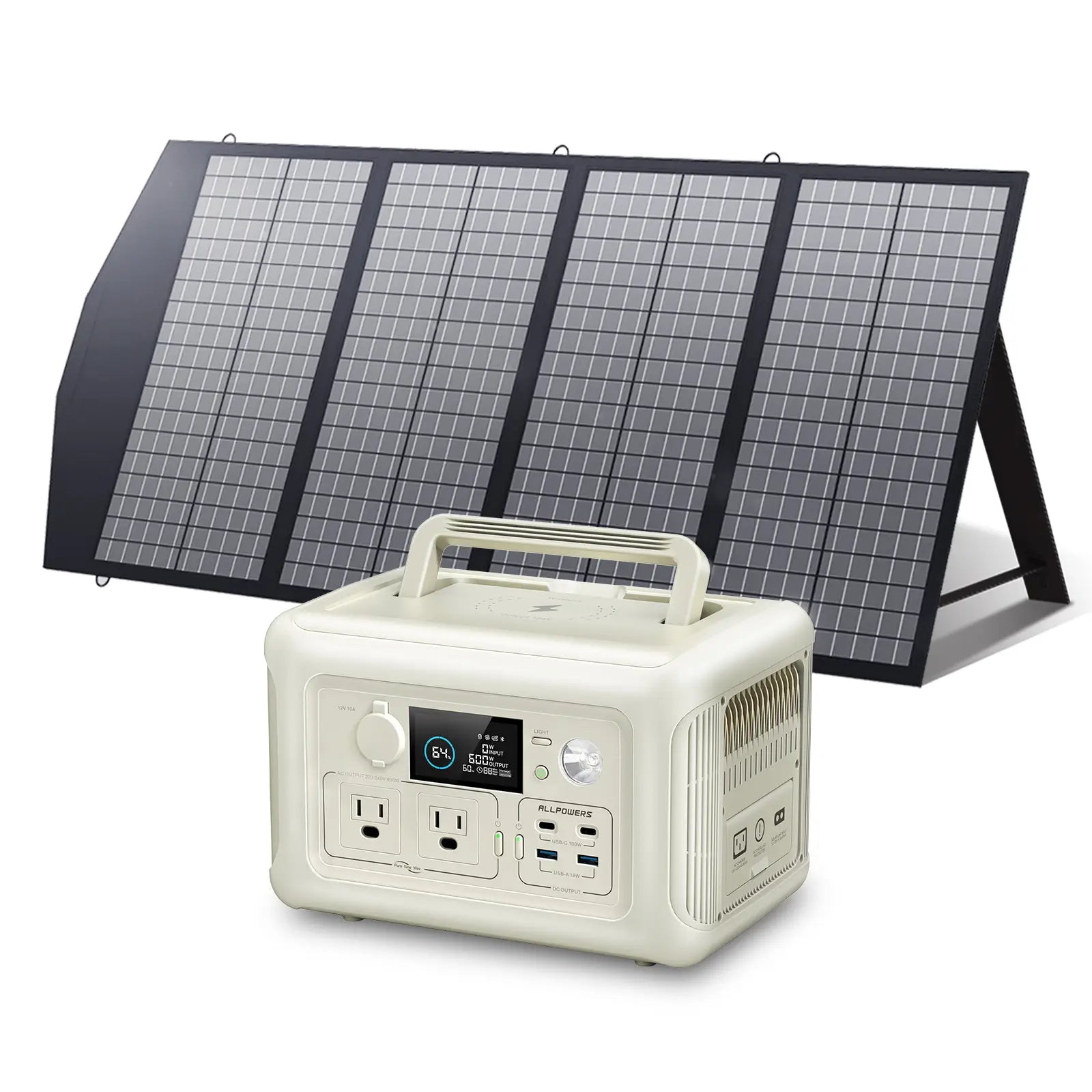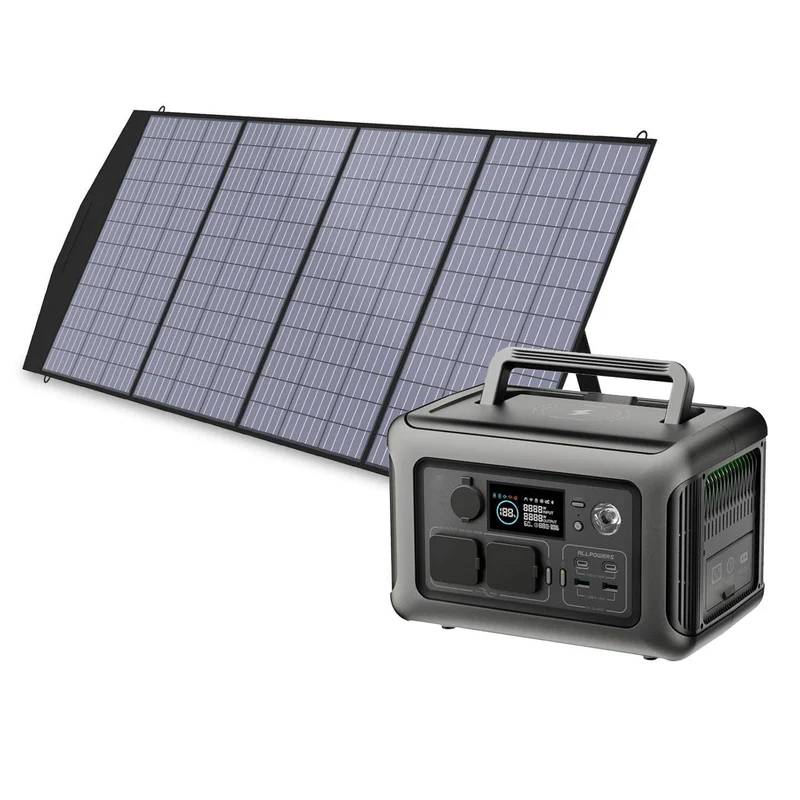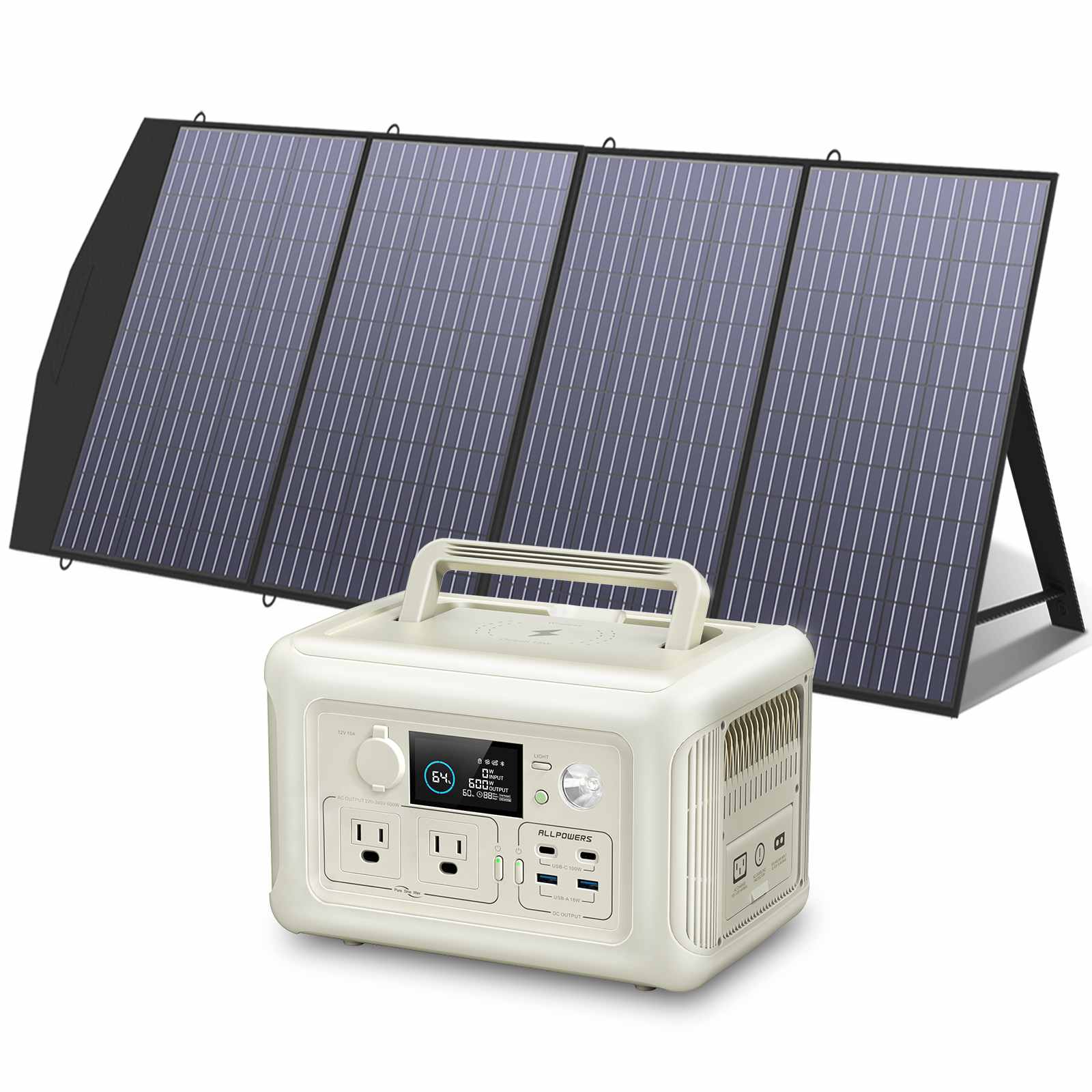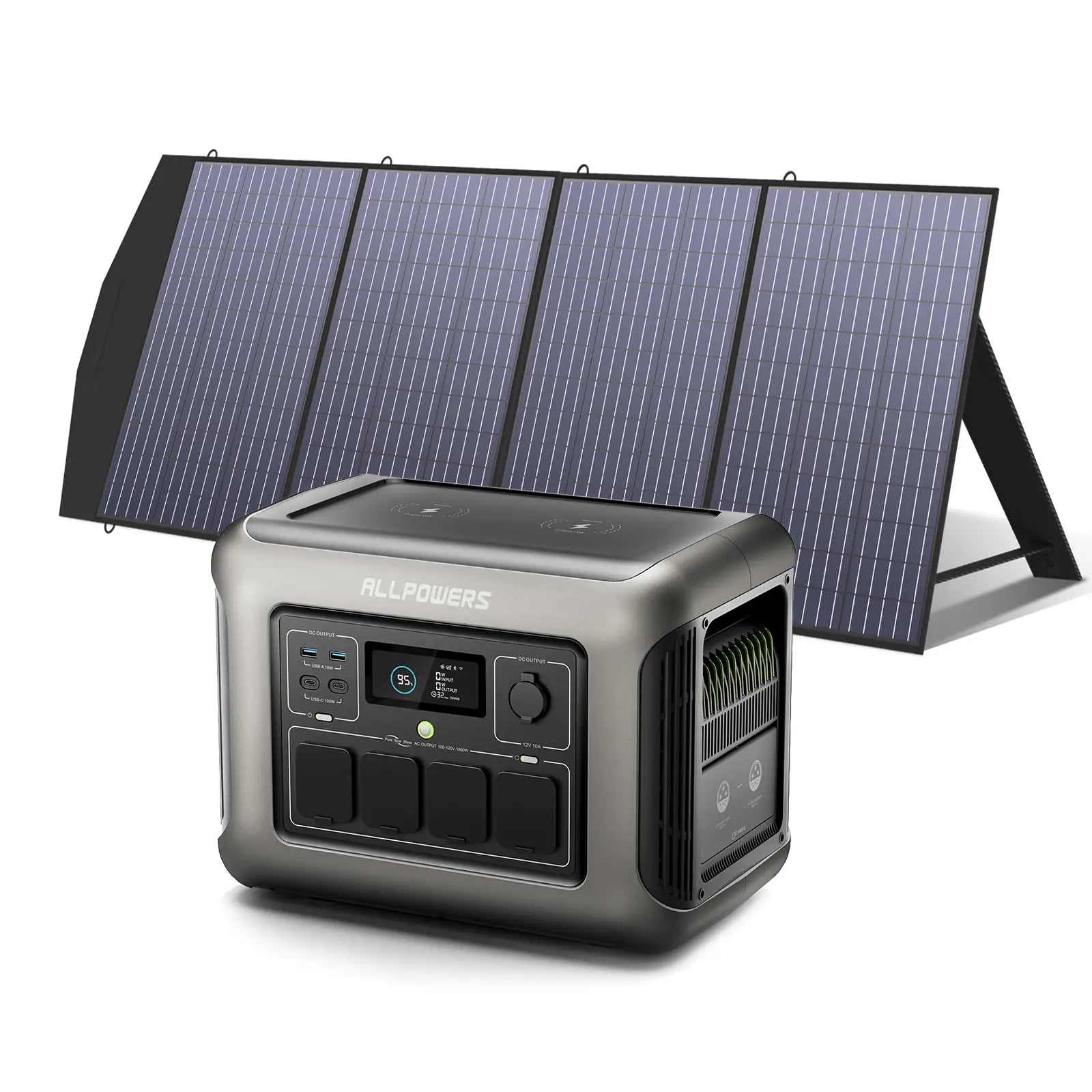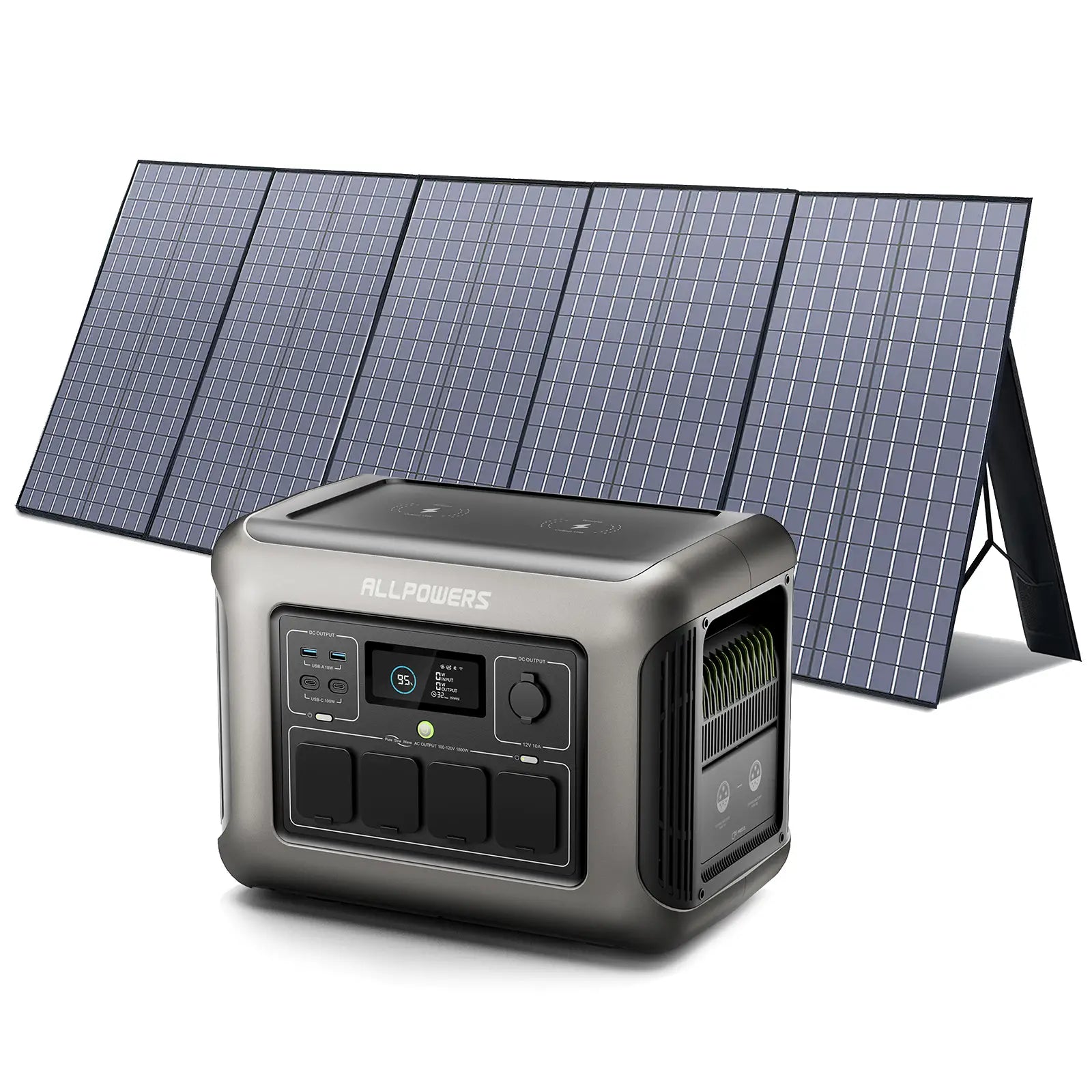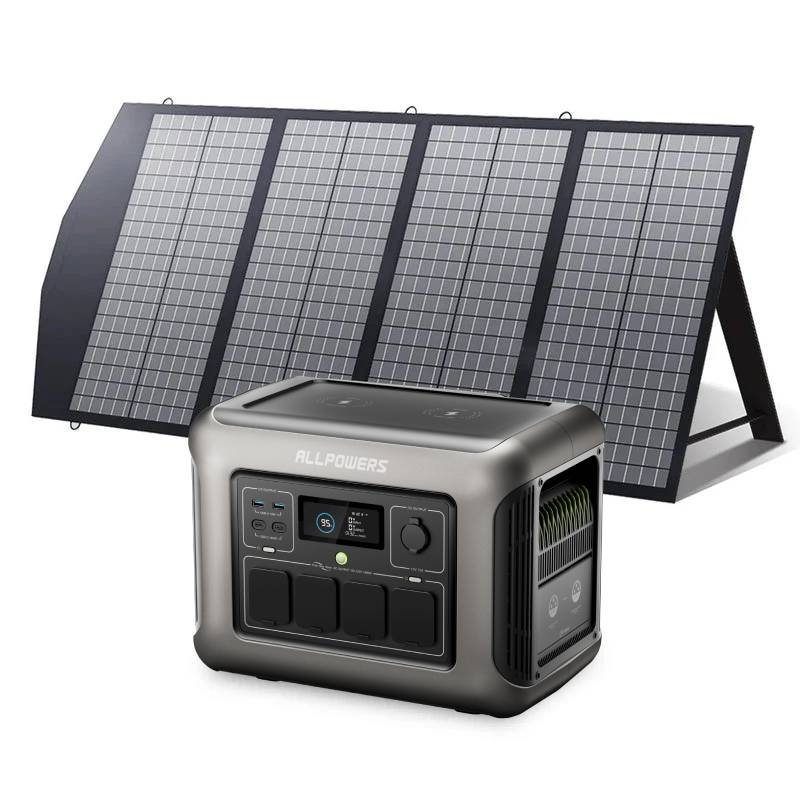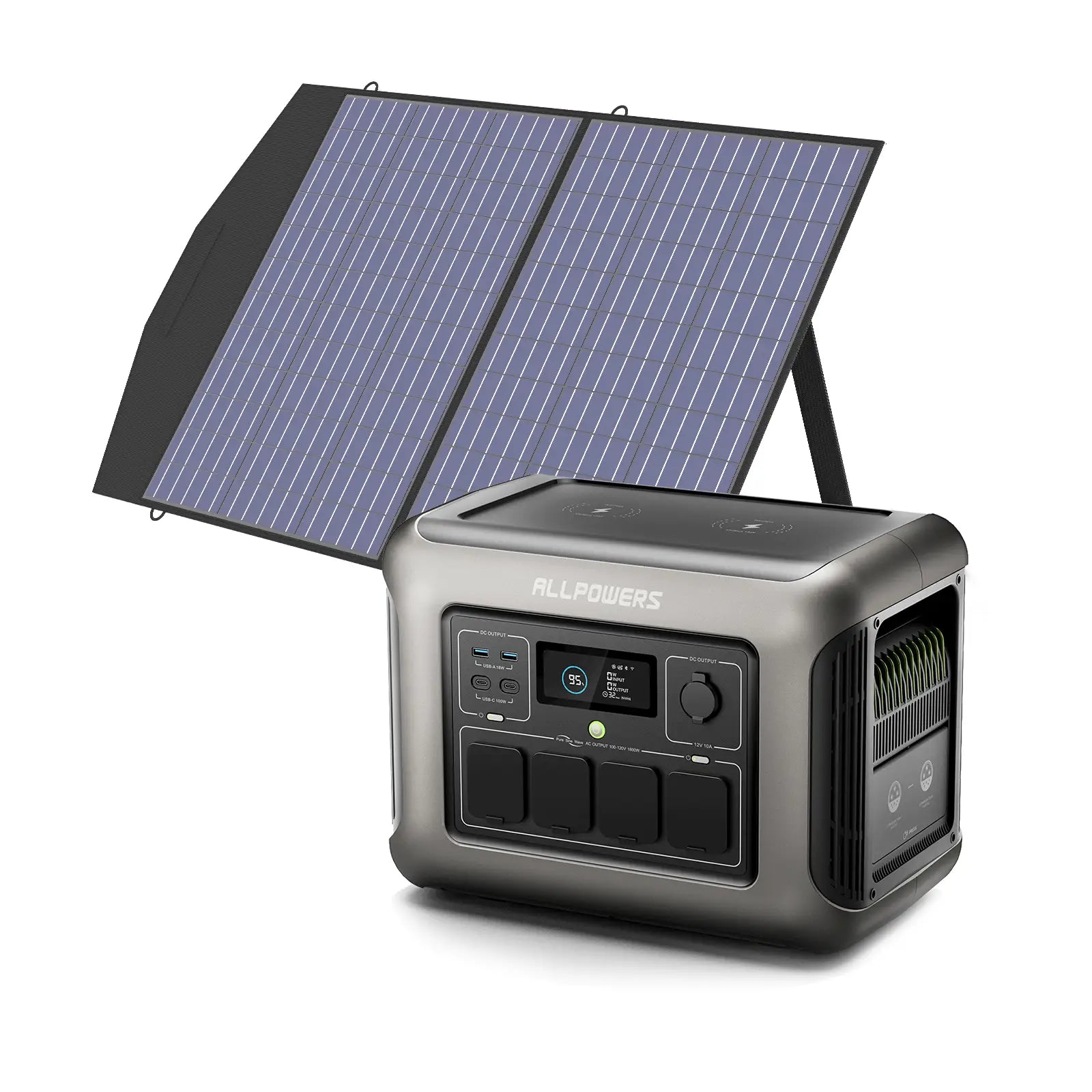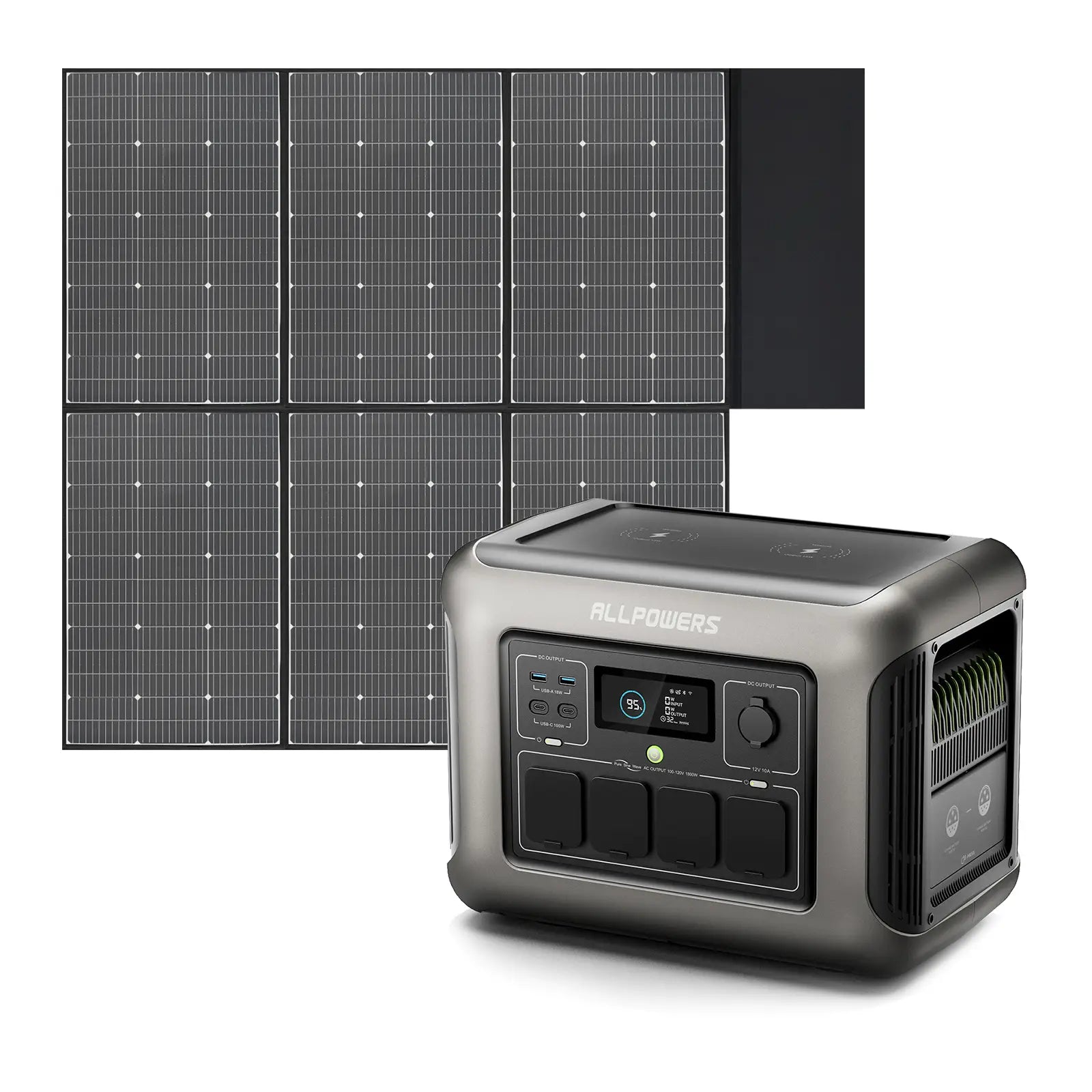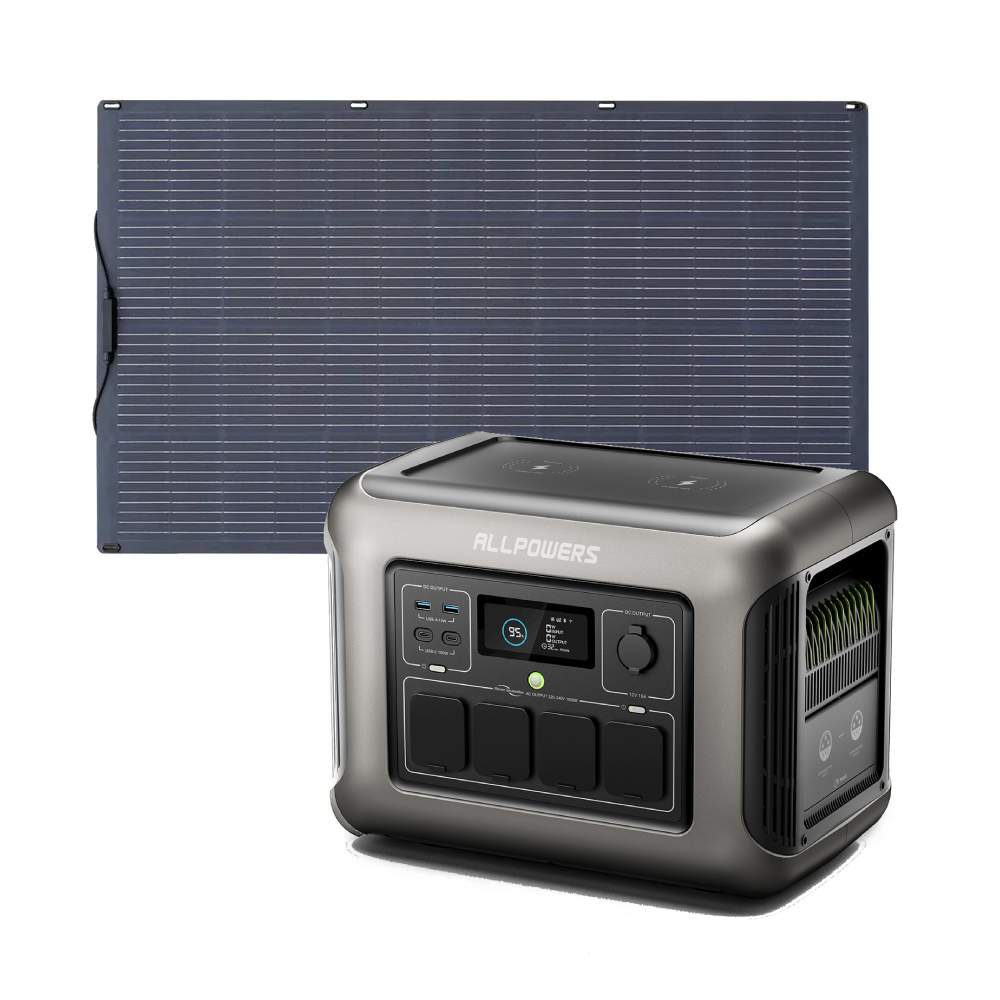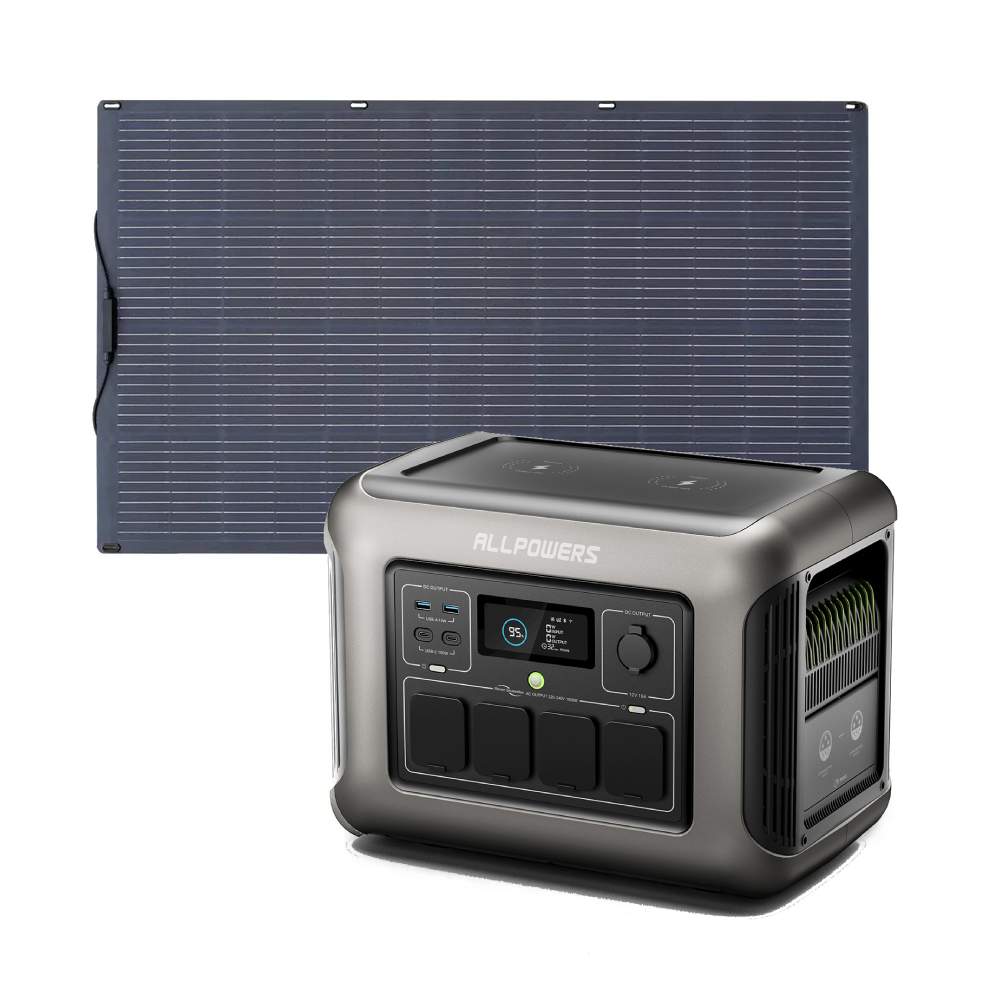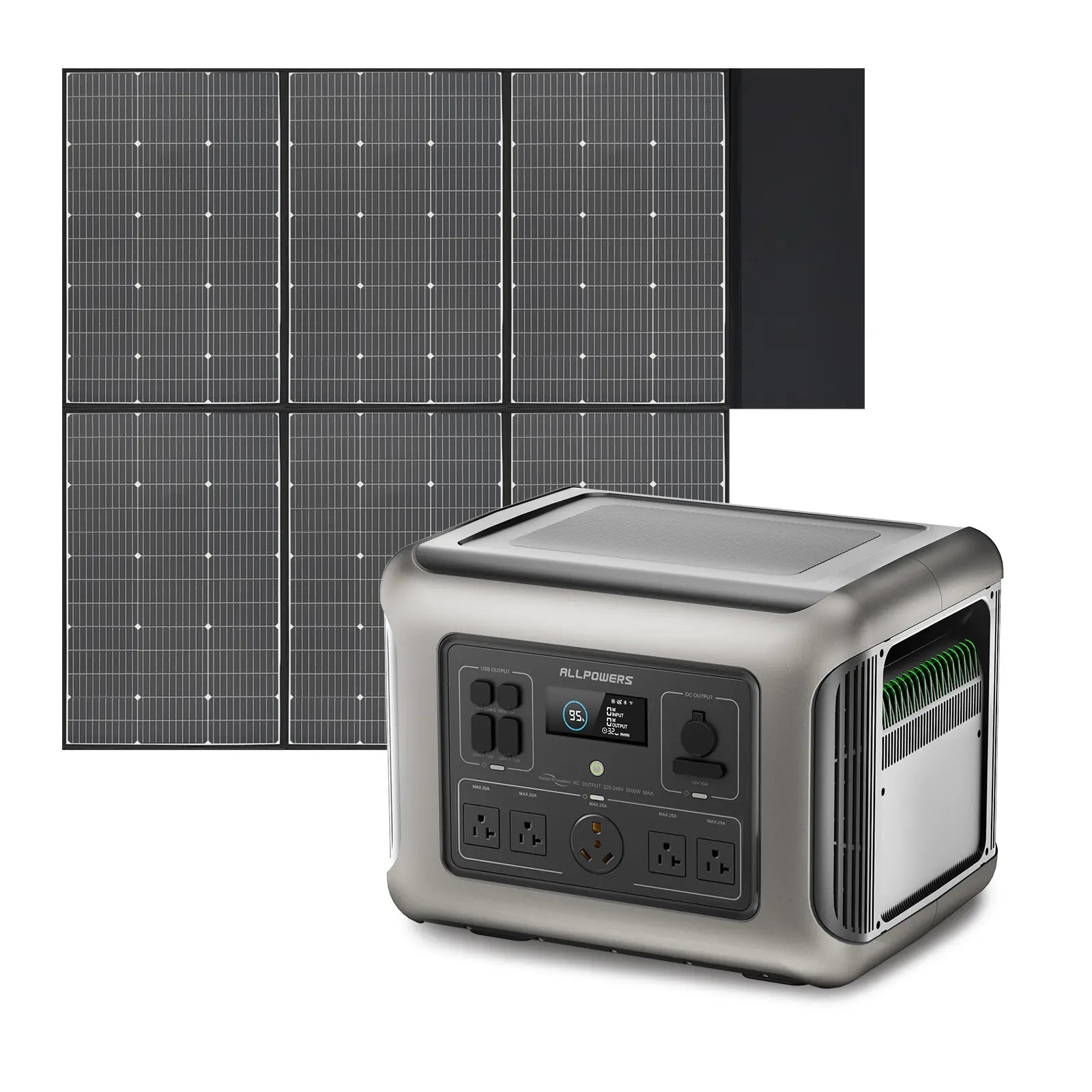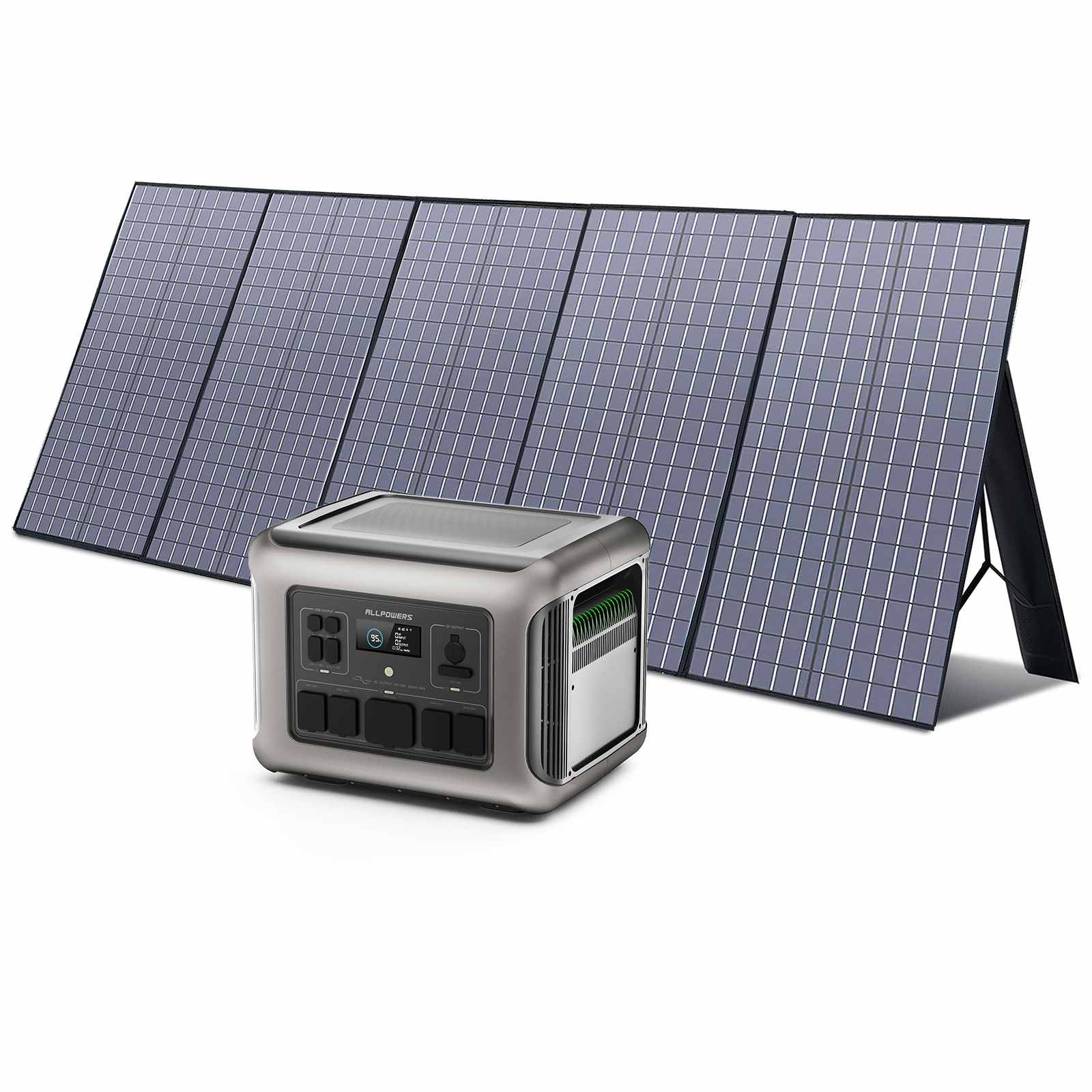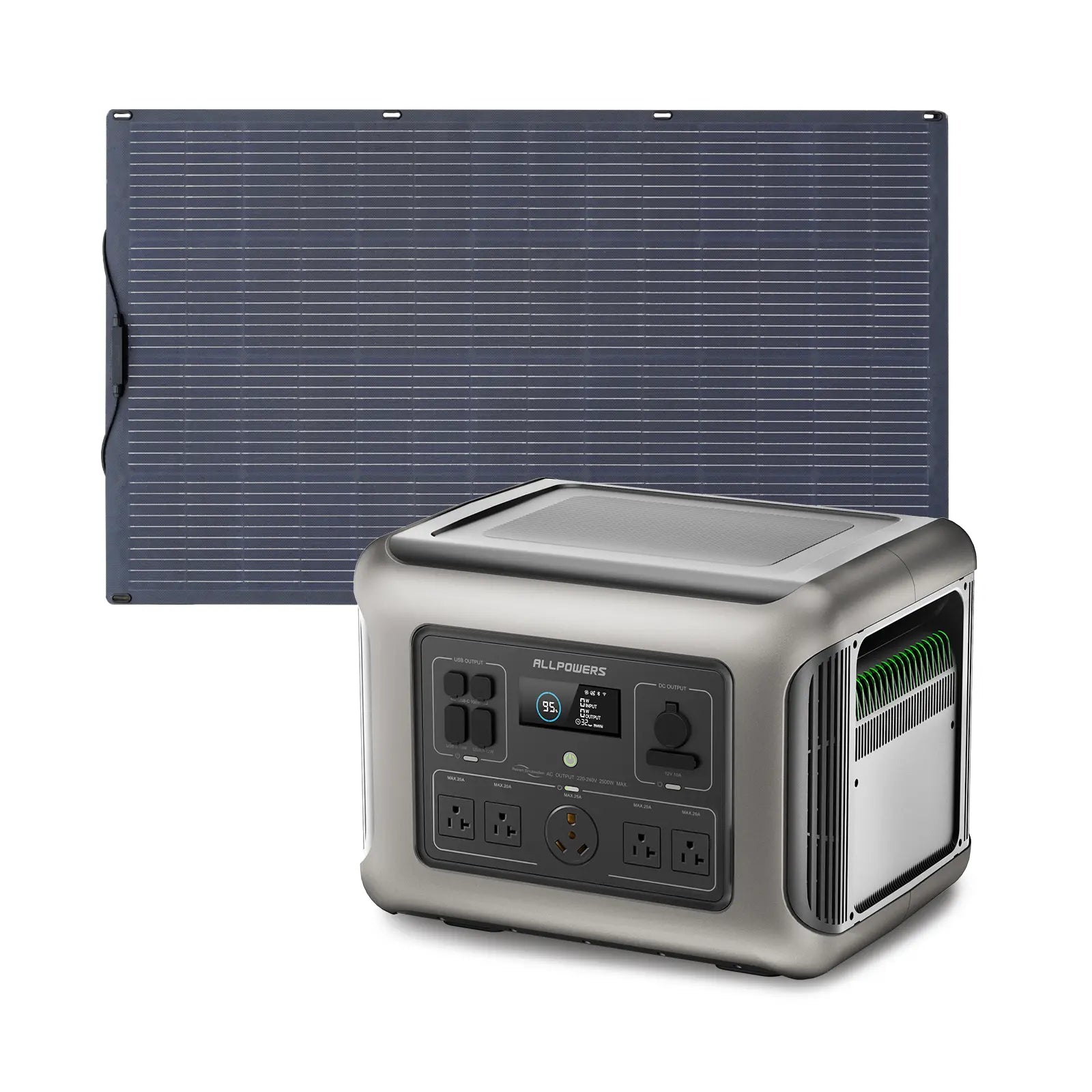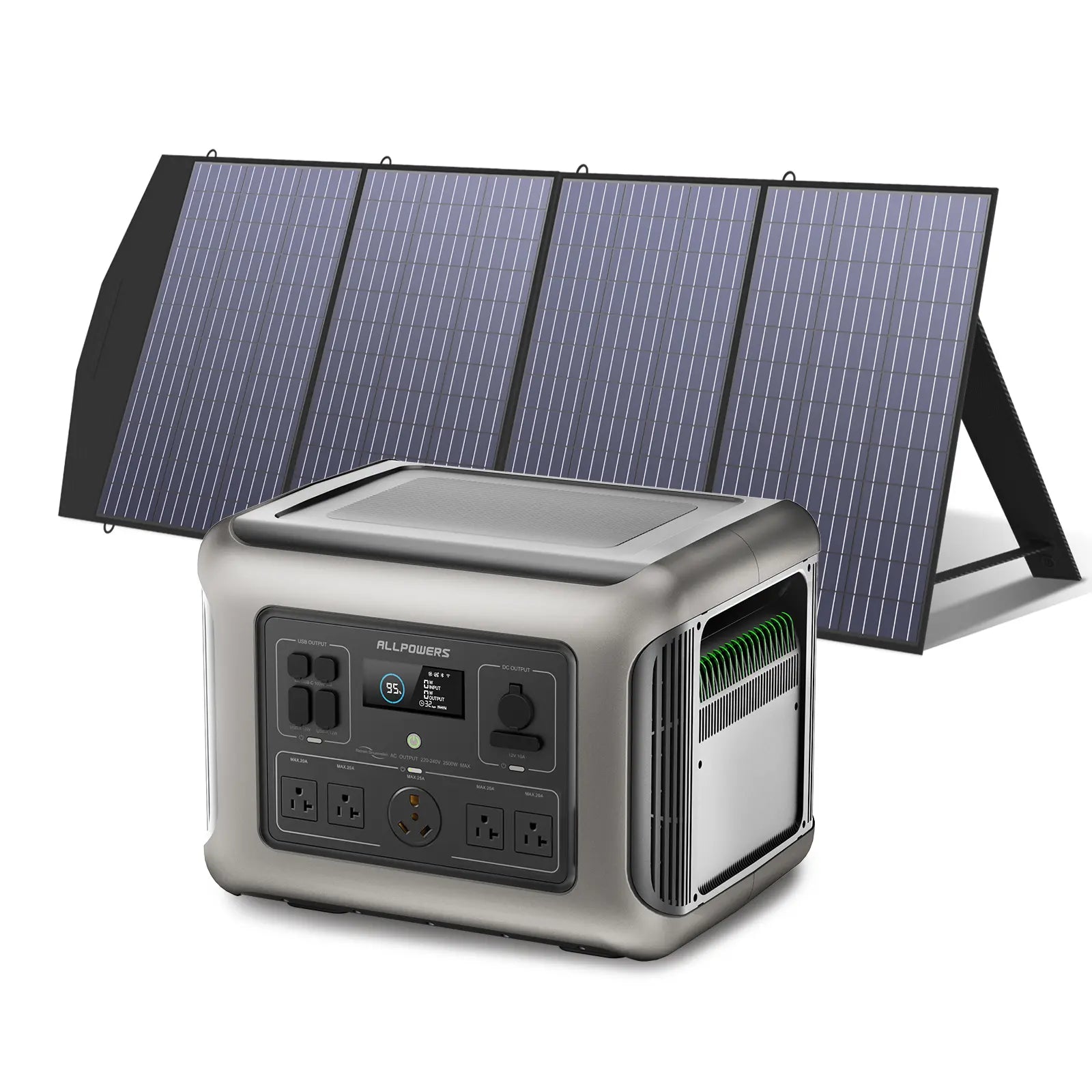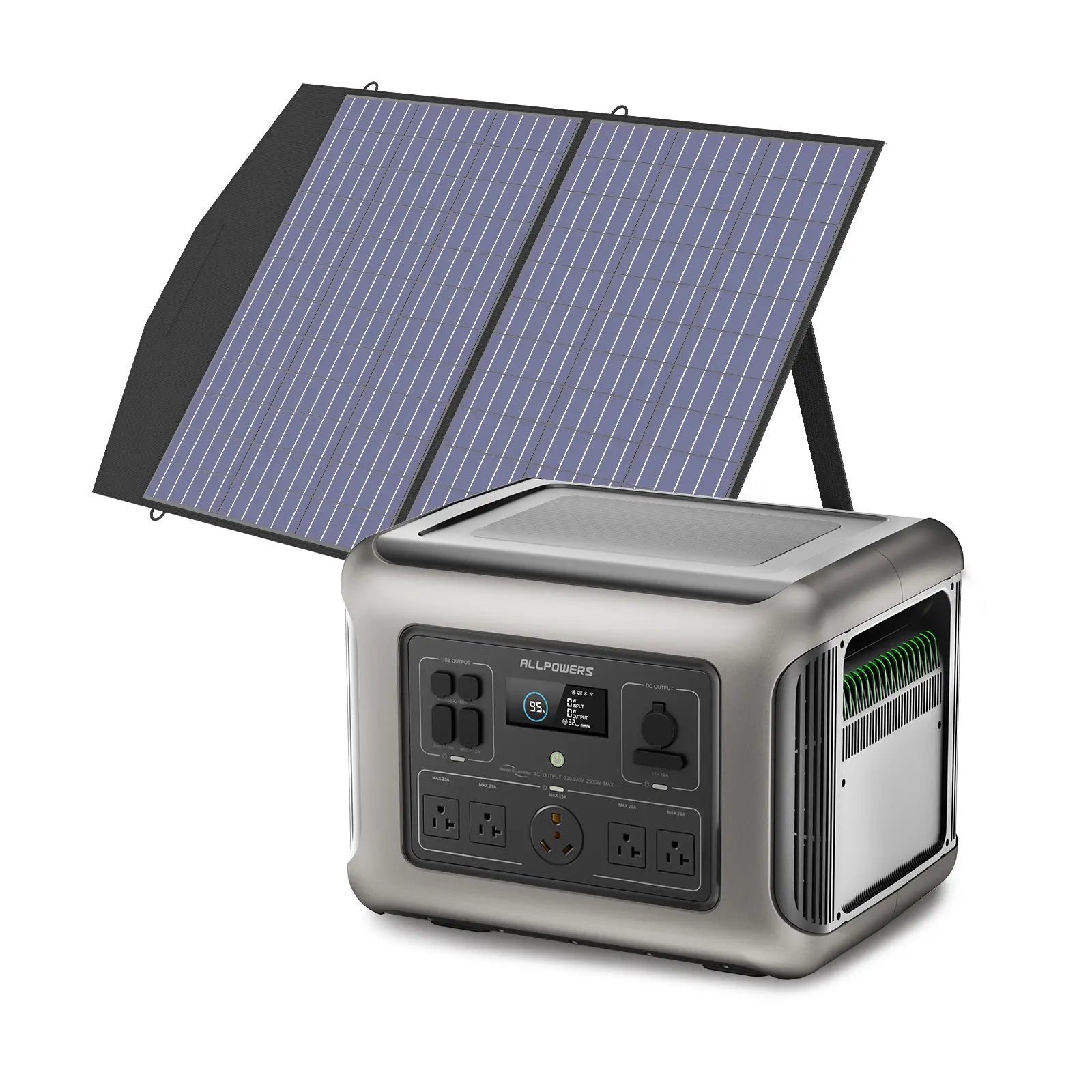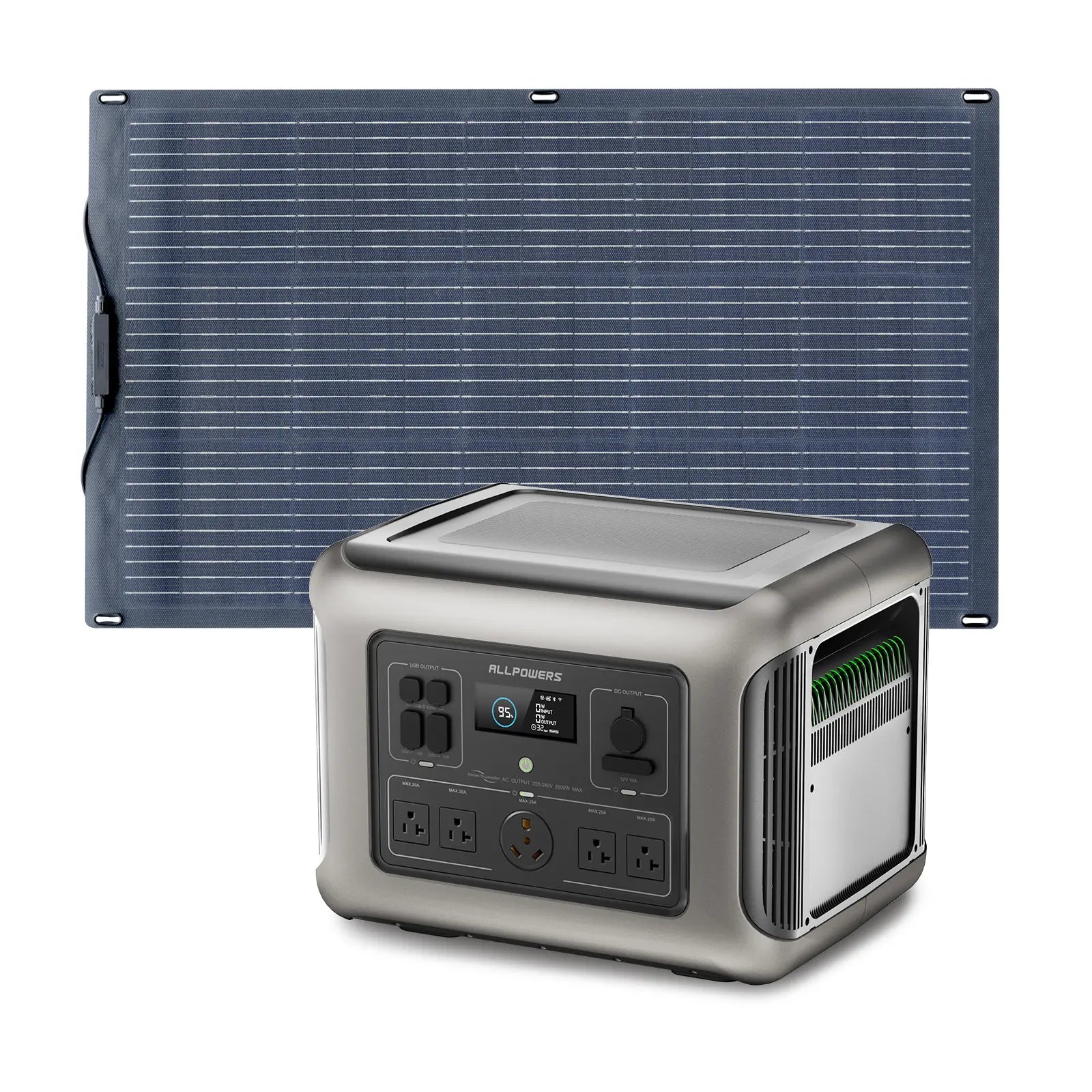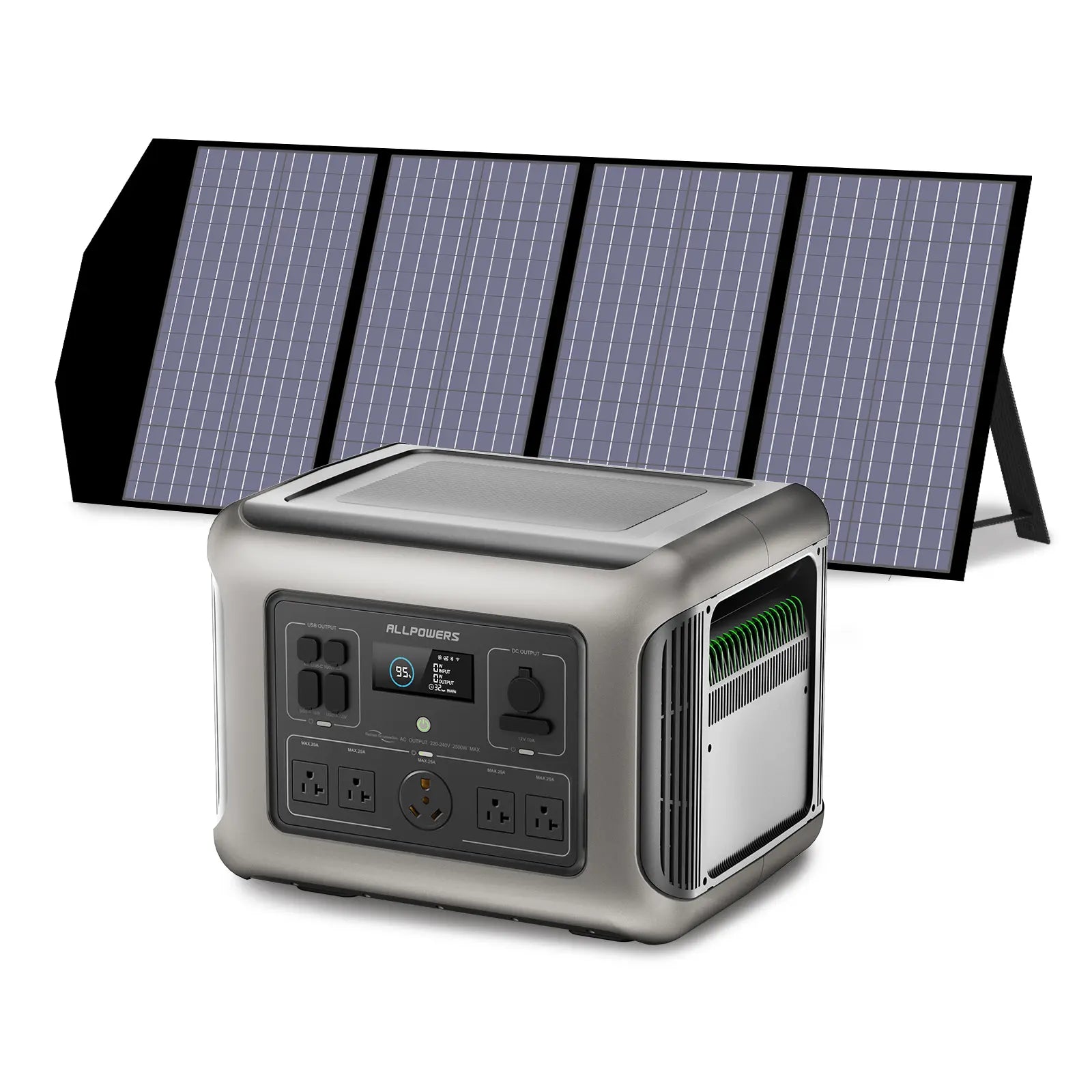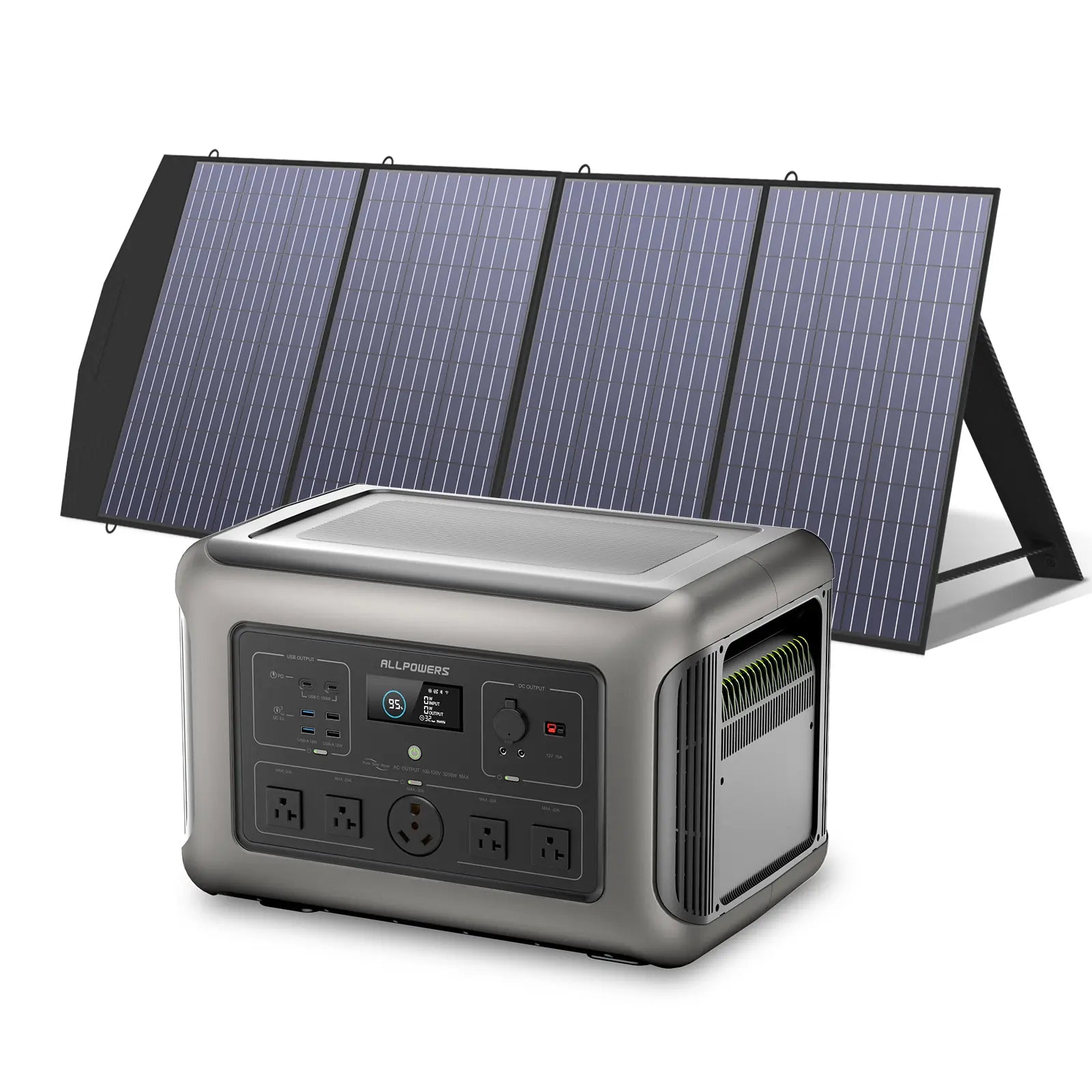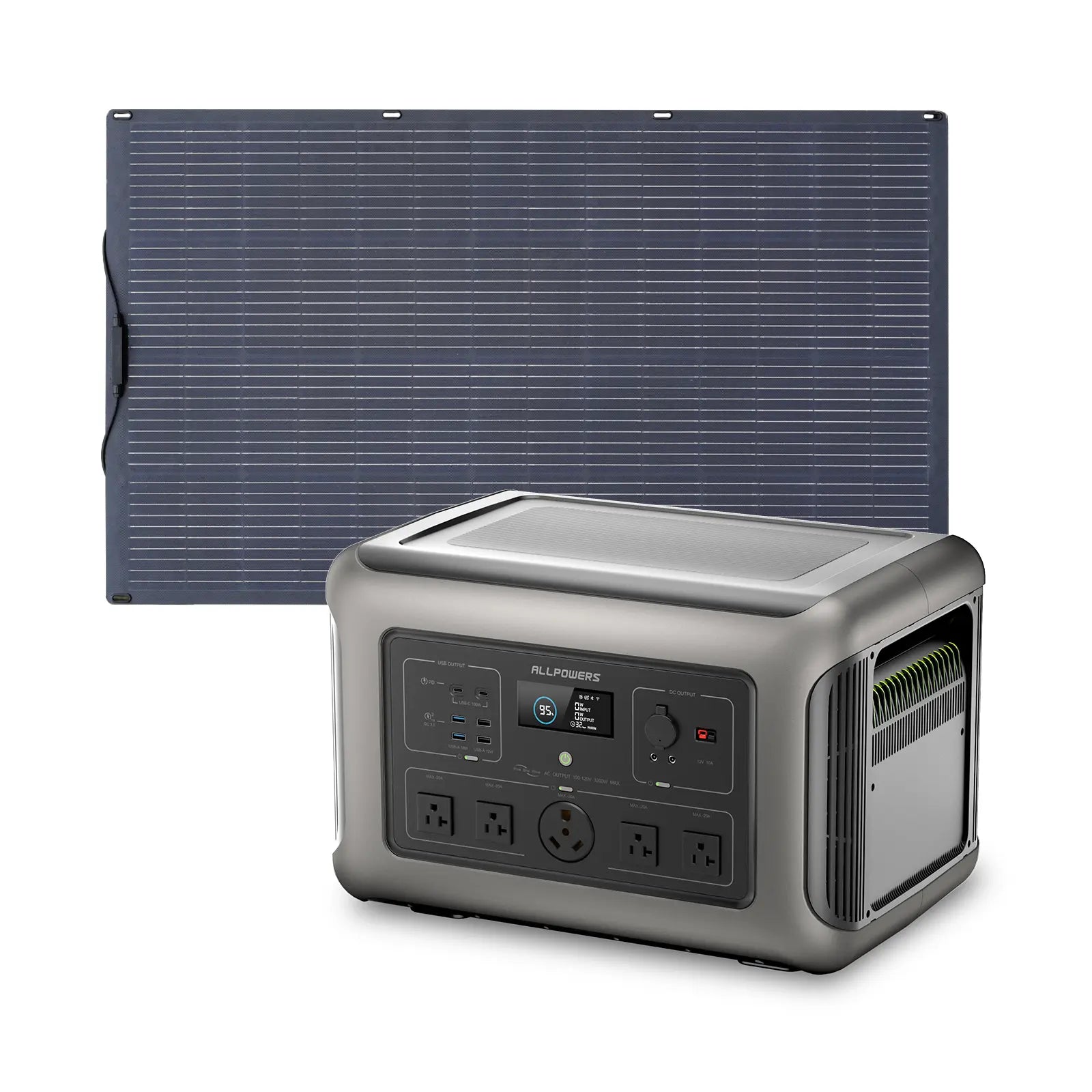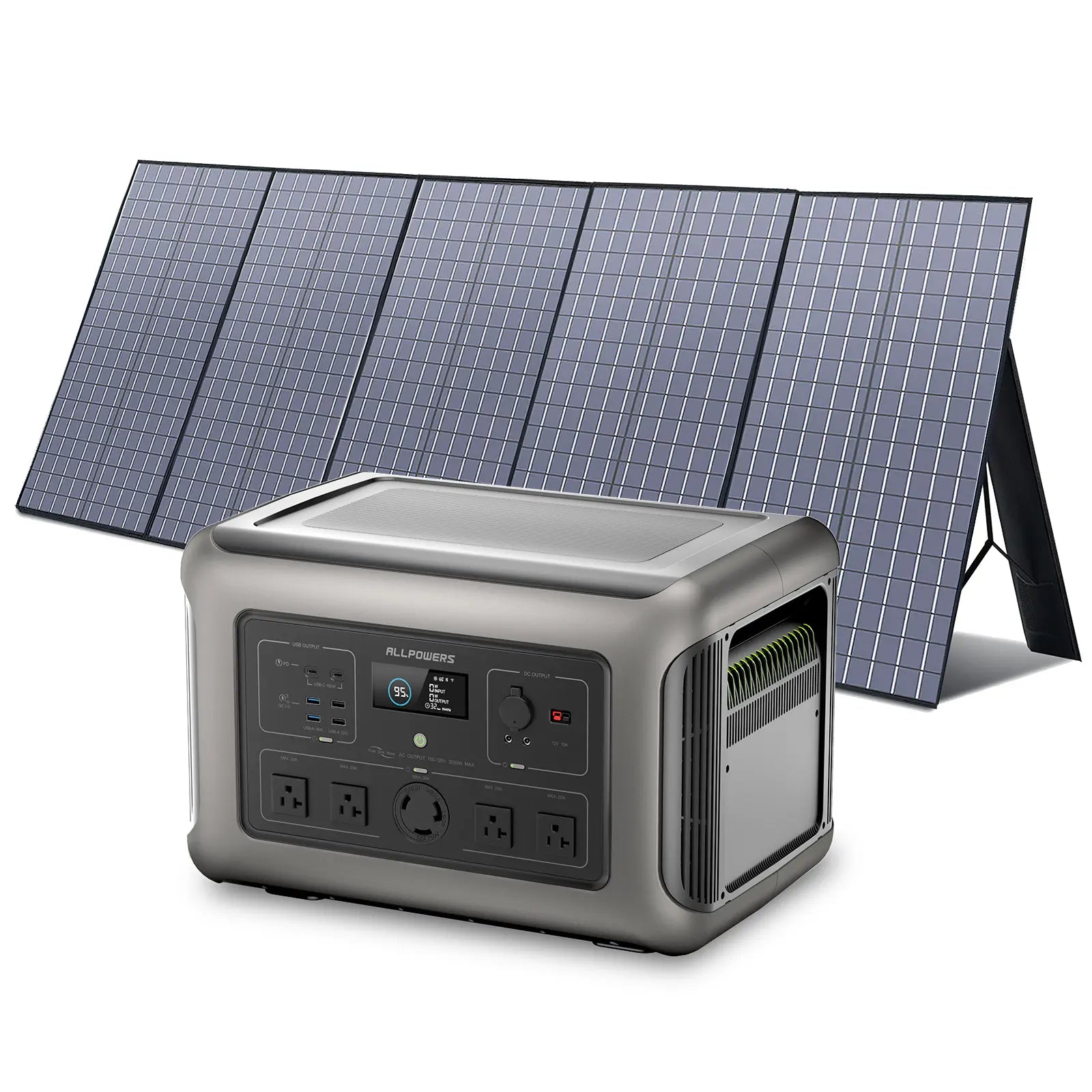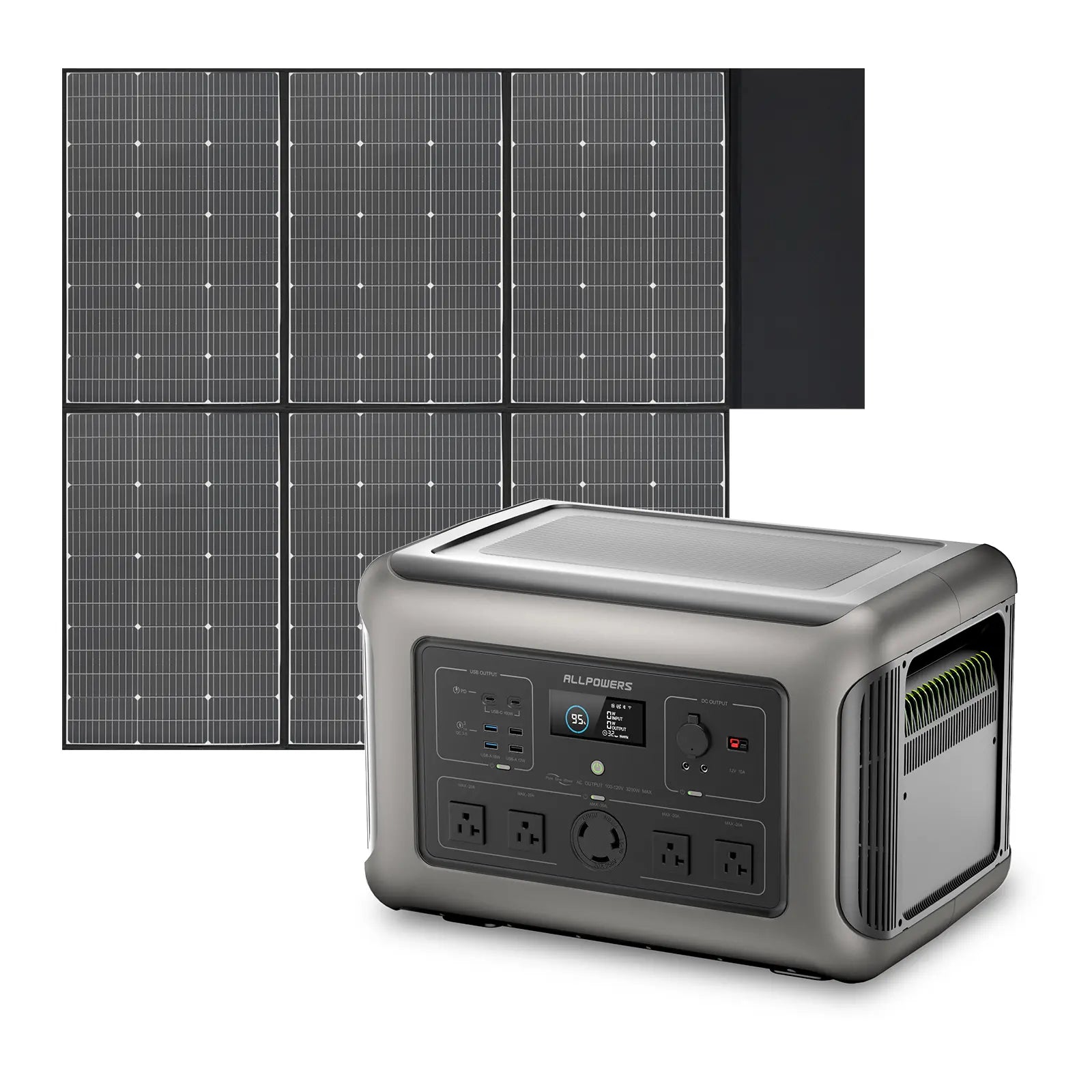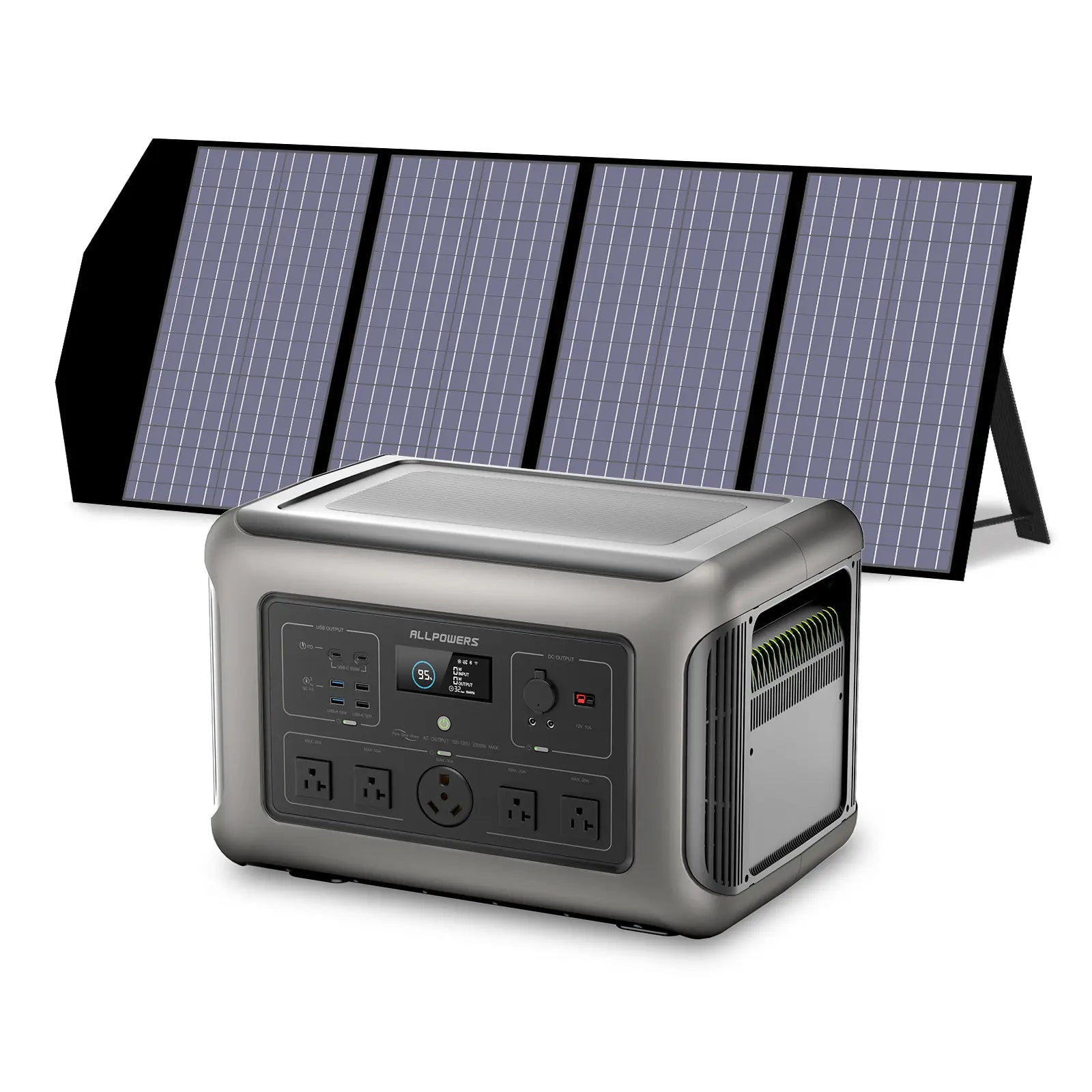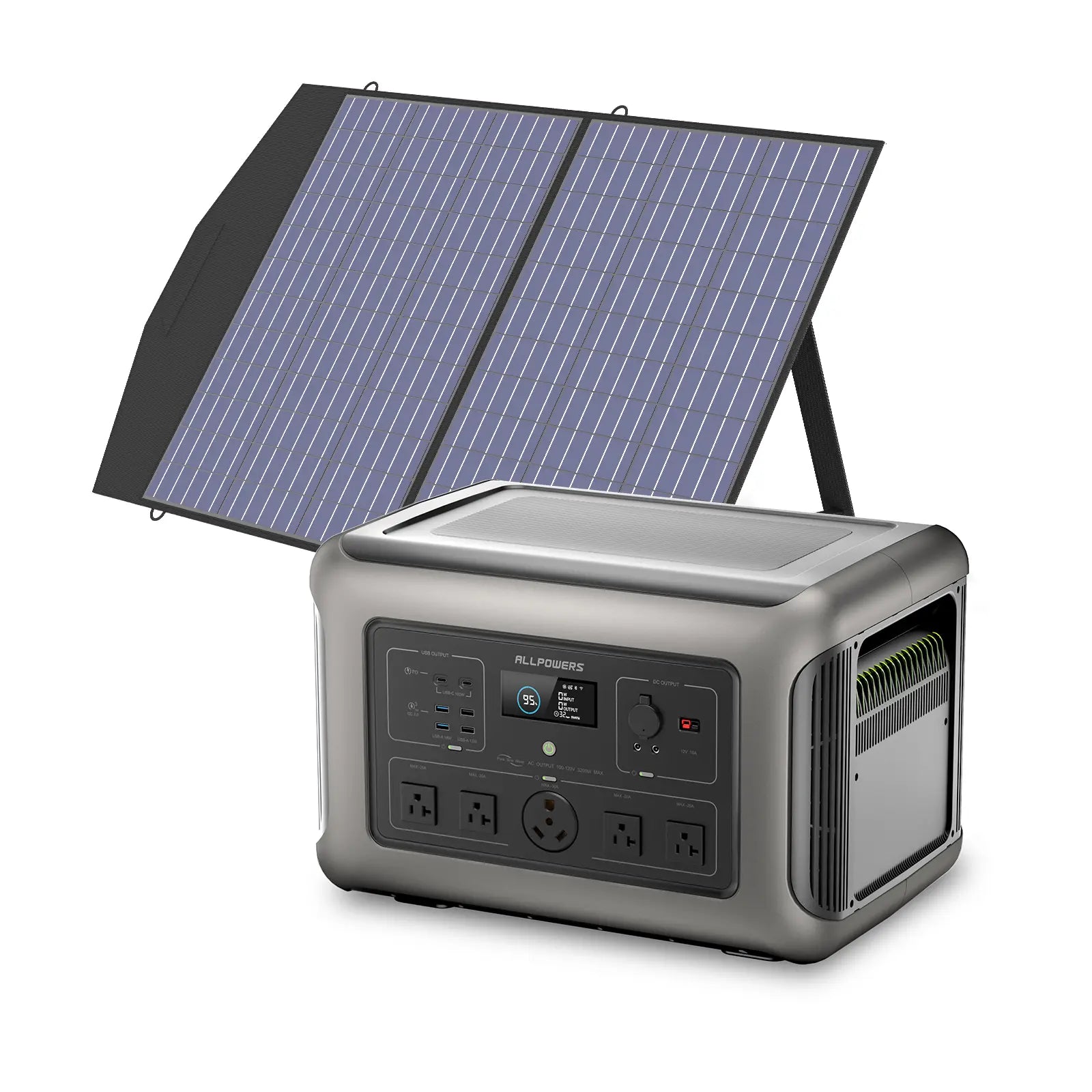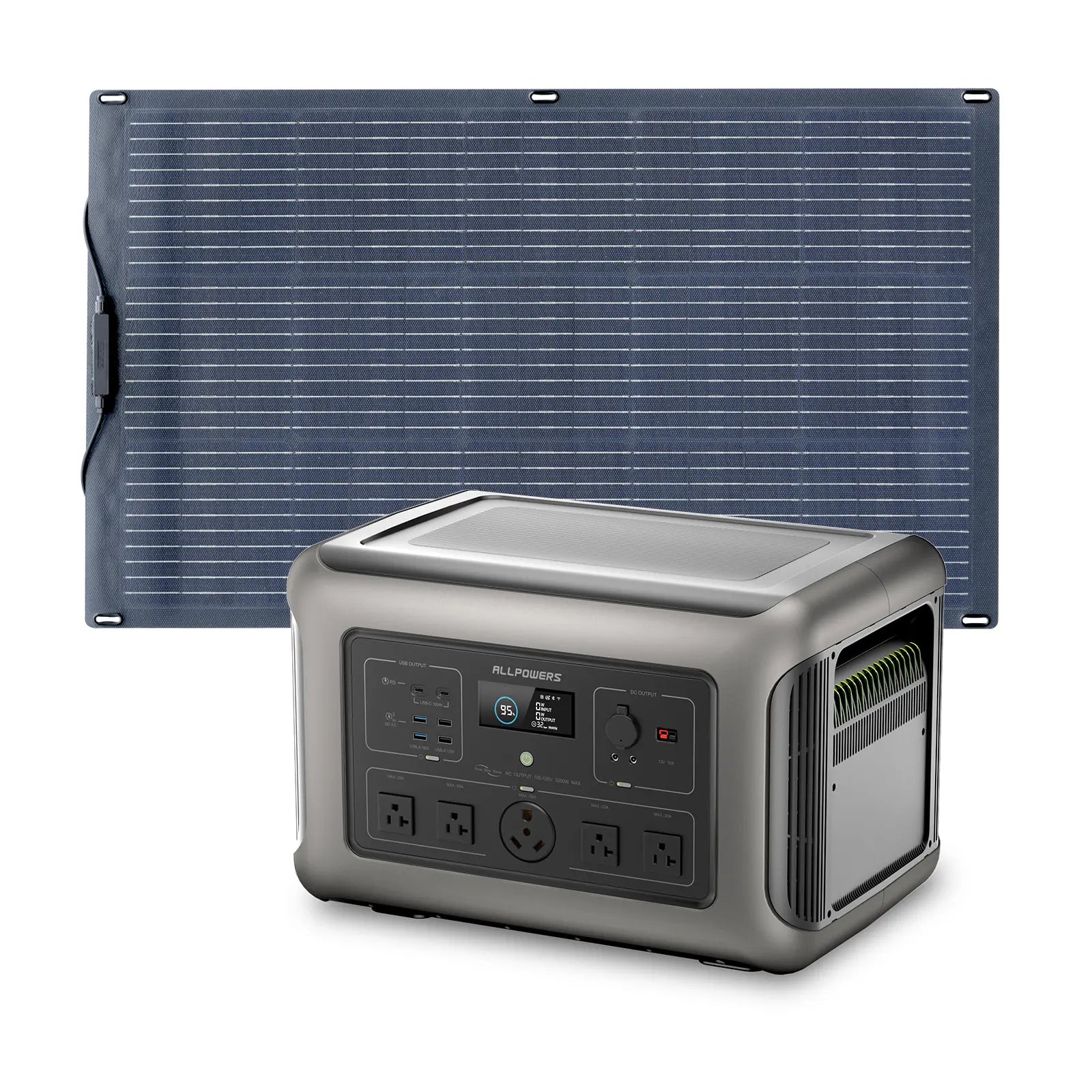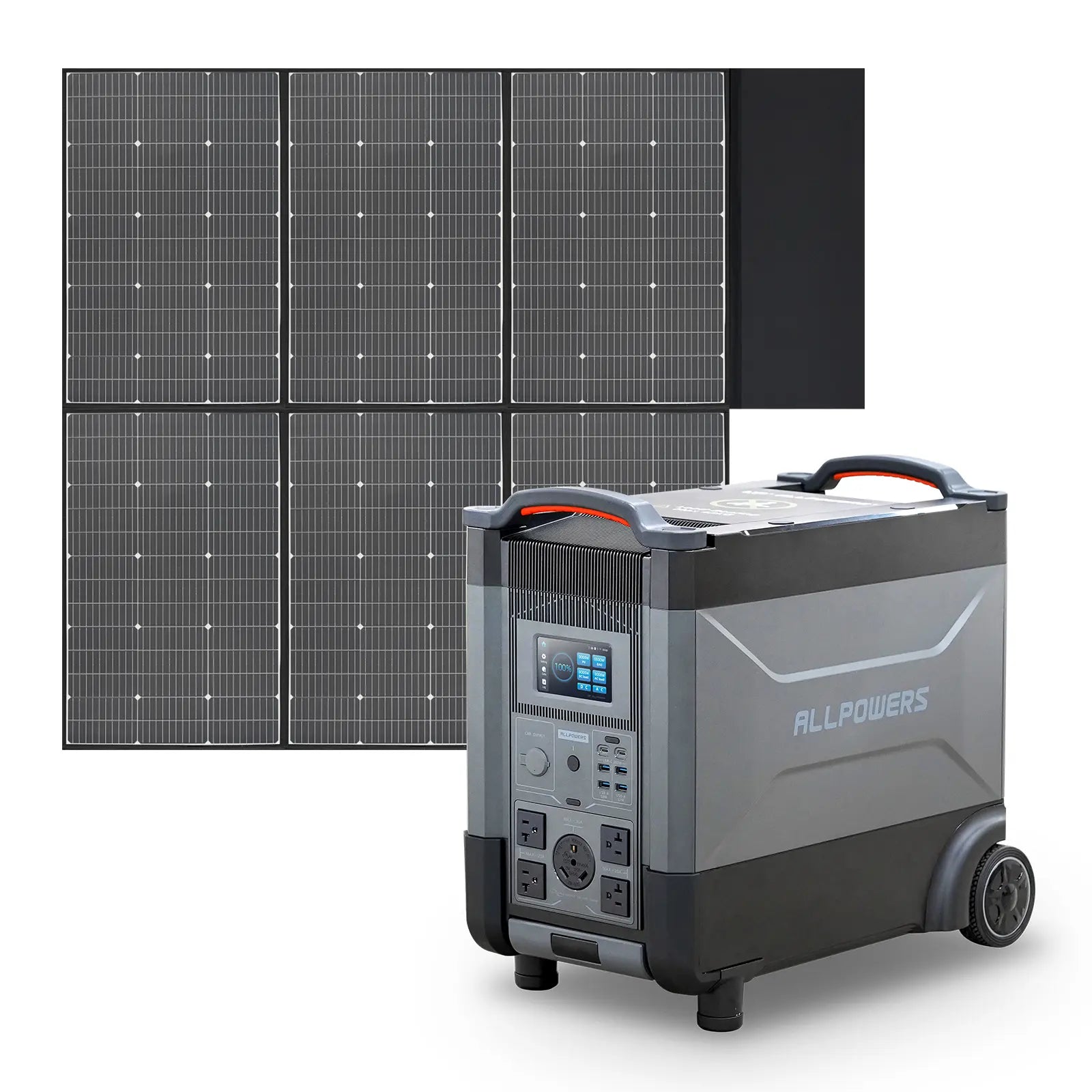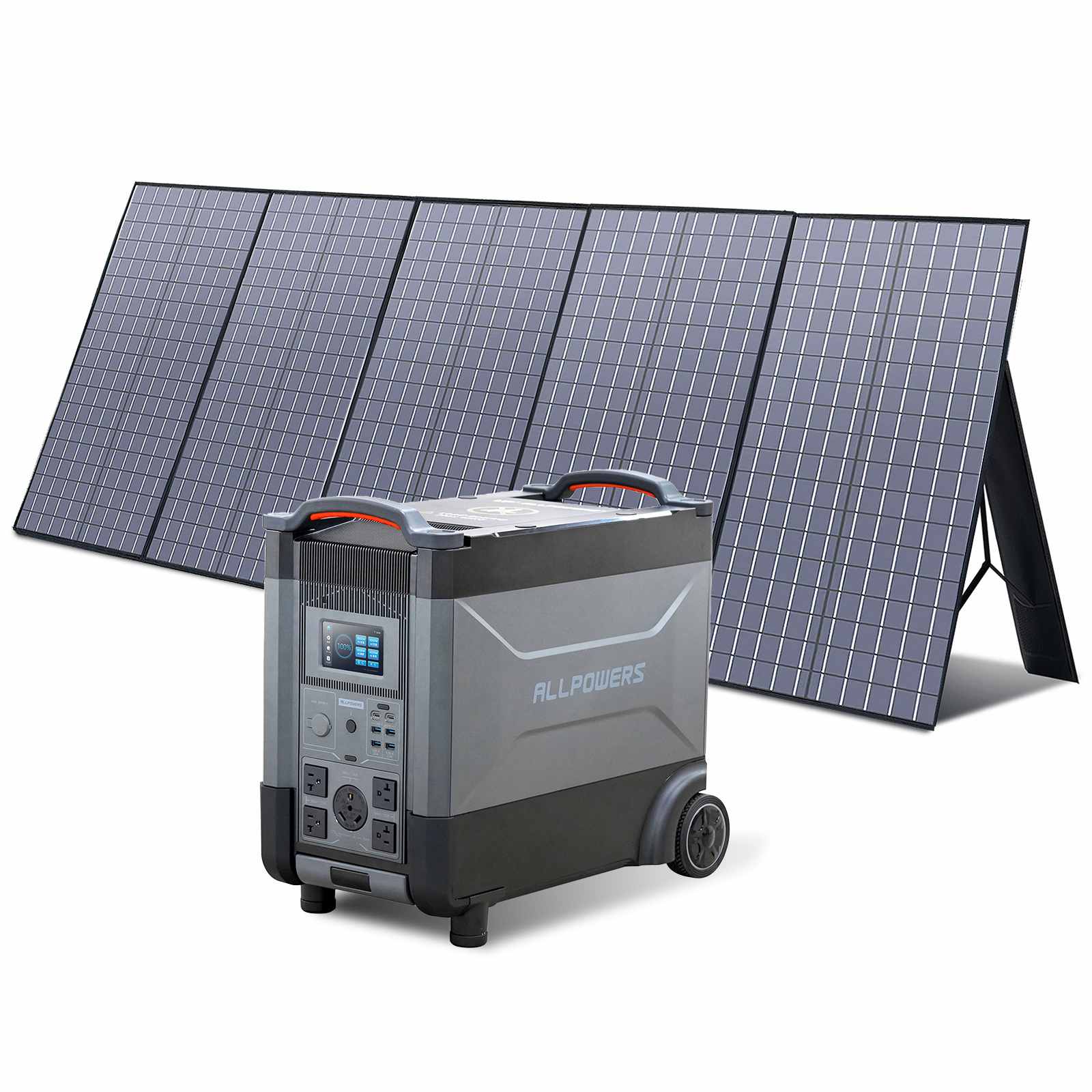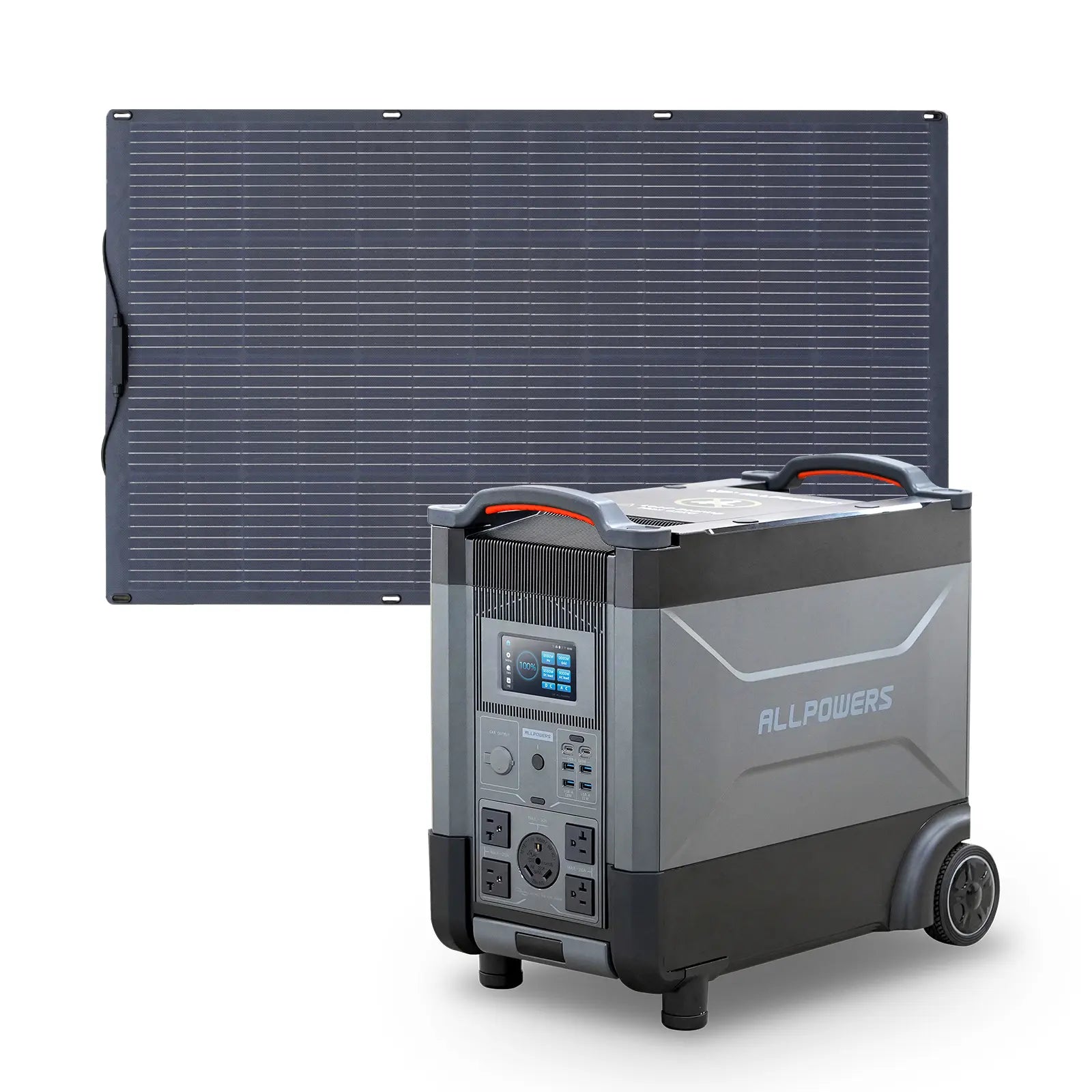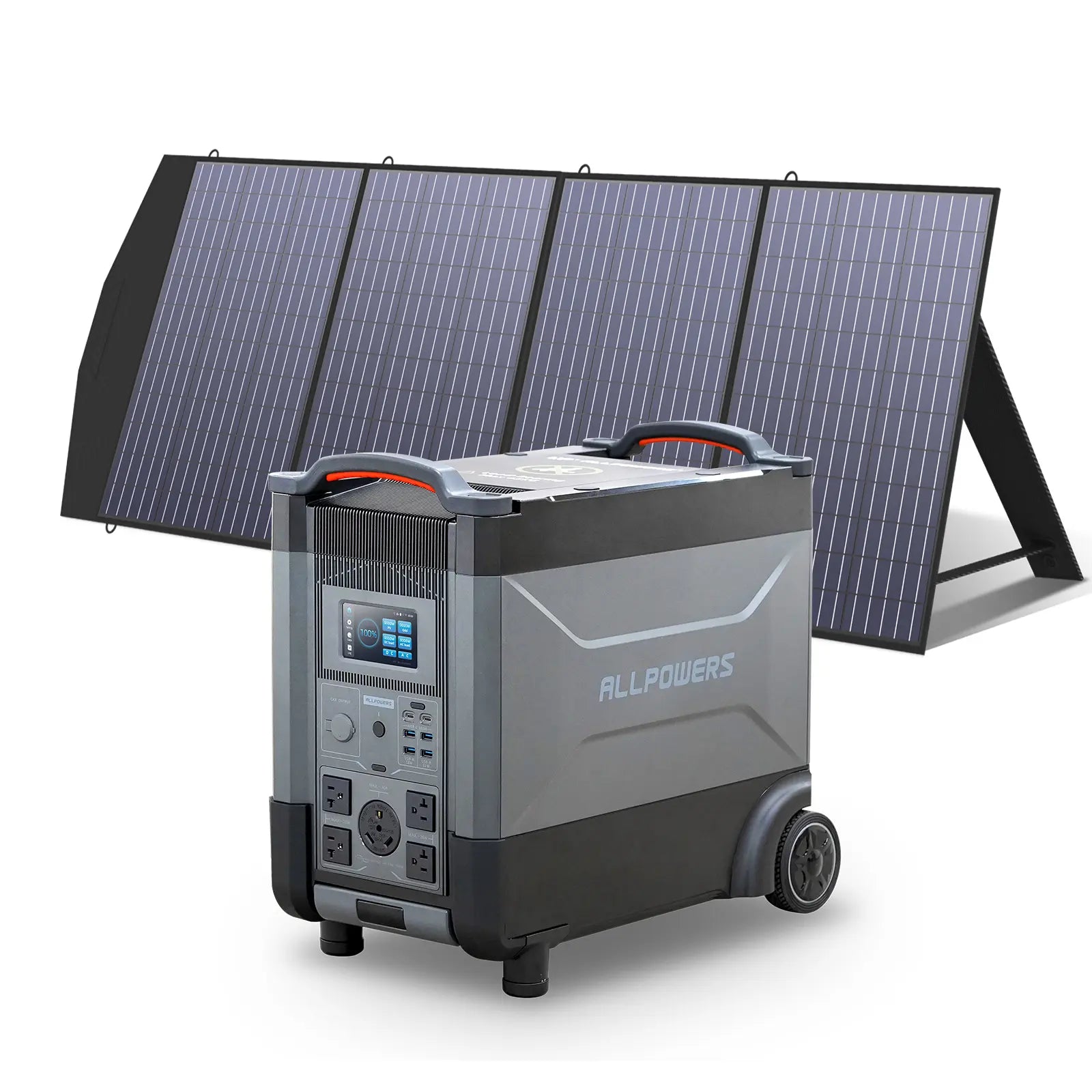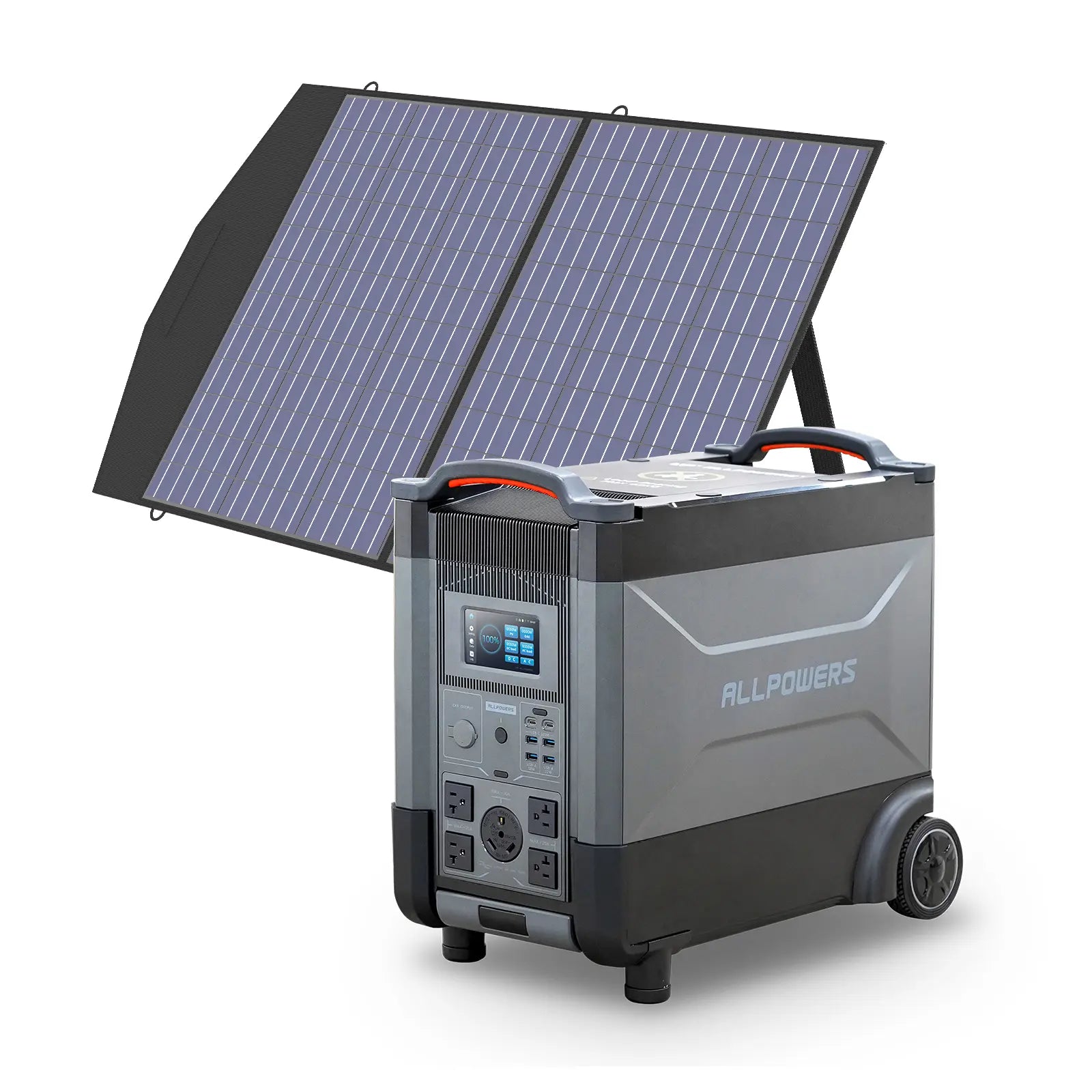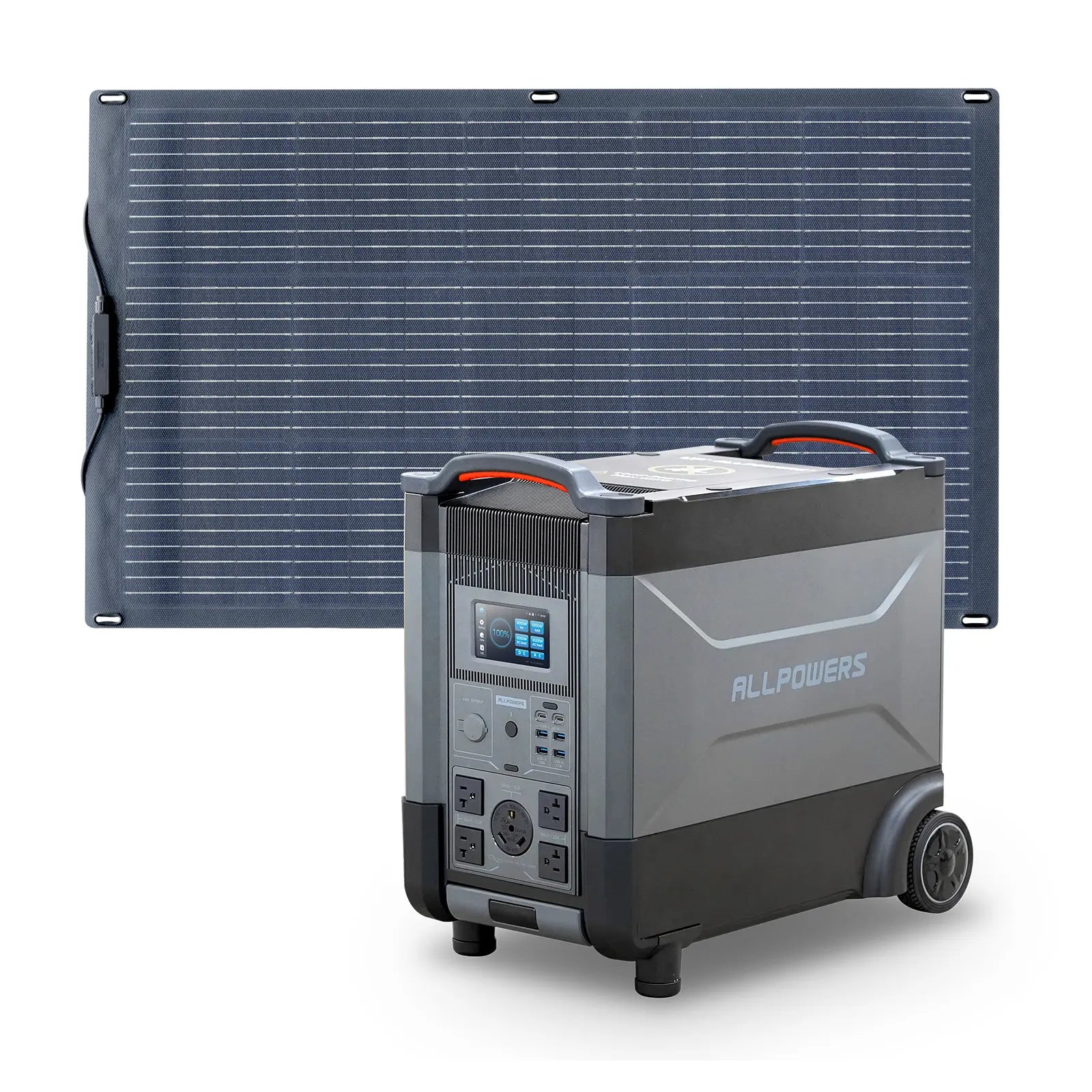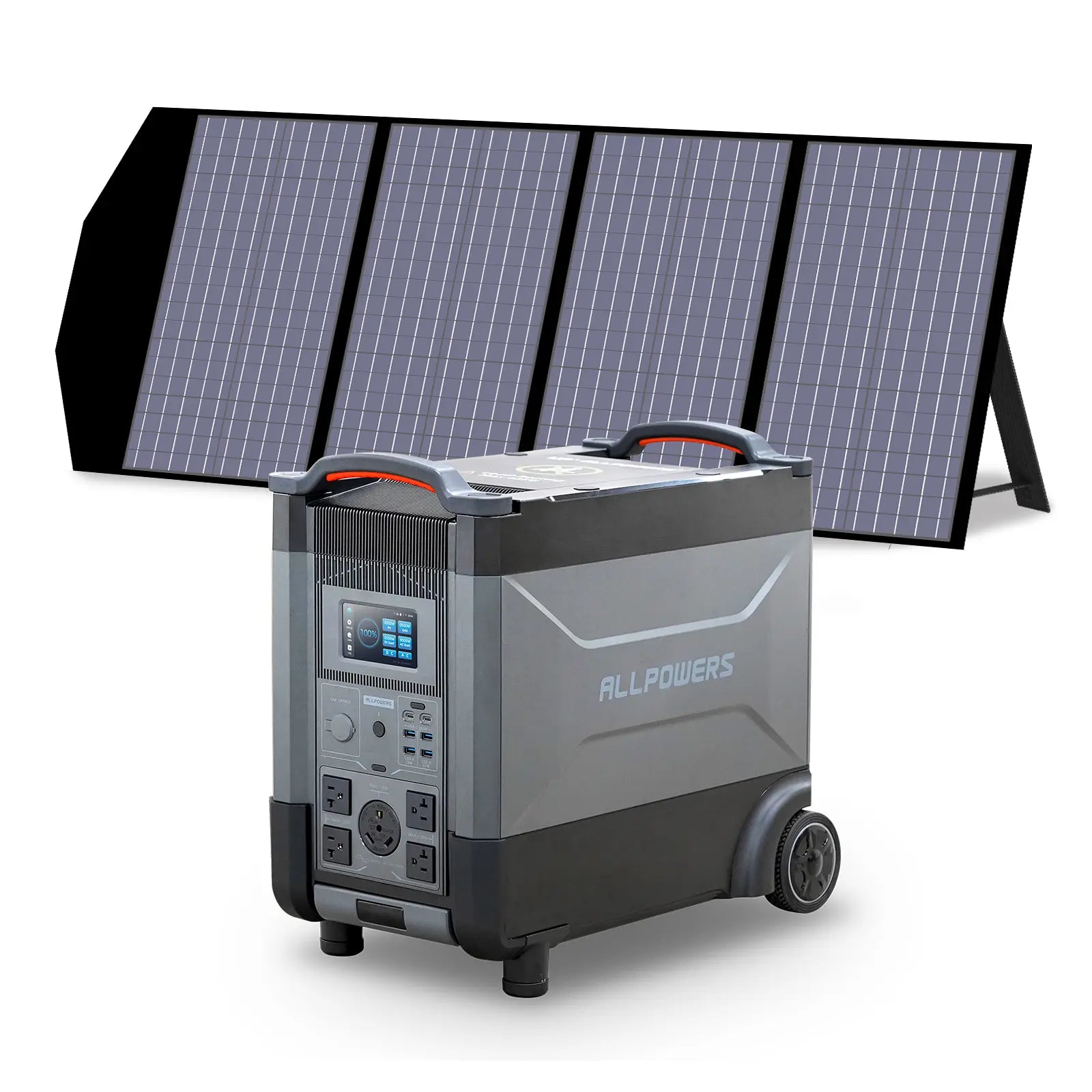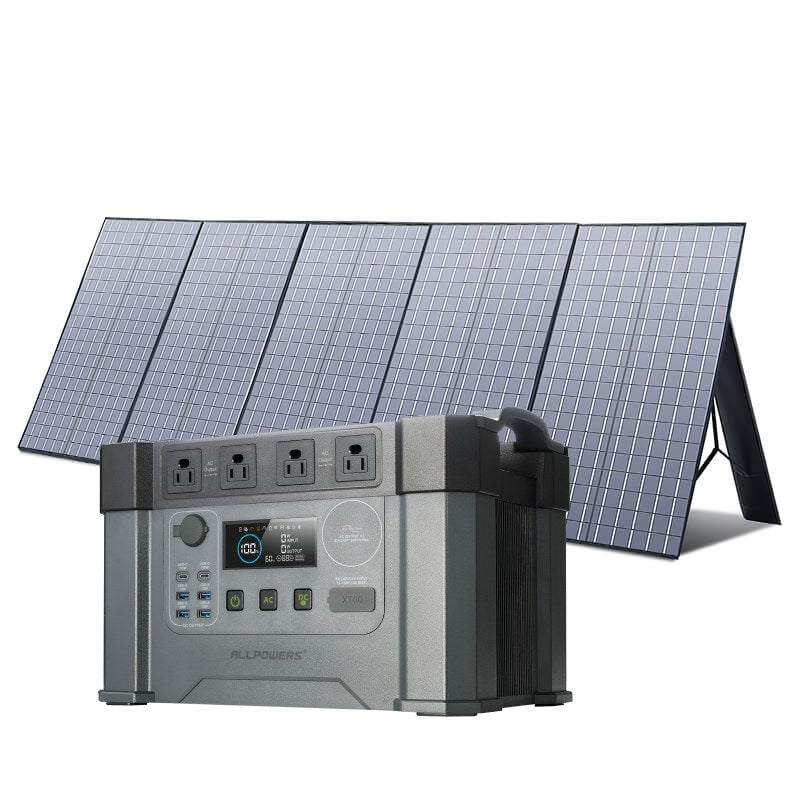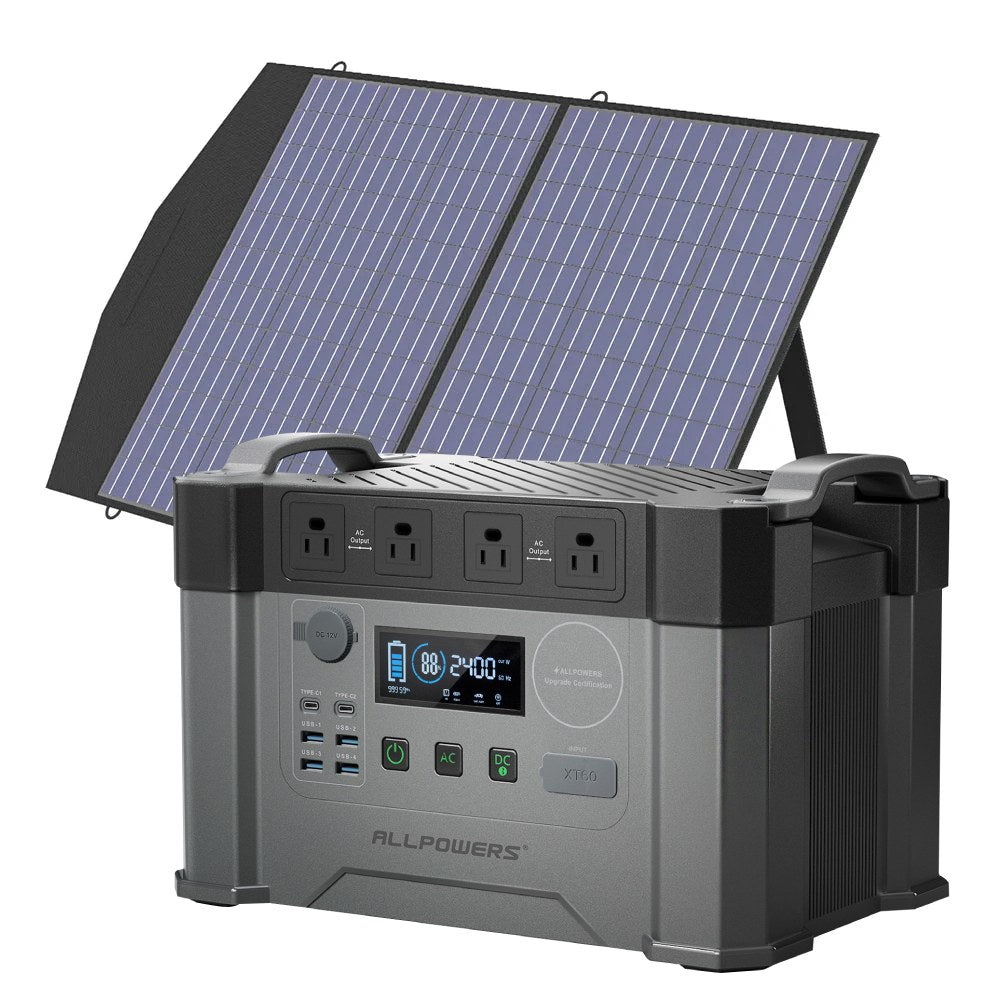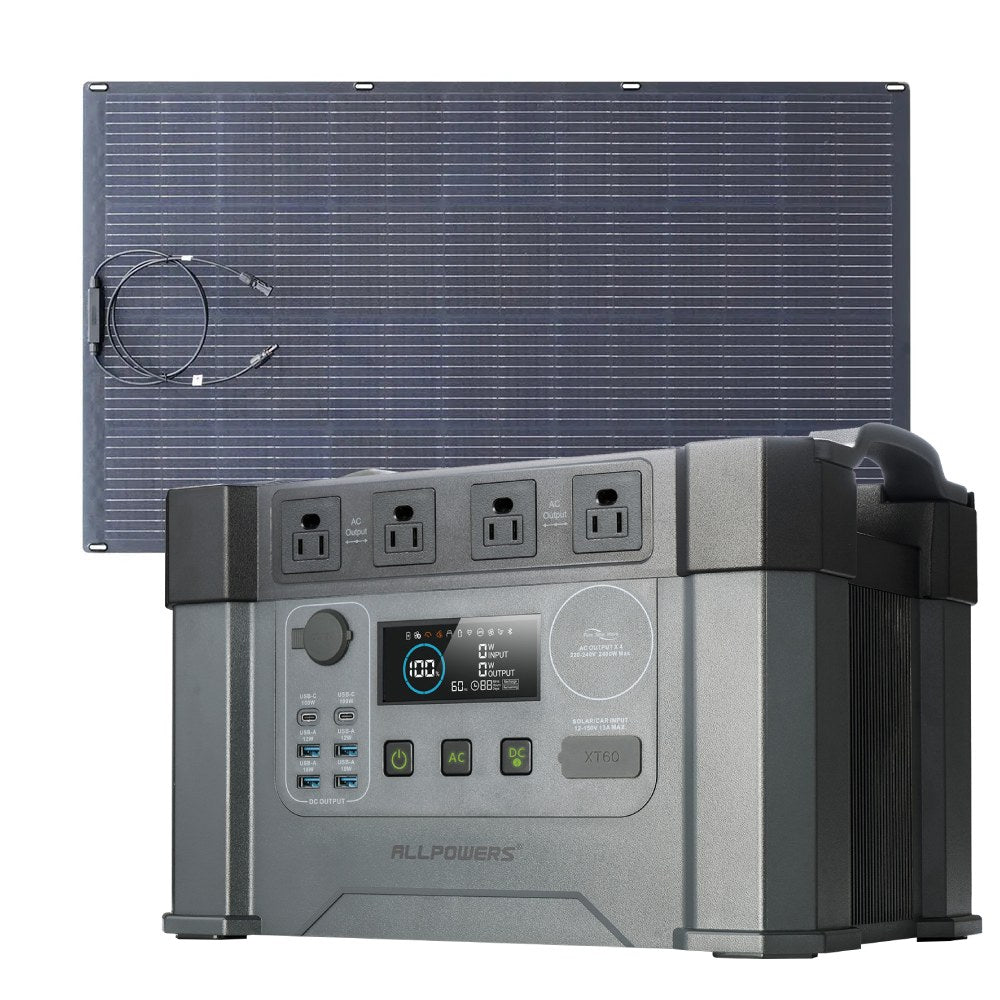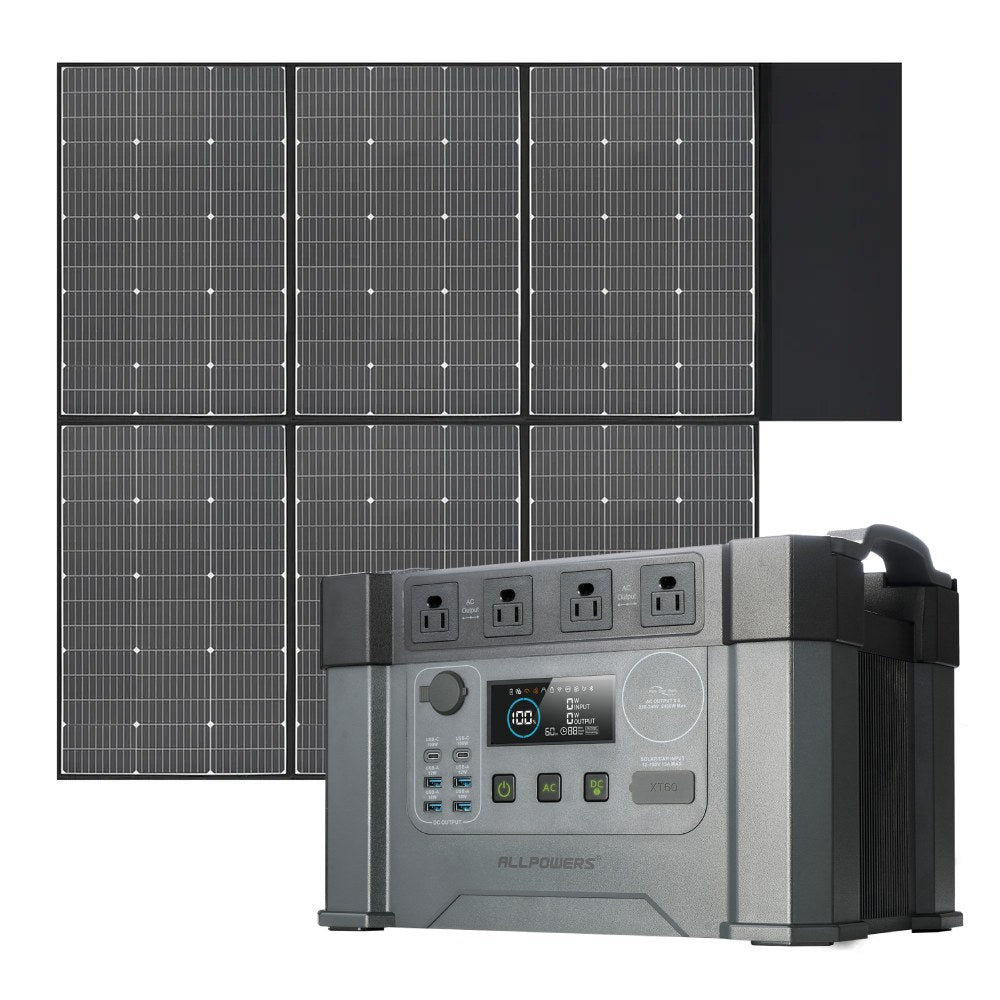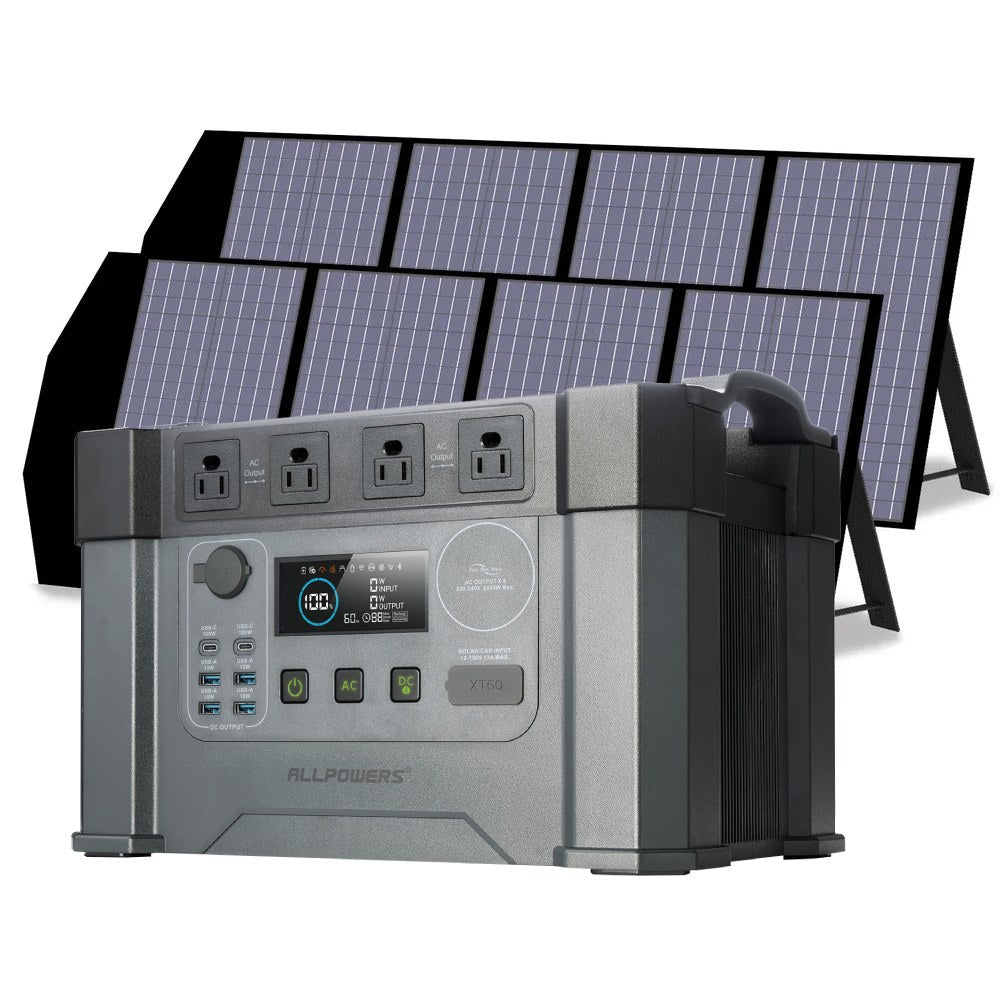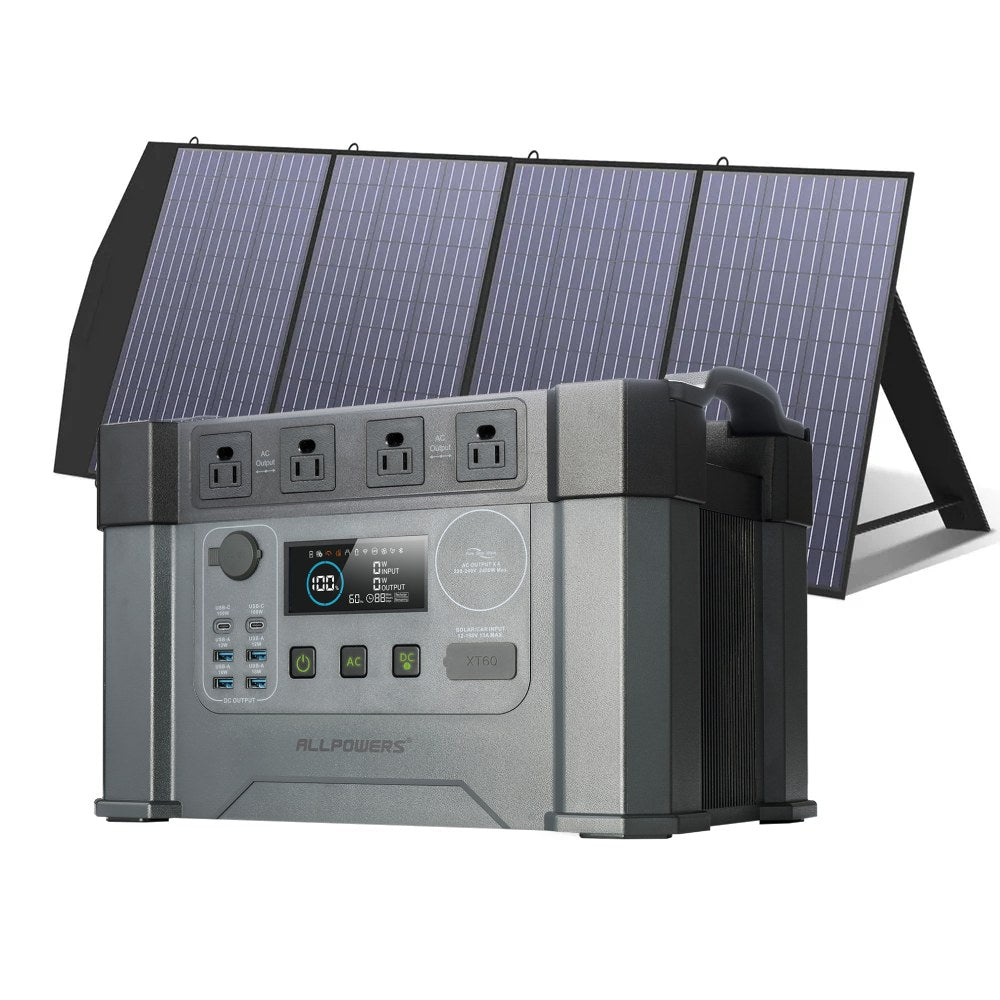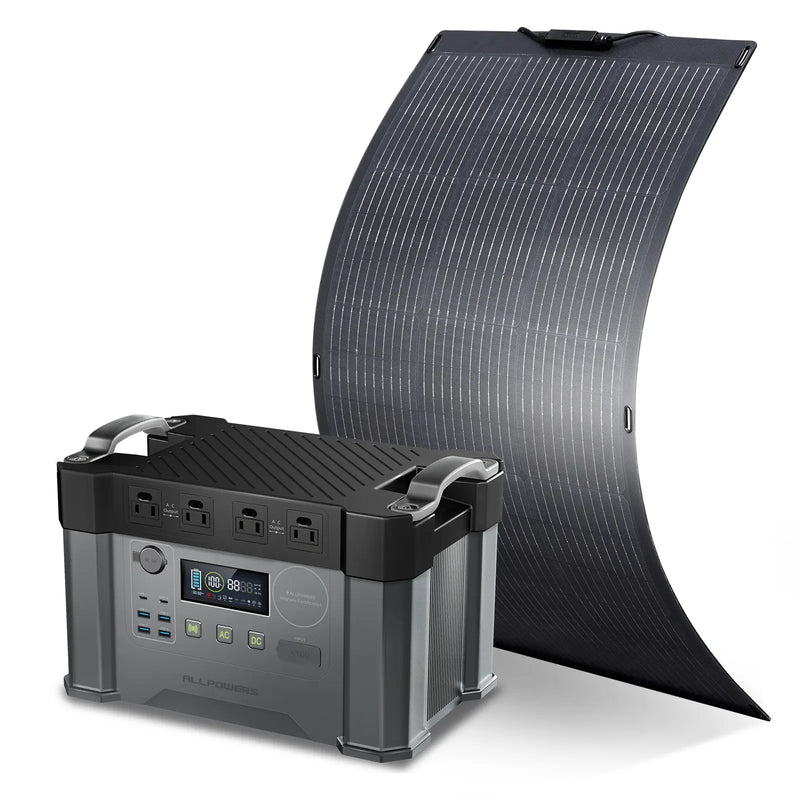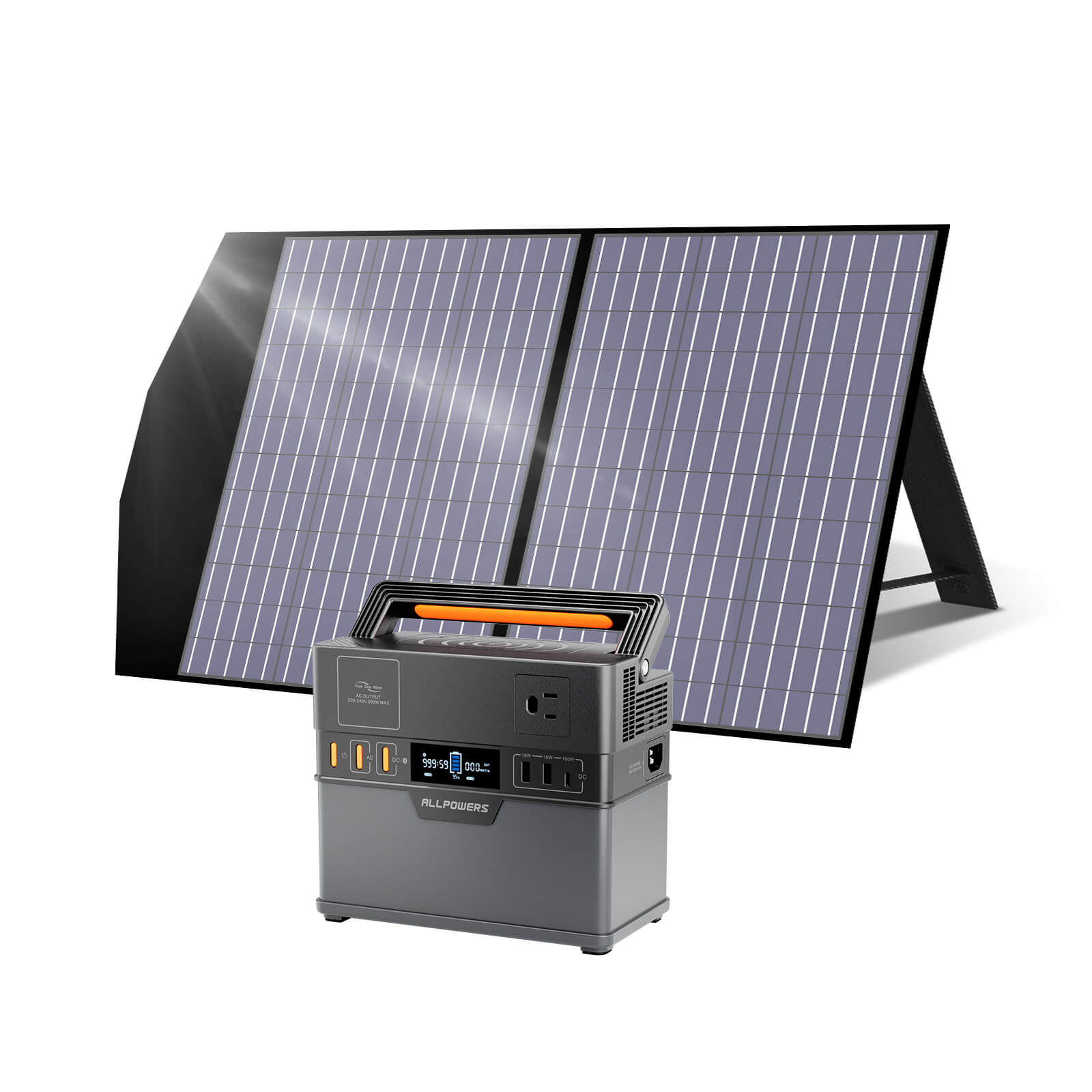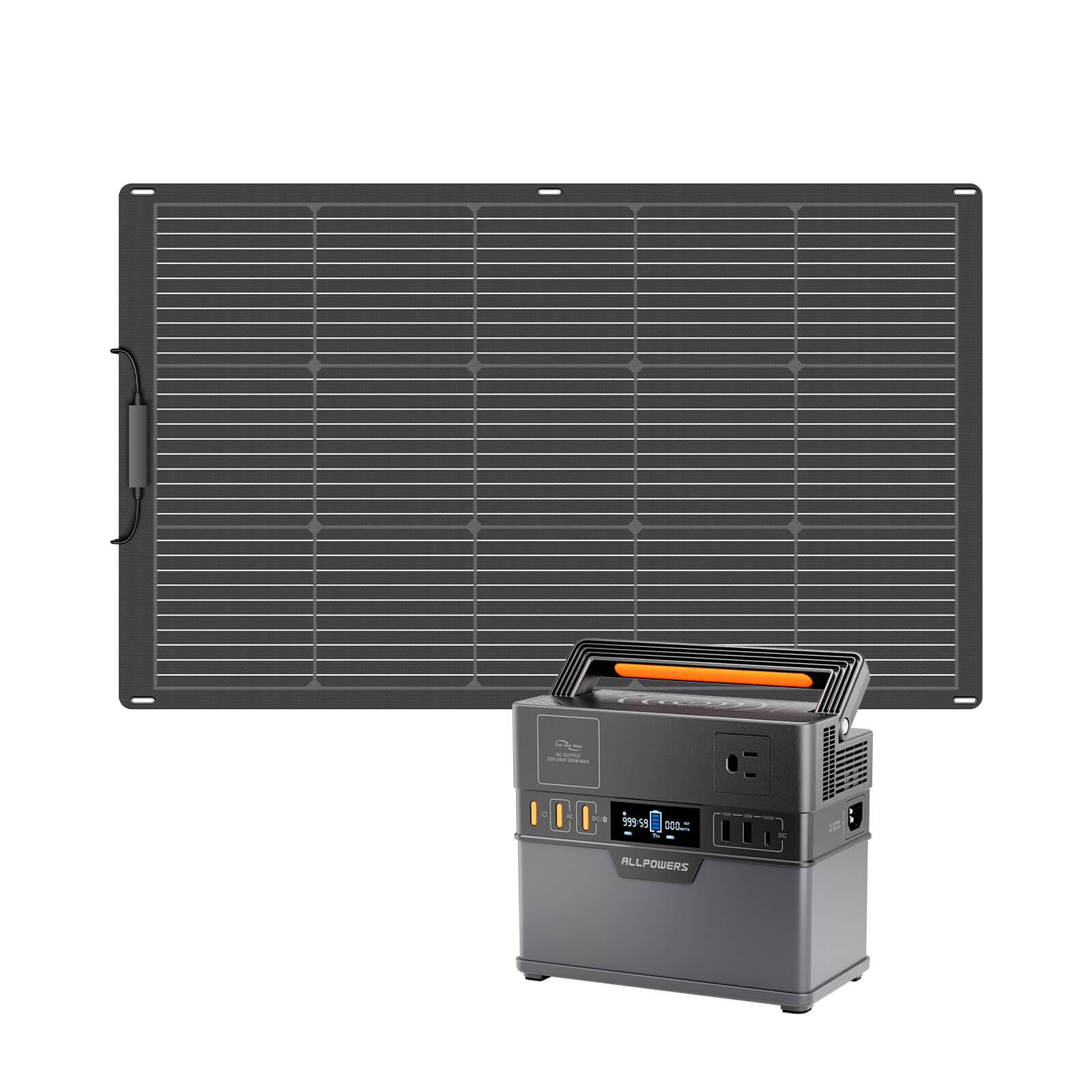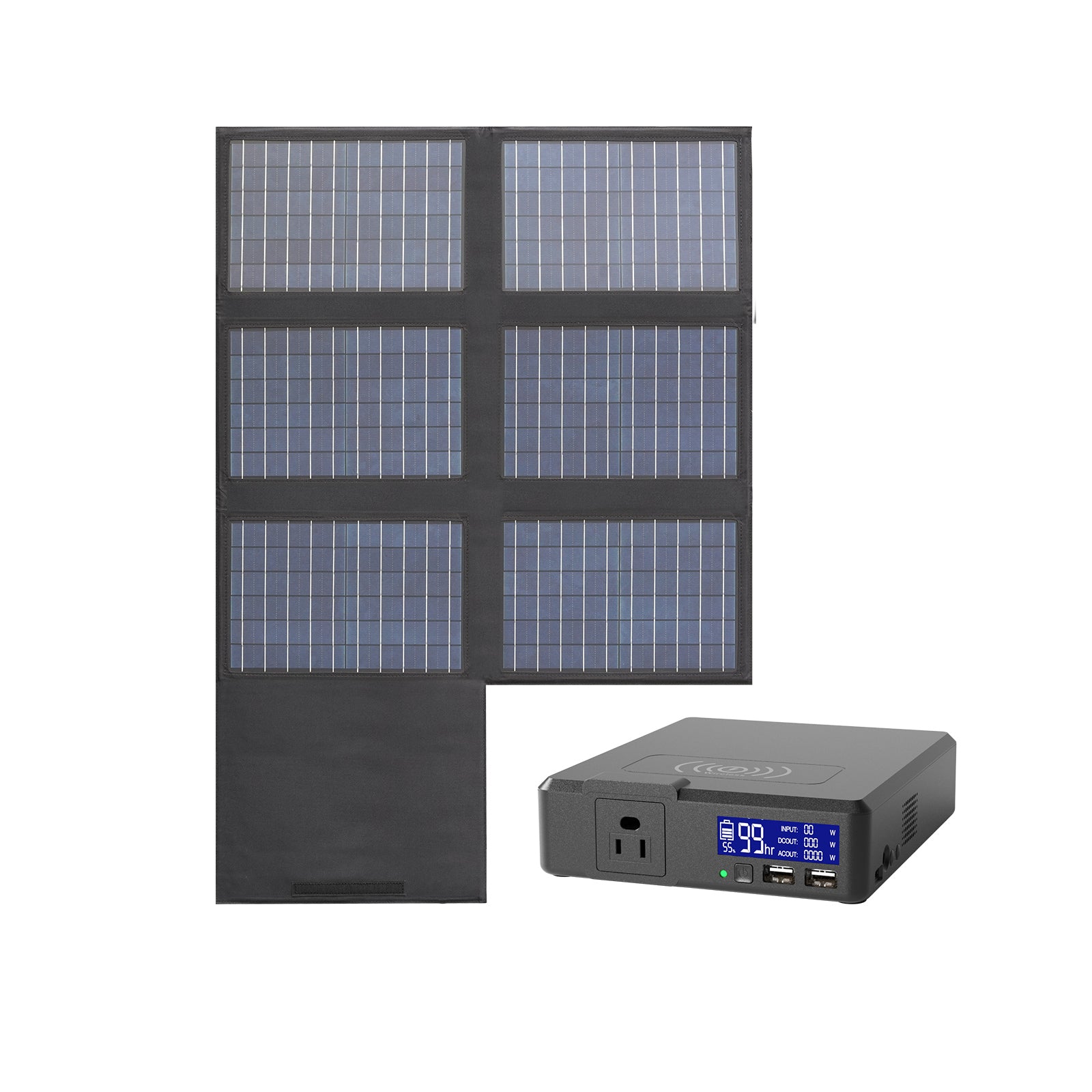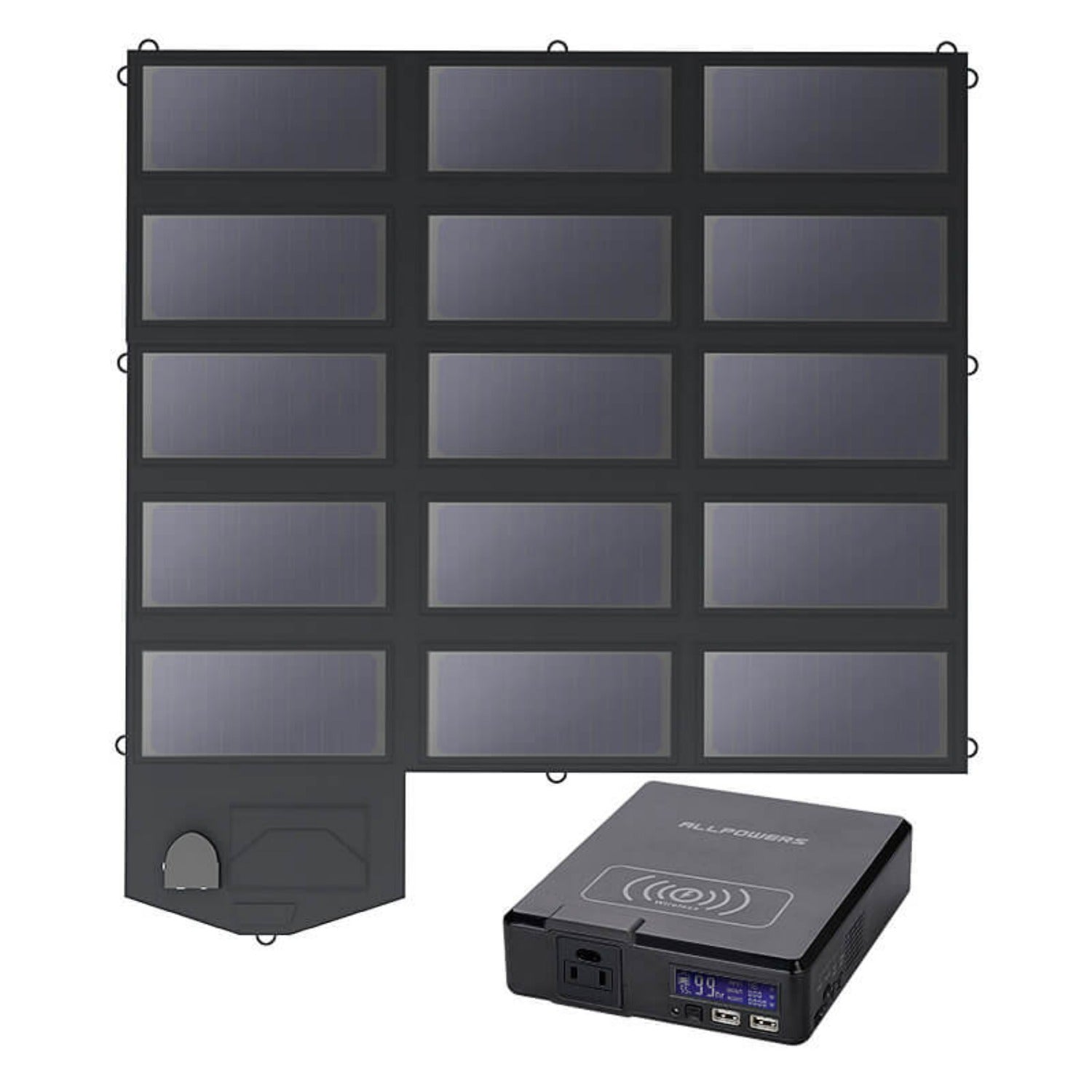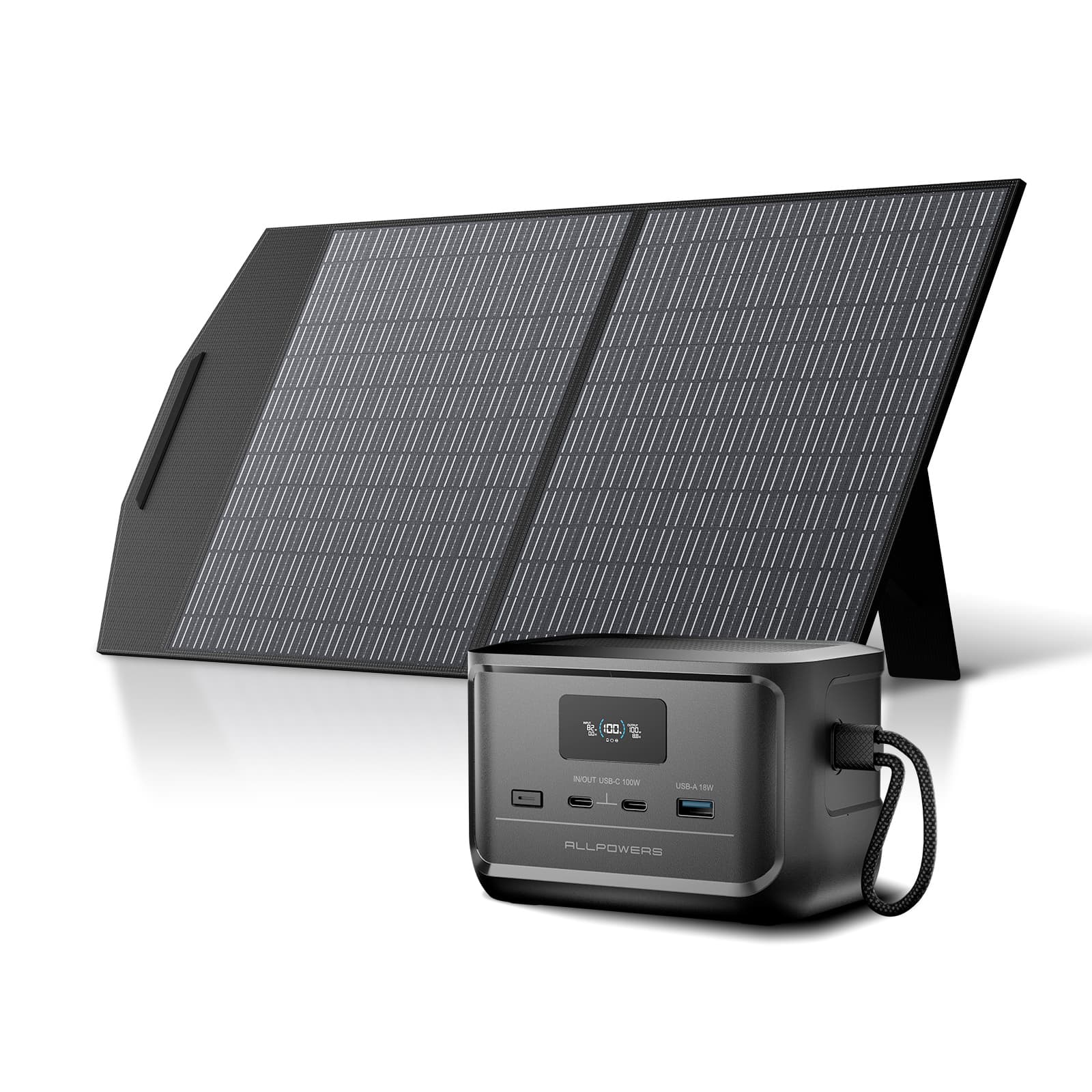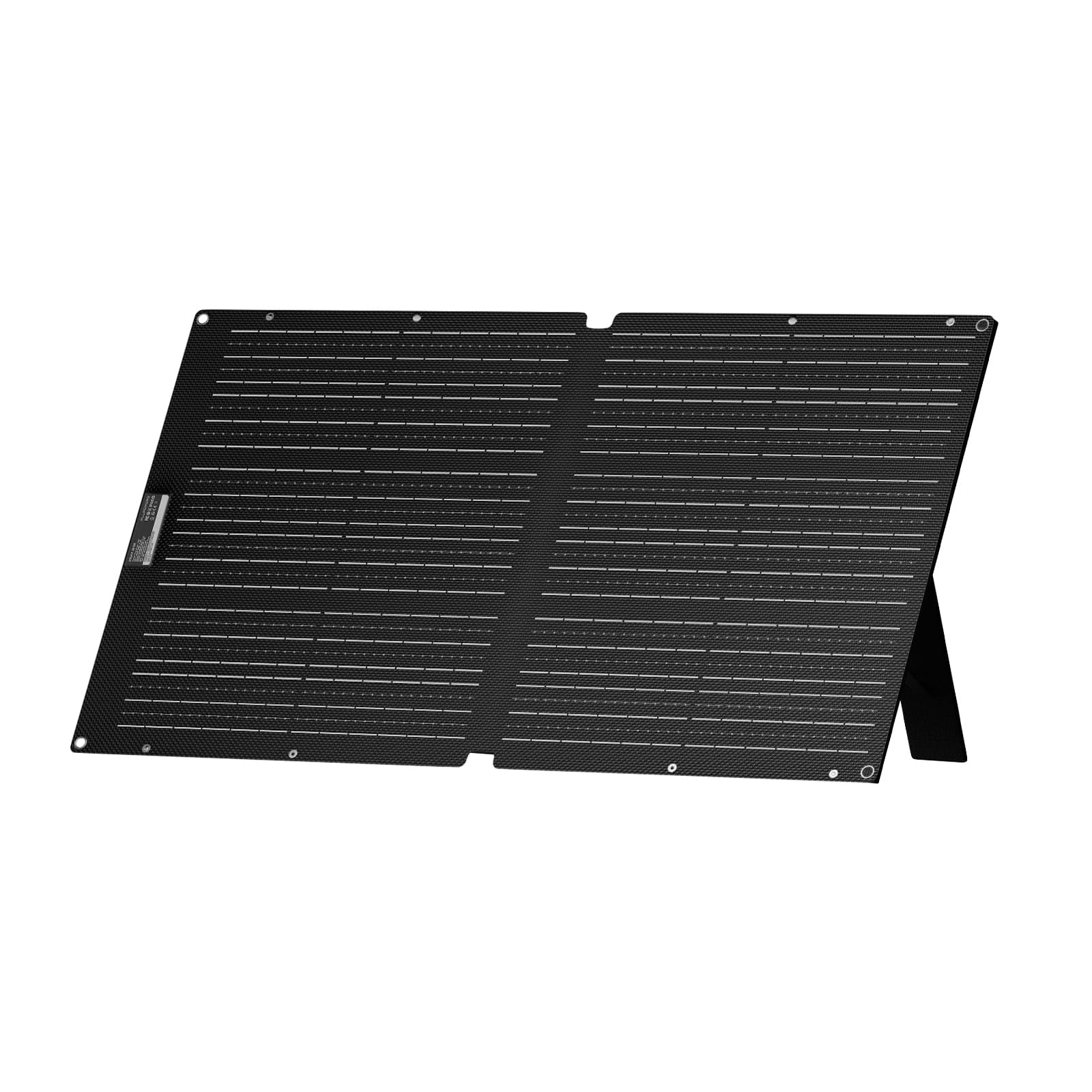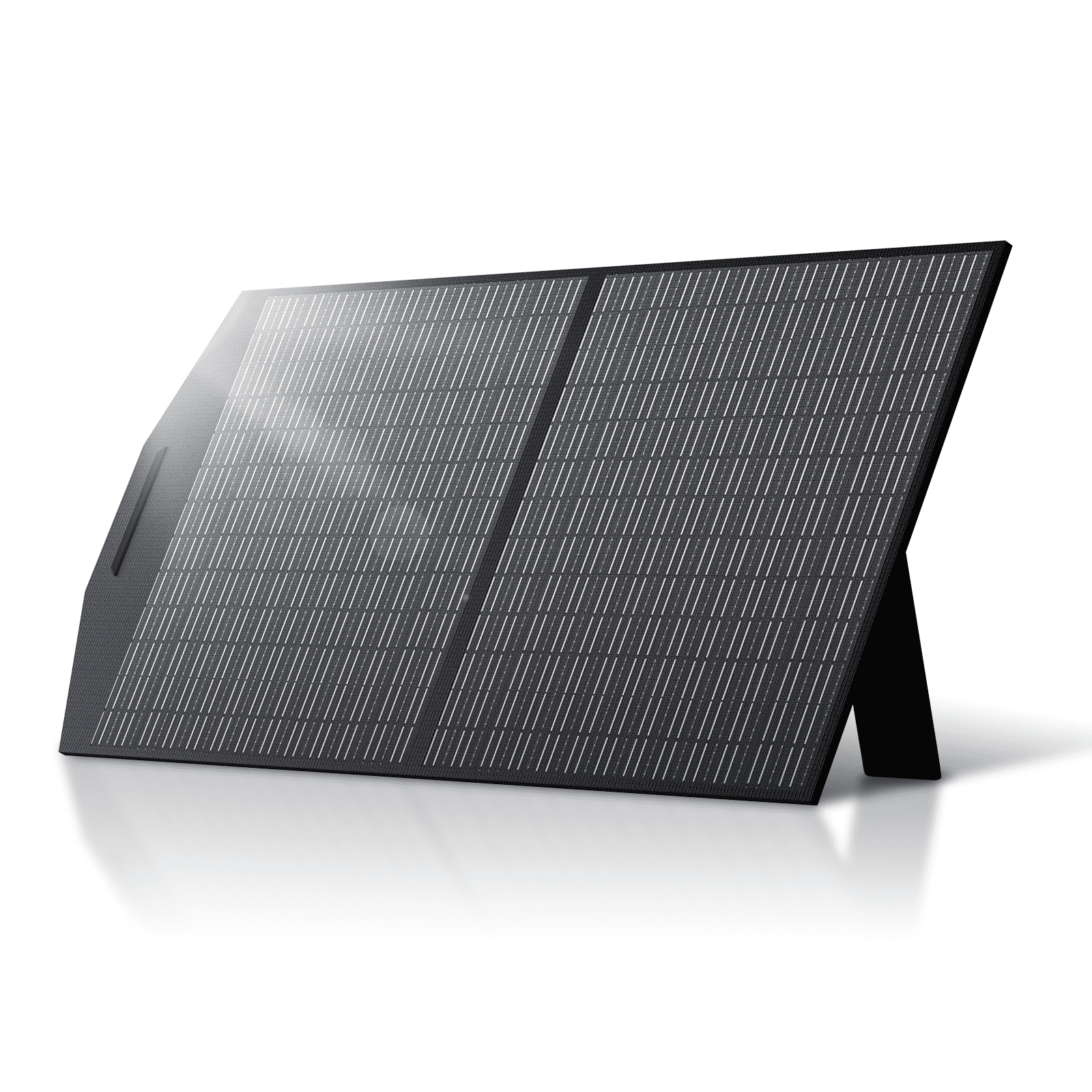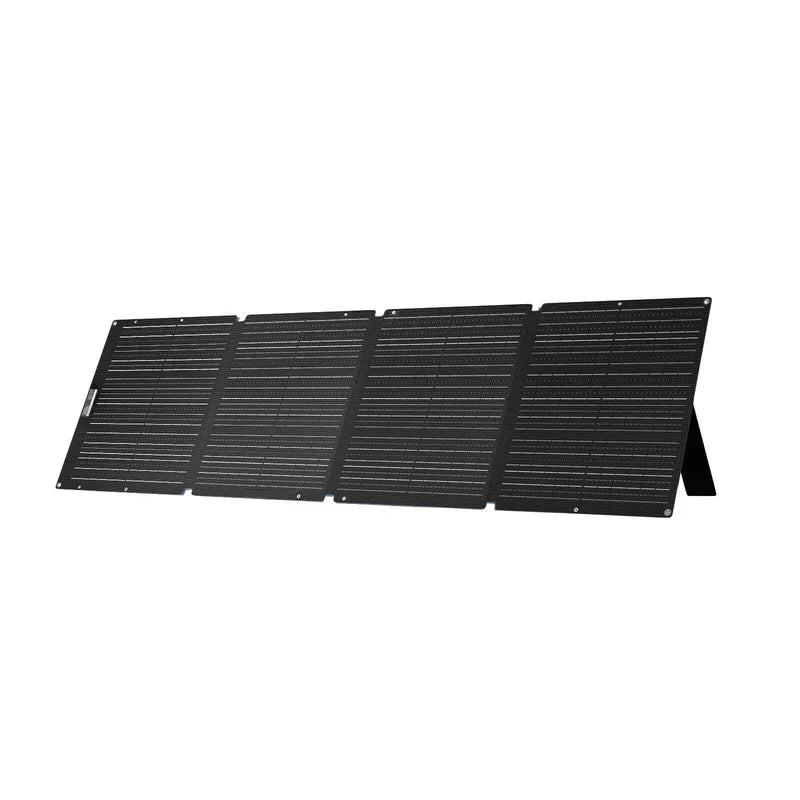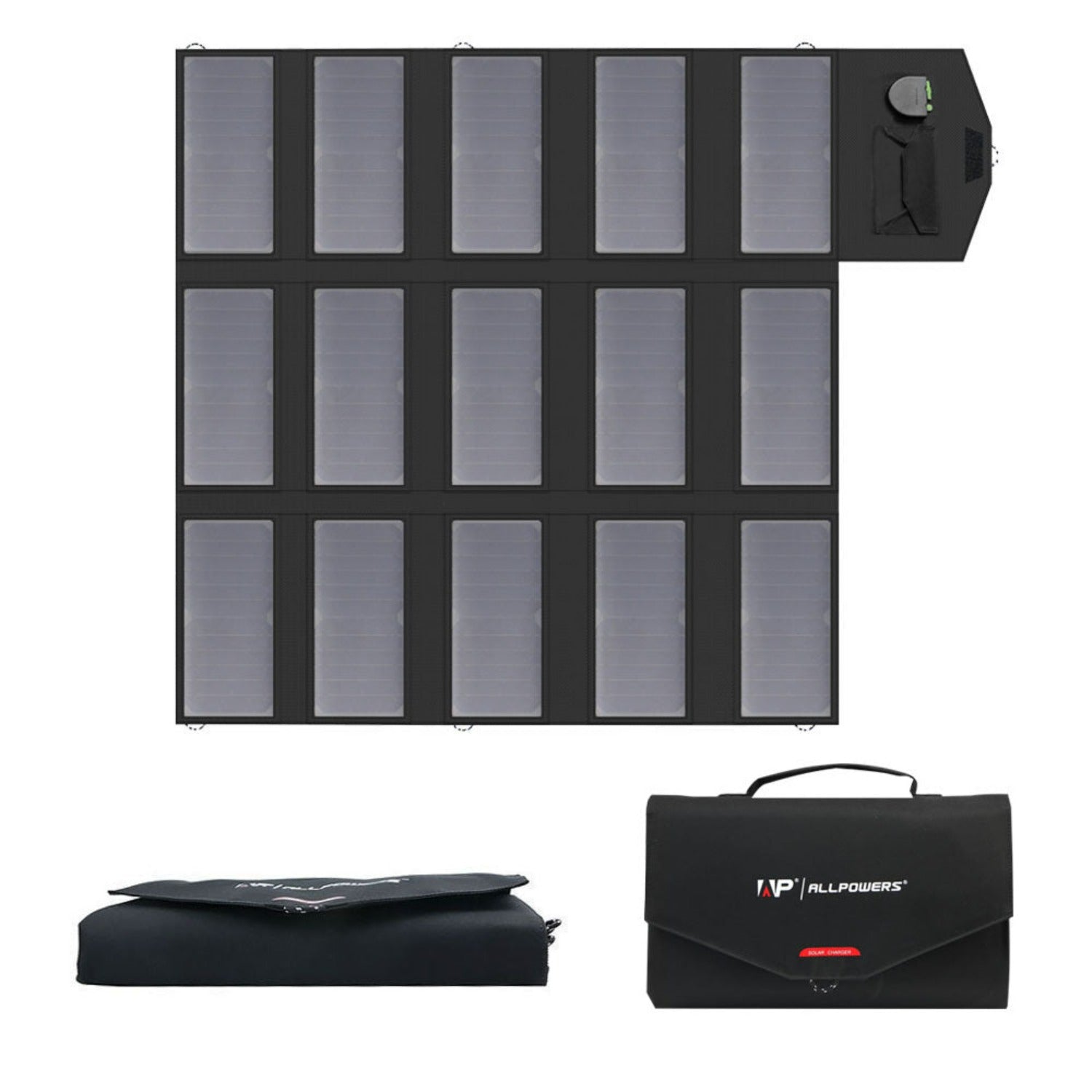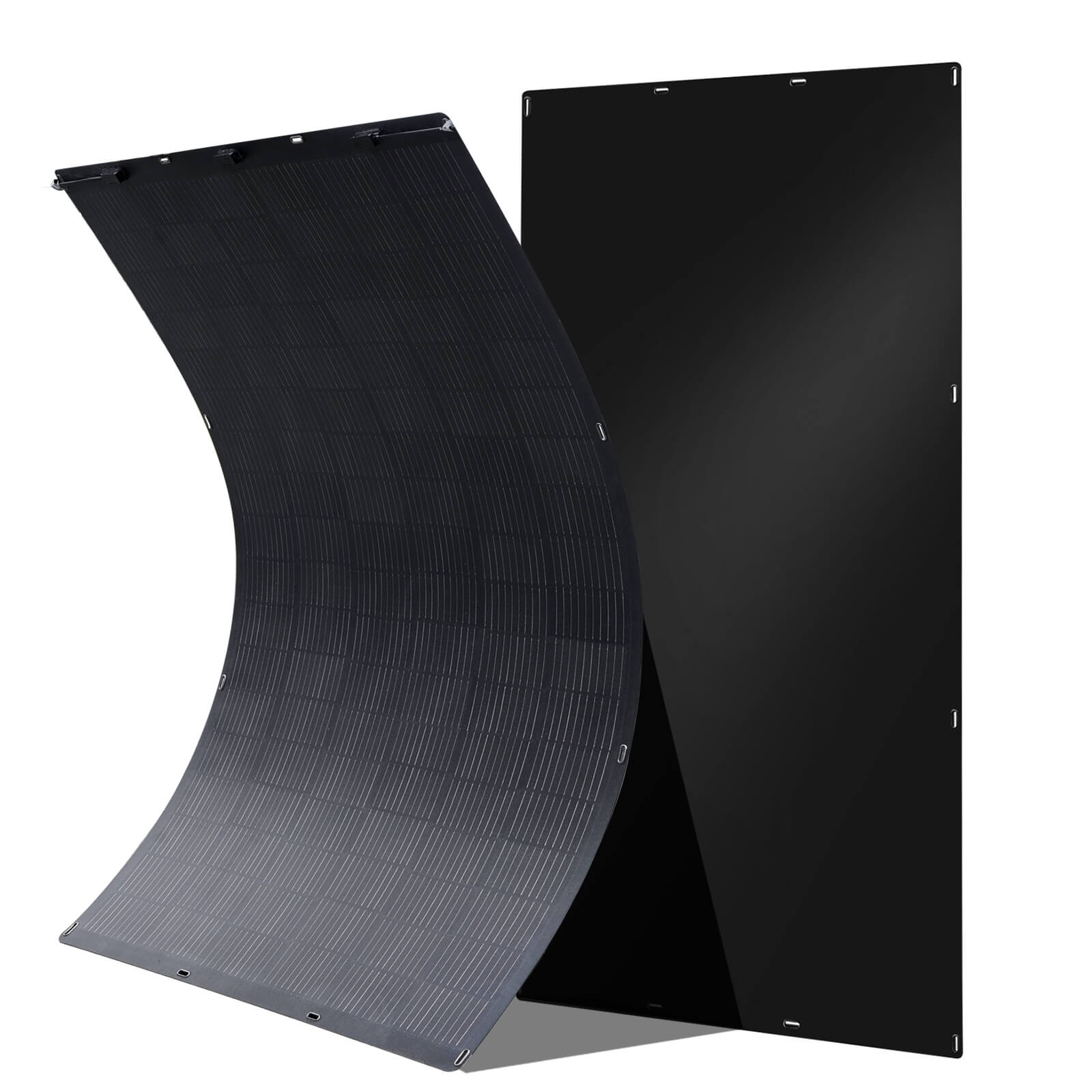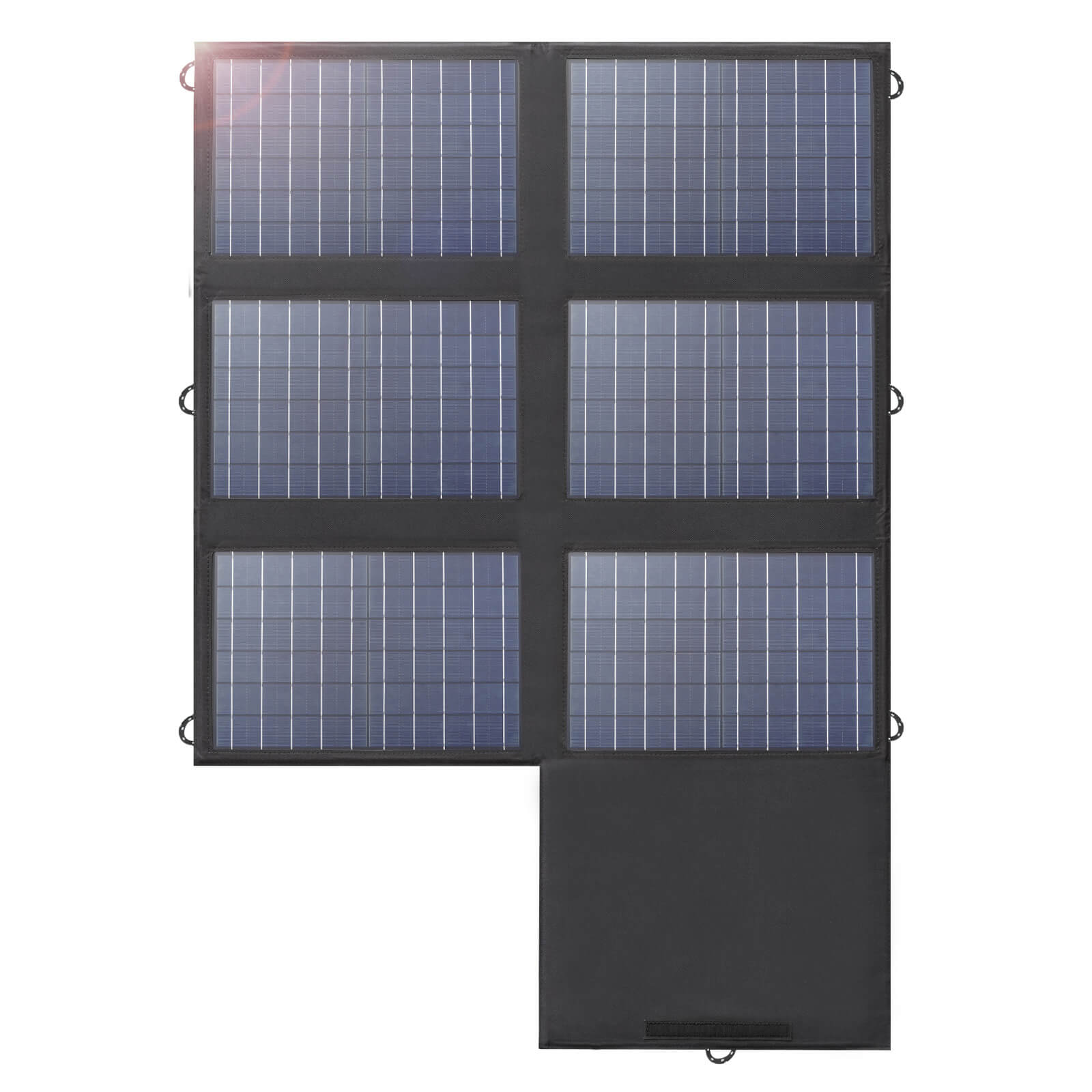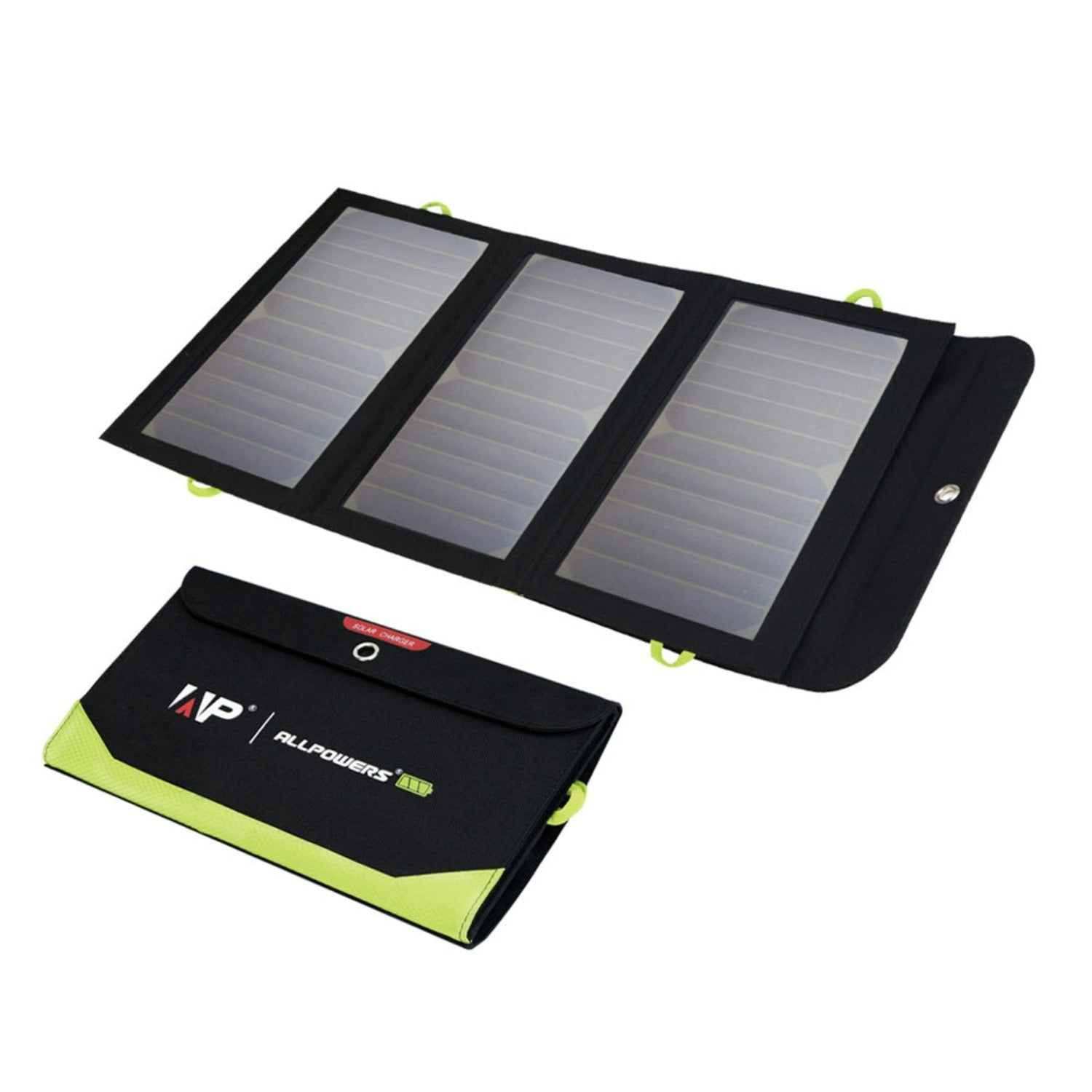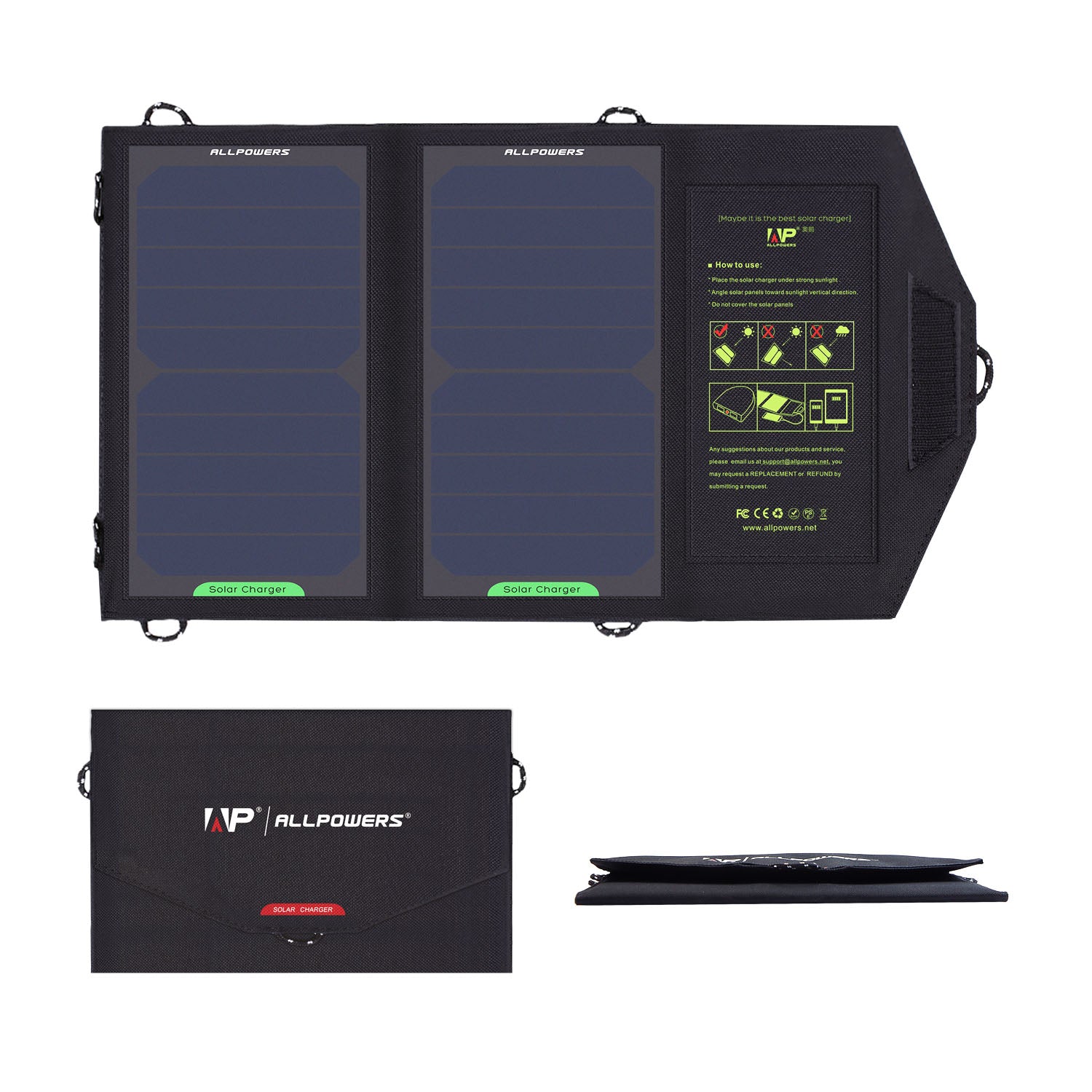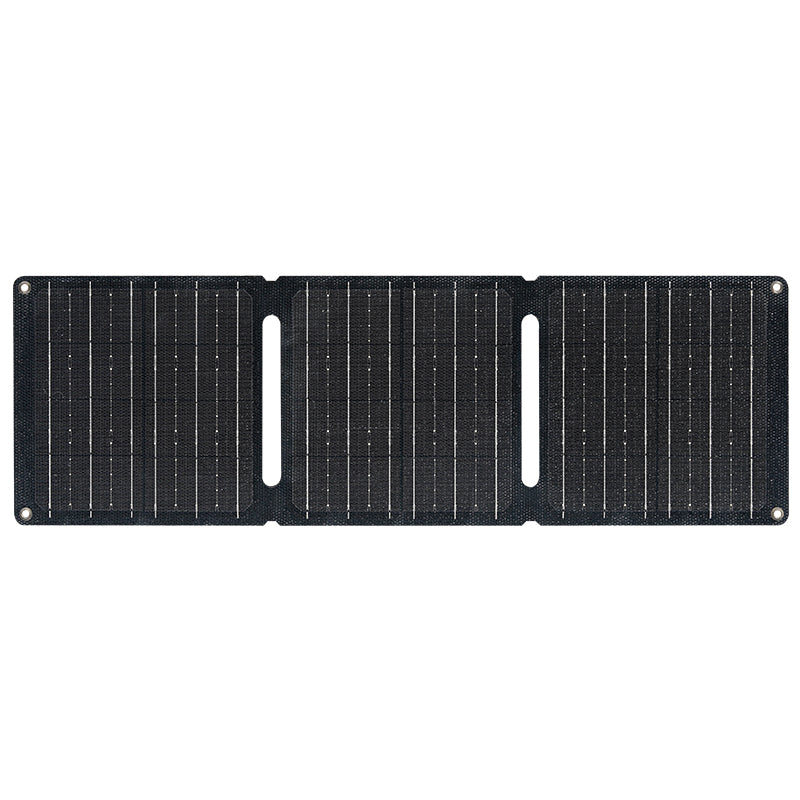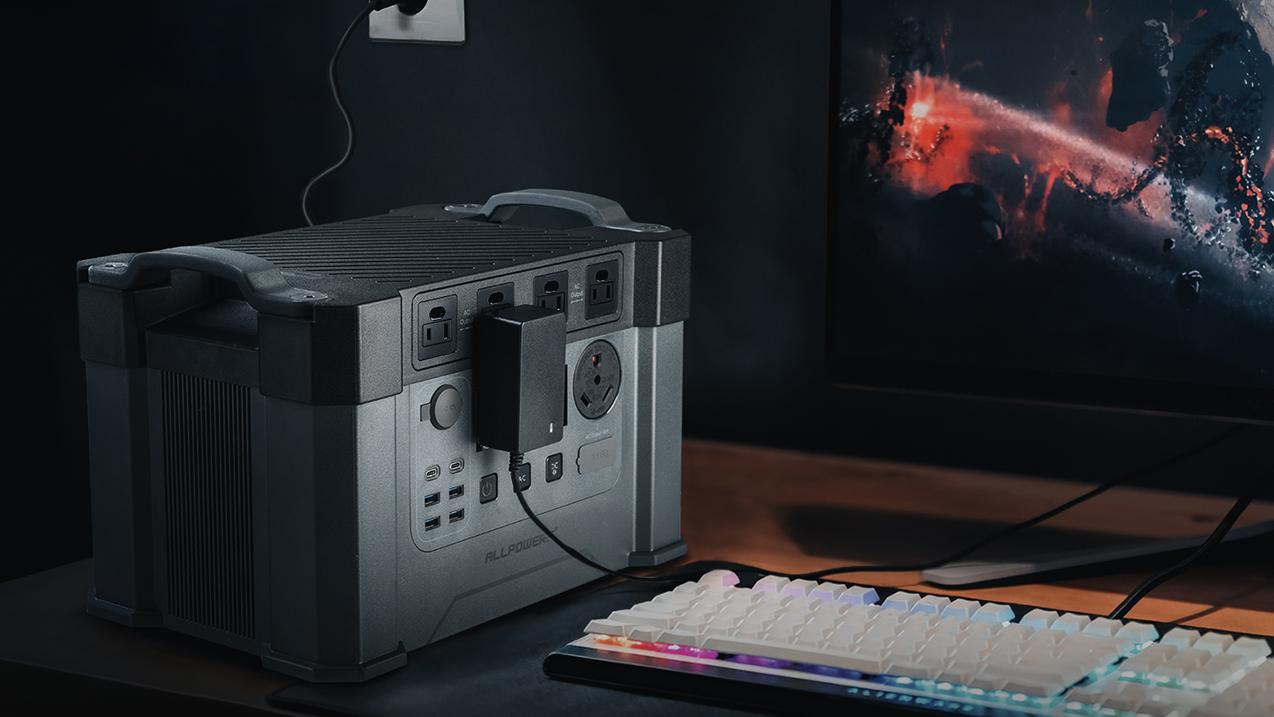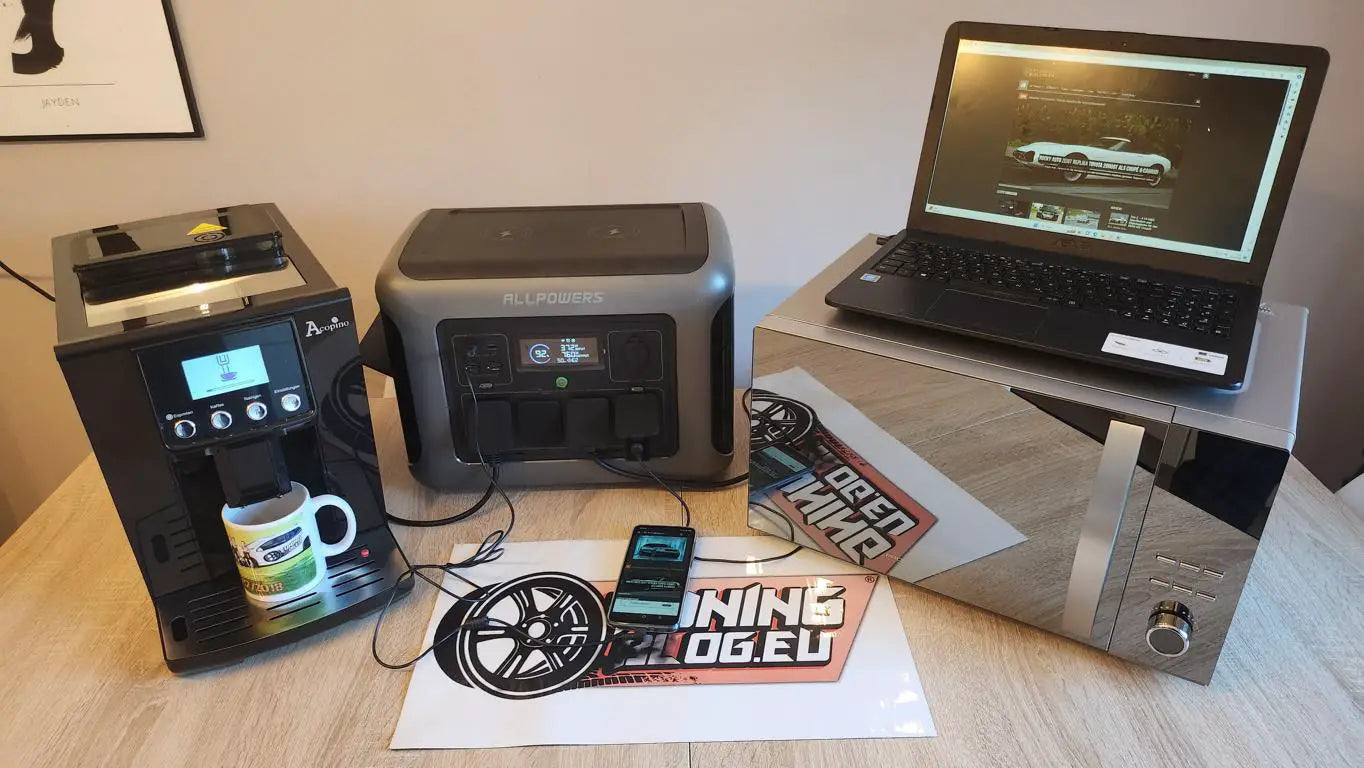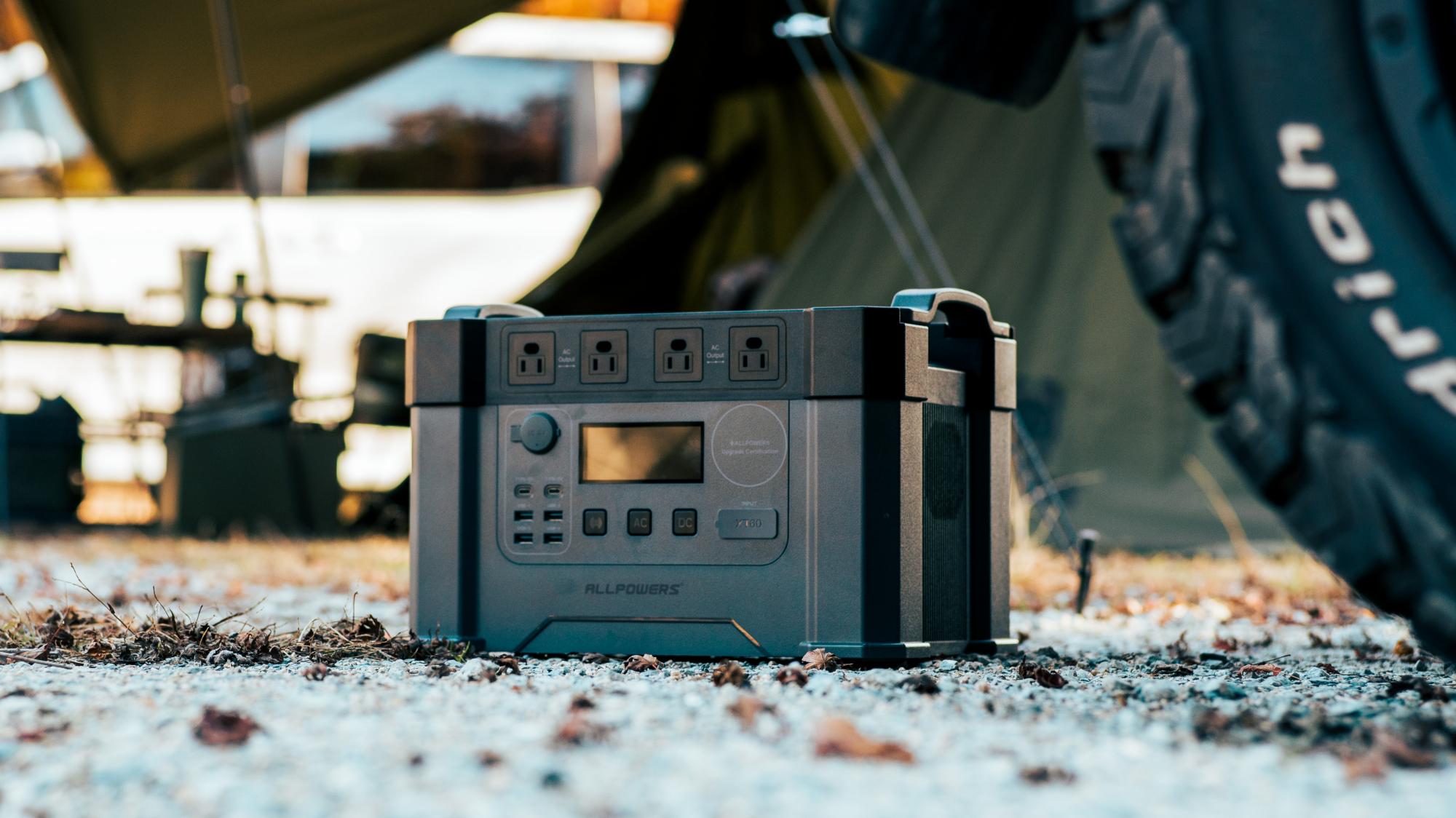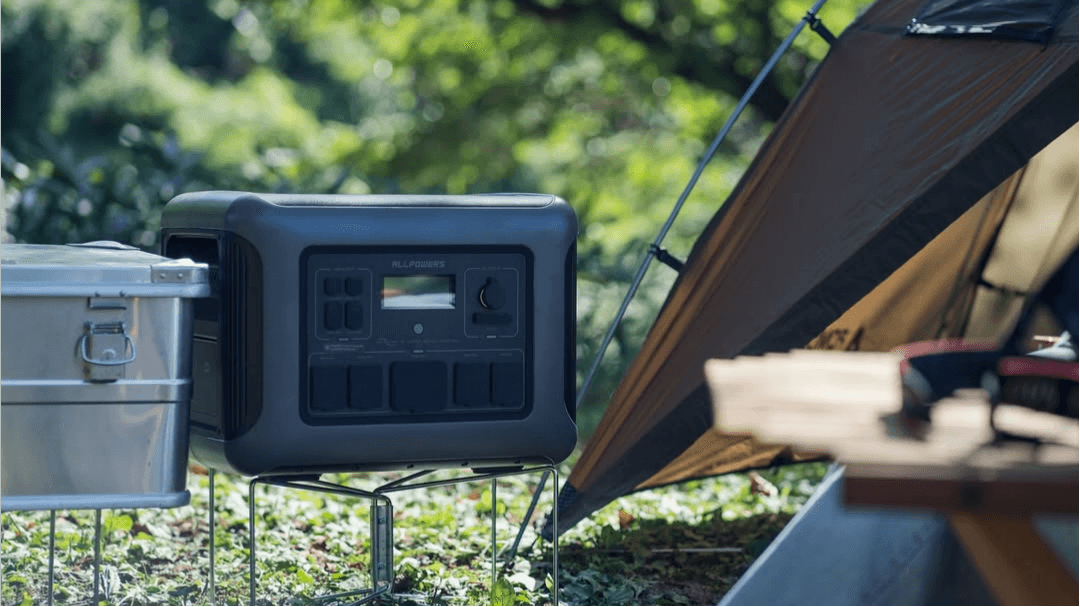Portable power stations have revolutionized the way we access electricity on the go.
They have replaced noisy gas generators for many and given countless people the freedom to unplug without sacrificing essential electricity needs.
But for all their benefits, a key question remains: how many hours will a portable power station actually last?
Factors Affecting Portable Power Station Duration
The runtime of a portable power station hinges on several interconnected factors that influence how long its stored energy can power your devices.
Battery Capacity
At the core of any portable power station lies its battery capacity, measured in watt-hours (Wh). This metric indicates how much energy the battery stores. Simply put, the higher the Wh, the longer the power station can potentially run your devices.
For instance, a power station with a 500Wh battery contains enough stored energy to theoretically power a 100-watt device for five hours (500Wh ÷ 100W = 5 hours).
Device Power
What you plug into the power station significantly impacts how long it lasts. Devices vary wildly in their power requirements. Charging a smartphone consumes just a few watts, while running a small refrigerator or a power tool demands hundreds of watts.
Consider this: powering a laptop with a 60-watt draw will deplete the battery more slowly than running a 300-watt blender. The more devices you plug in, and the higher their combined wattage, the faster the battery drains.
Environmental Factors
Extreme temperatures can dramatically impact battery efficiency. Cold weather slows the chemical reactions inside batteries, reducing available capacity and causing shorter runtimes. Conversely, excessive heat can degrade the battery faster over time.
This means a power station that might last 10 hours at room temperature could only last 7-8 hours in freezing conditions.
Battery Health
Battery age is yet another variable.
Over time, as you cycle through charges and discharges, the battery’s ability to hold power slowly declines.
That means a unit that once offered 1000Wh of usable energy might only offer 850Wh after a few years of steady use.
Efficiency Losses
Another critical, but sometimes overlooked, element is the efficiency of the power station’s components, especially the inverter.
The inverter converts stored DC (direct current) power into AC (alternating current) power for household appliances.
Typical inverter efficiency ranges from 85% to 95%, meaning that 5% to 15% of your stored energy is lost during this process.
How to Figure Out a Power Station’s Expected Runtime?
In theory, calculating runtime is straightforward:
Runtime = (Battery Capacity in Wh × Efficiency Rate) ÷ Total Wattage of Devices
It’s a simple enough equation, but the numbers you plug in need to reflect reality. Instead of using a 100% efficiency assumption, use 0.85 to account for conversion losses.
Measure or estimate your devices’ wattage accurately. Don't assume a laptop always draws the same amount — look at the adapter label or better yet, measure it with a watt-meter if precision matters.
For instance, a 700Wh station running a 70W portable TV with an 85% efficiency would run approximately:
(700 × 0.85) ÷ 70 = 8.5 hours
That’s not bad. But throw in a 30W speaker and some lights? The runtime drops proportionally.
Tips for Maximizing Power Station Duration
By adopting a few simple strategies, you can significantly extend the runtime of your device and ensure you have power when you need it most.
Use Energy-Efficient Devices and Appliances
Choosing low-wattage devices or energy-efficient models significantly reduces power consumption. LED lights instead of incandescent bulbs, efficient laptops instead of desktop computers, and small fans rather than large air conditioners all help stretch battery life.
Even small choices add up. Charging devices in airplane mode or turning off unnecessary features reduces power draw.
Limit the Number of Connected Devices
Plug in only the devices you truly need. Unplug chargers, lights, or appliances when not in use. Reducing the load conserves energy, extending runtime.
Charge the Portable Power Station Frequently
Keeping your power station topped up whenever possible helps maintain battery health. Lithium batteries do not like being fully discharged regularly. Recharging before the battery drops below 20% is a good practice.
If you have solar panels or access to grid power, recharge whenever practical during trips.
Optimize Environmental Conditions
Avoid exposing your power station to extreme temperatures. Use insulation or shade in cold weather to keep the battery warm. Similarly, avoid leaving it in direct sunlight or hot cars for extended periods.
Maintaining moderate temperatures preserves battery capacity and overall lifespan.
Use Pass-Through Charging Wisely
Some portable power stations allow pass-through charging, which means you can power devices while simultaneously charging the battery. This feature can provide nearly unlimited runtime if you have a reliable power source feeding the station.
However, pass-through charging can generate heat and sometimes reduces battery longevity if used excessively. Use this feature with care and according to manufacturer's guidelines.
Monitor Power Usage Closely
Utilize the power station’s display or connected app to track real-time power consumption. Being aware of which devices draw the most power allows you to adjust usage and avoid unexpectedly draining the battery.
Maintain Battery Health Over Time
Follow manufacturer recommendations for charging cycles, storage, and maintenance. Avoid letting the battery fully discharge or remain at 100% charge for extended periods without use.
Good battery care preserves capacity and ensures your station lasts for years, maintaining reliable runtimes.
Bigger Isn’t Always Better
It’s easy to assume that a larger capacity automatically means longer runtime, but this only holds true if your power demands remain consistent.
A 2000Wh unit may seem like a powerhouse, but if you’re running a 1500W portable heater, you’ll drain that battery in just over an hour.
On the other hand, a modest 500Wh station can keep your phone charged and lights on for an entire weekend if you manage your usage wisely.
So, runtime is less about the power station itself and more about how you use it.
Conclusion
So, how many hours will a portable power station last?
The honest answer: it depends. Battery capacity is the foundation, but what you power, how often you recharge, and even the weather all play vital roles.
A 500Wh station can last five hours powering a 100-watt device—or 10 hours powering something that draws just 50 watts. That’s a huge difference.
With smart choices and efficient use, even a compact station can go the distance when it matters most.


